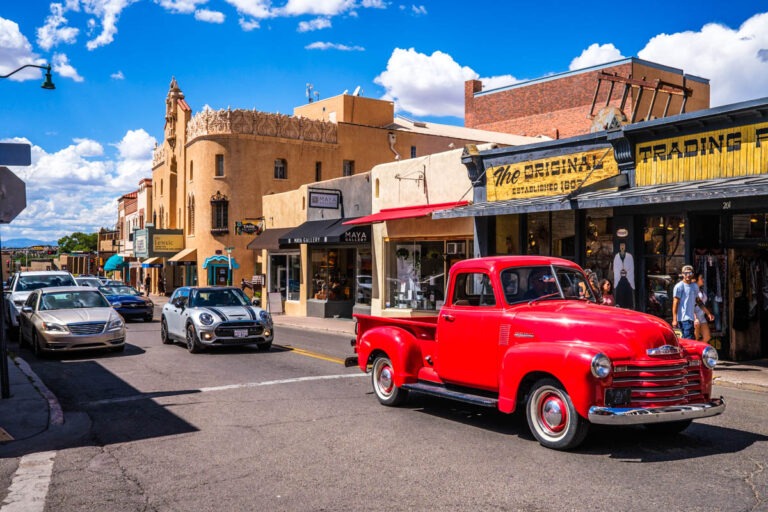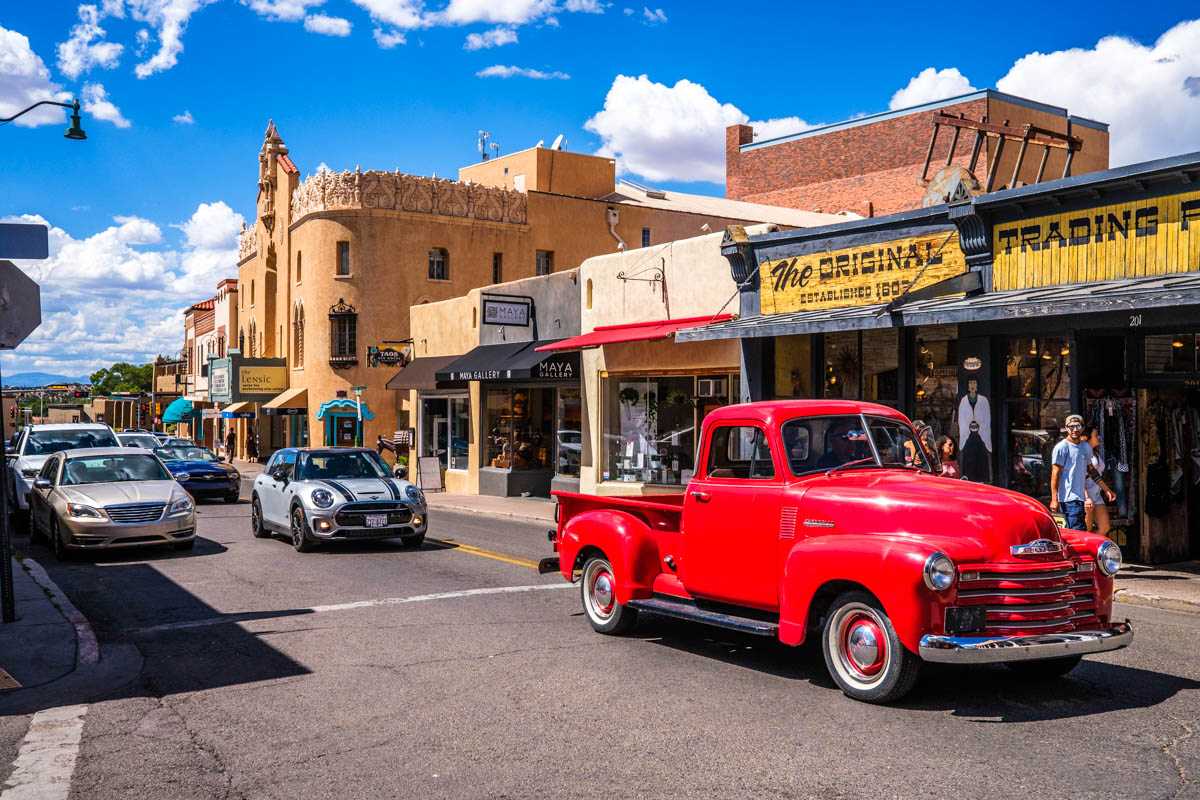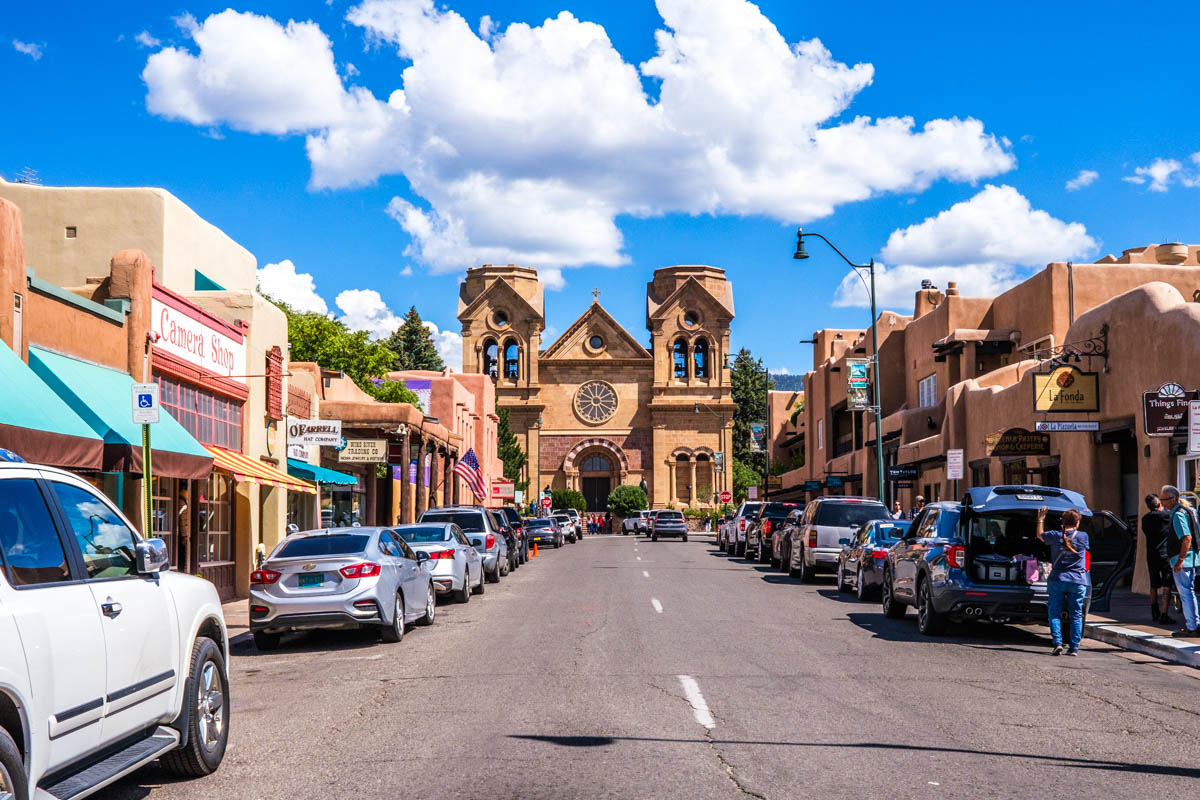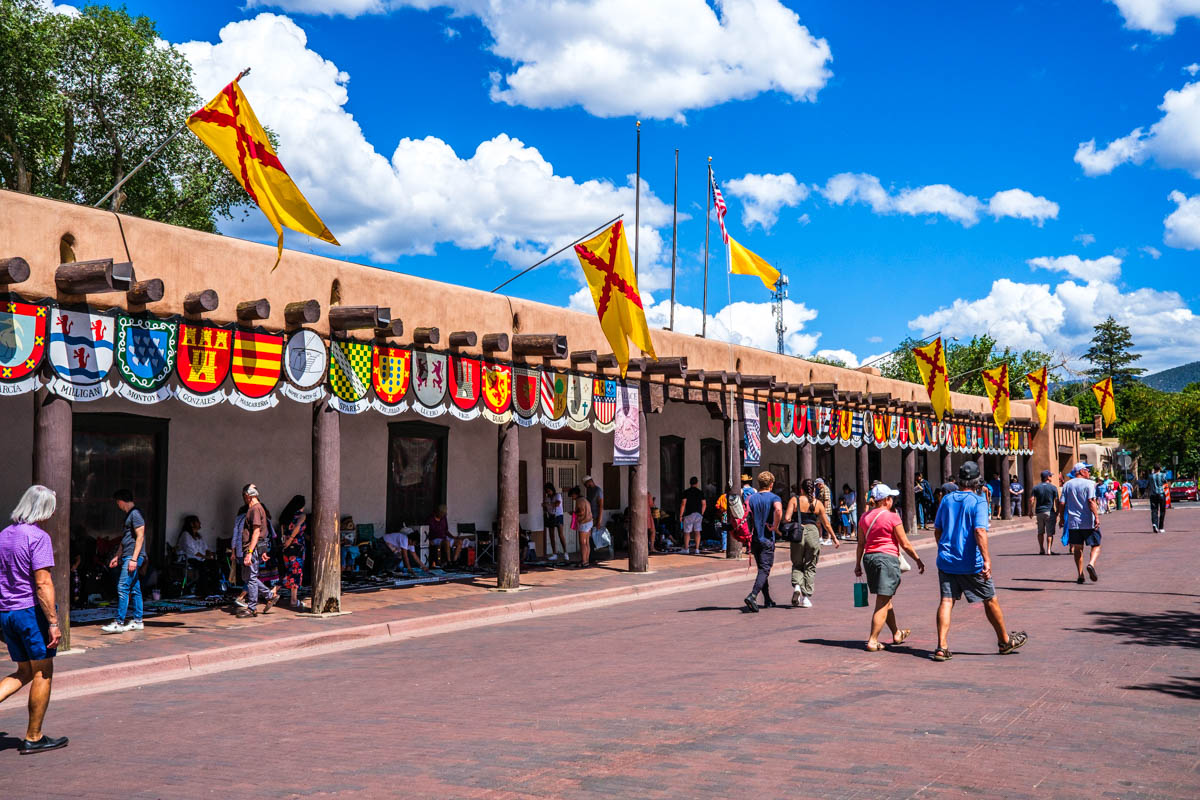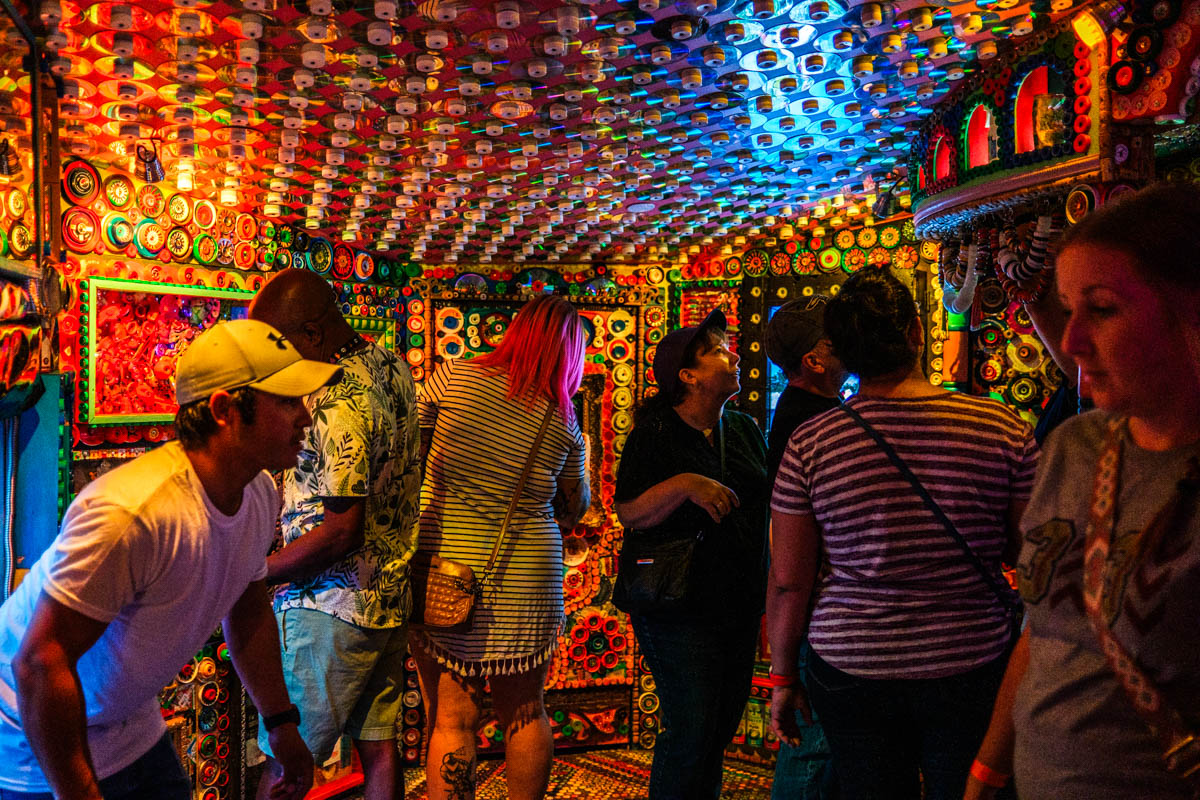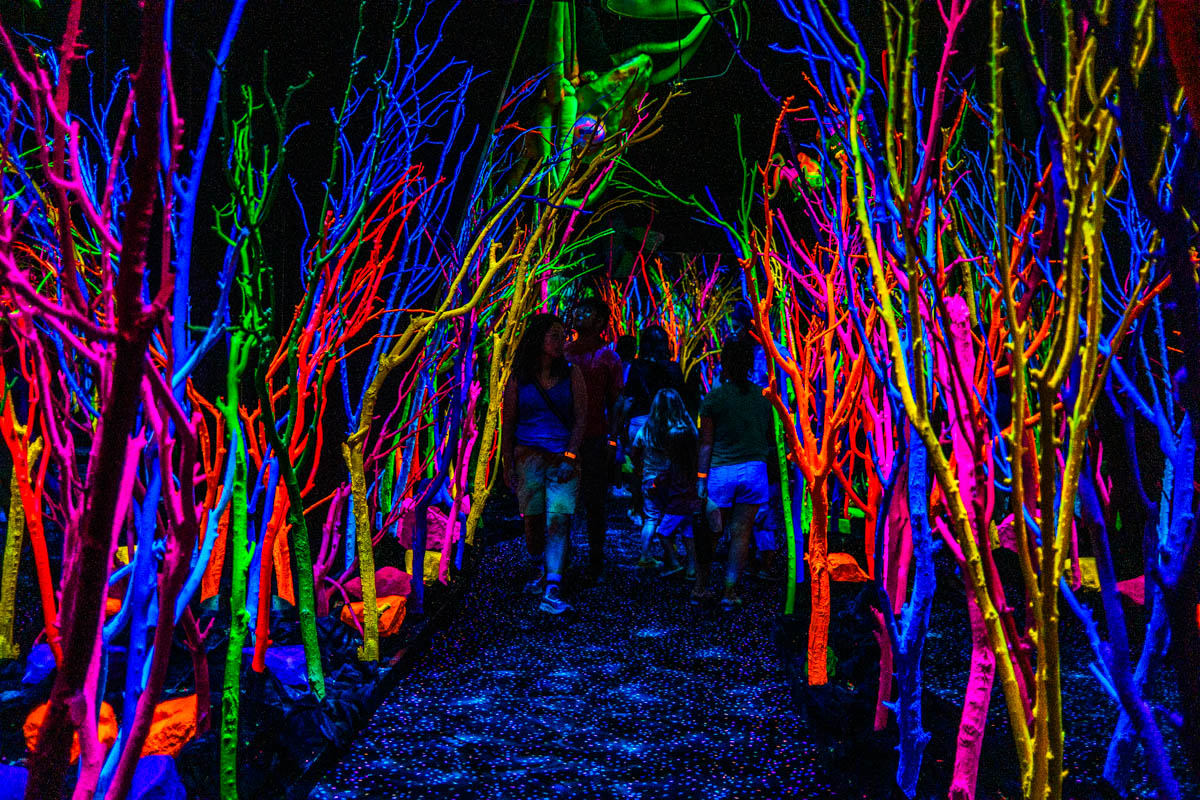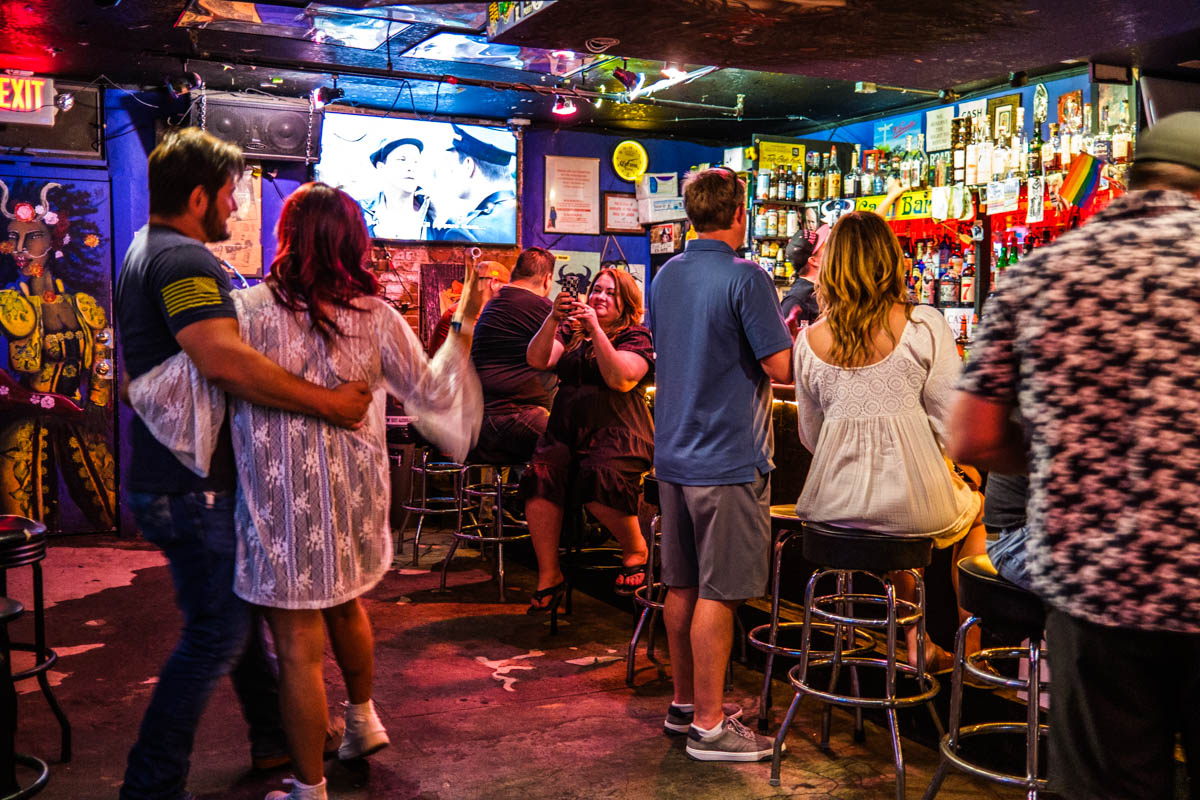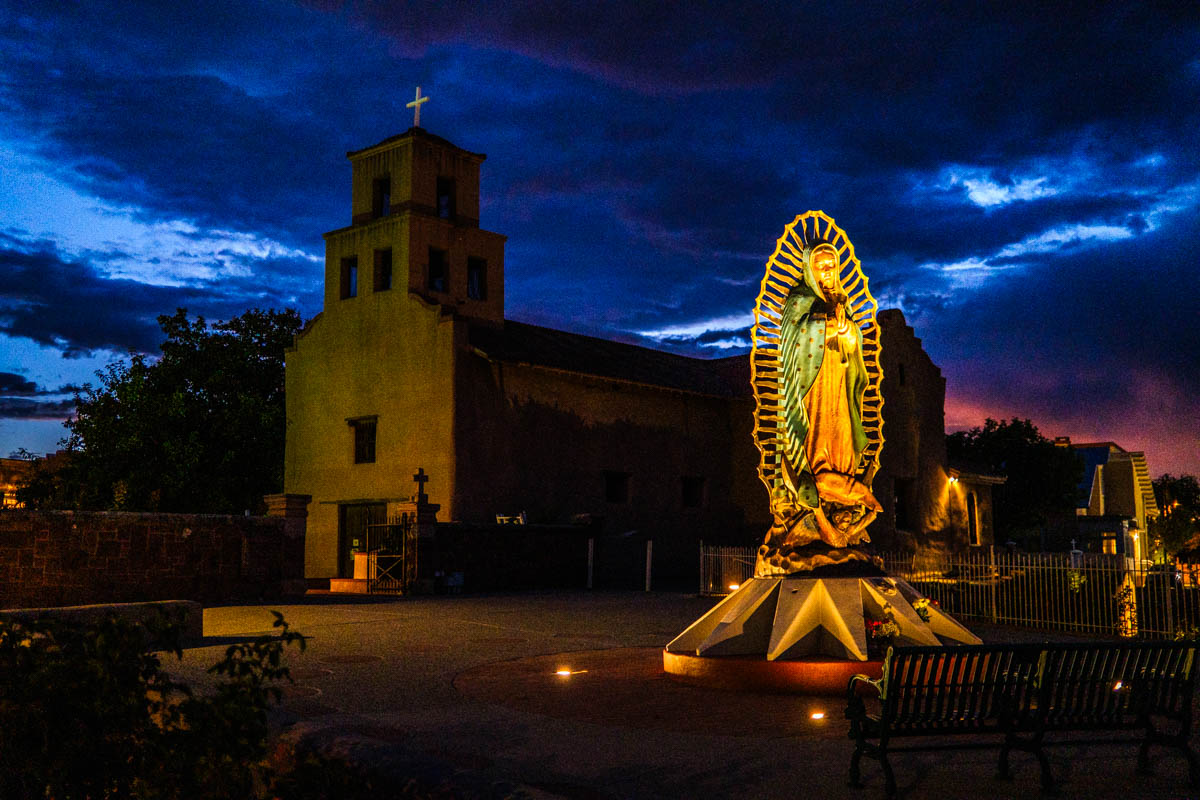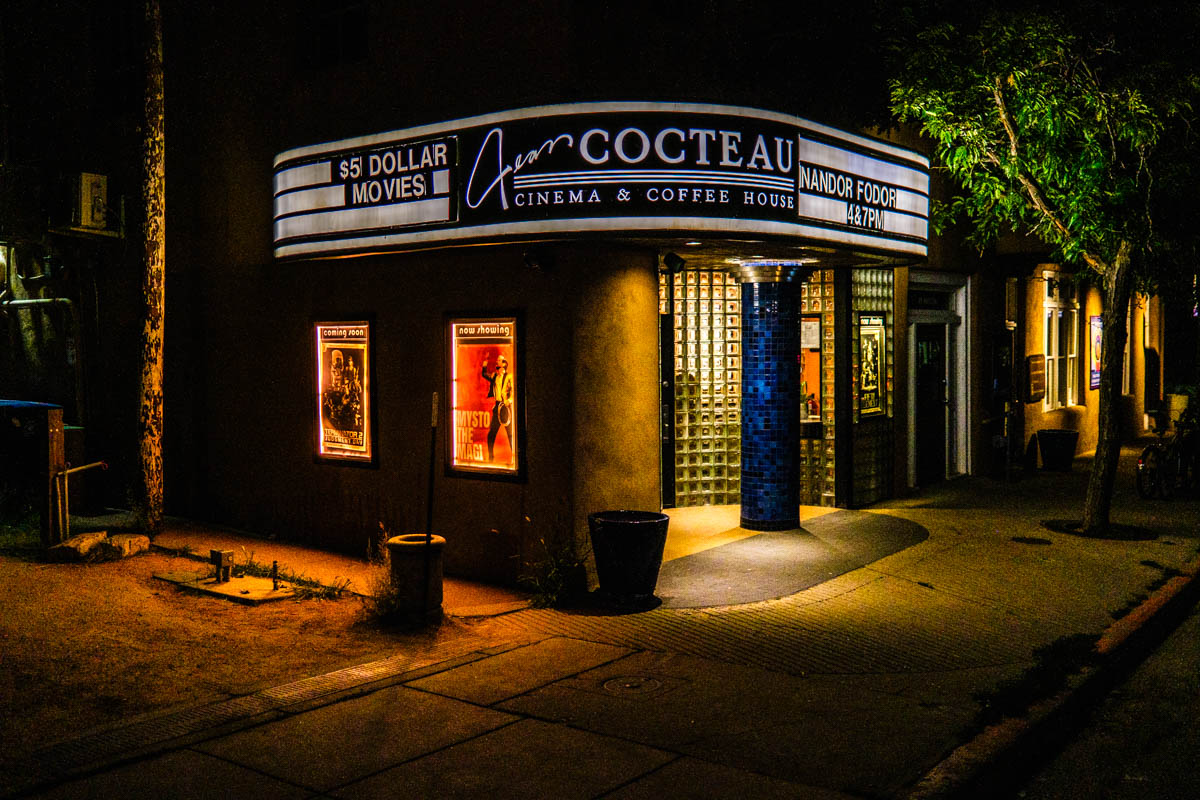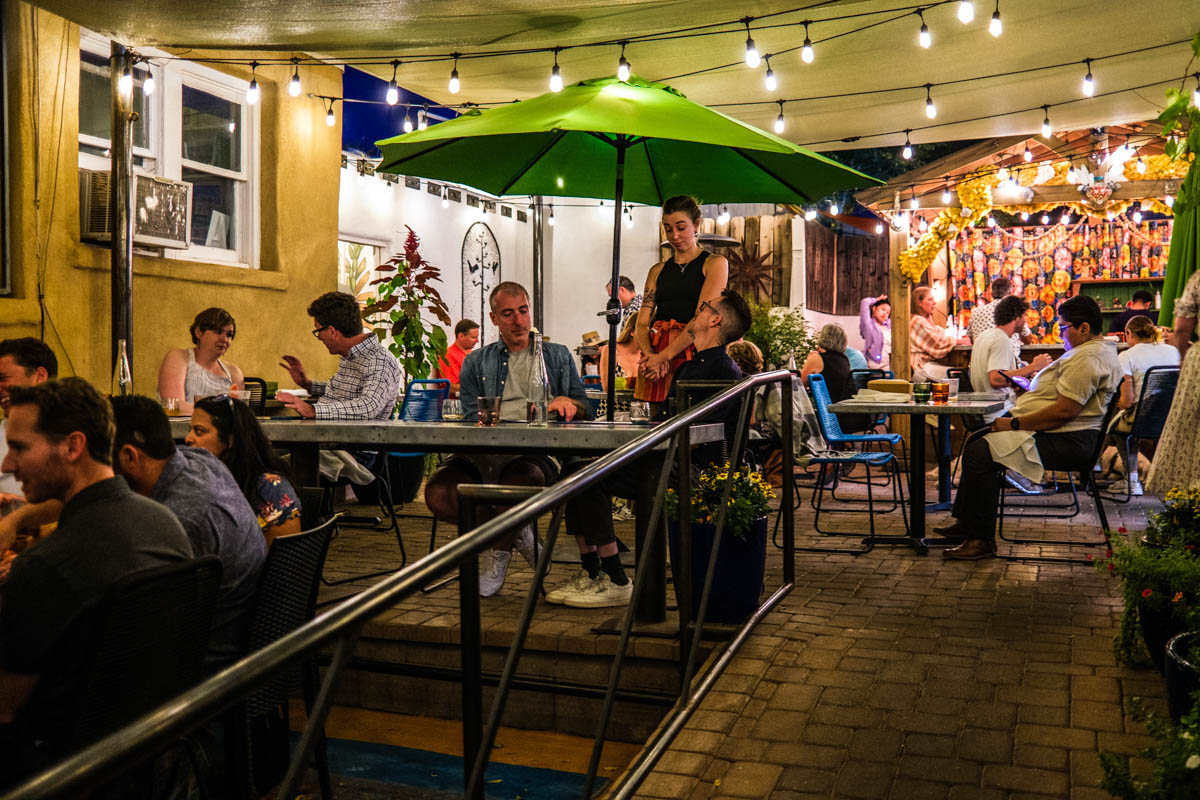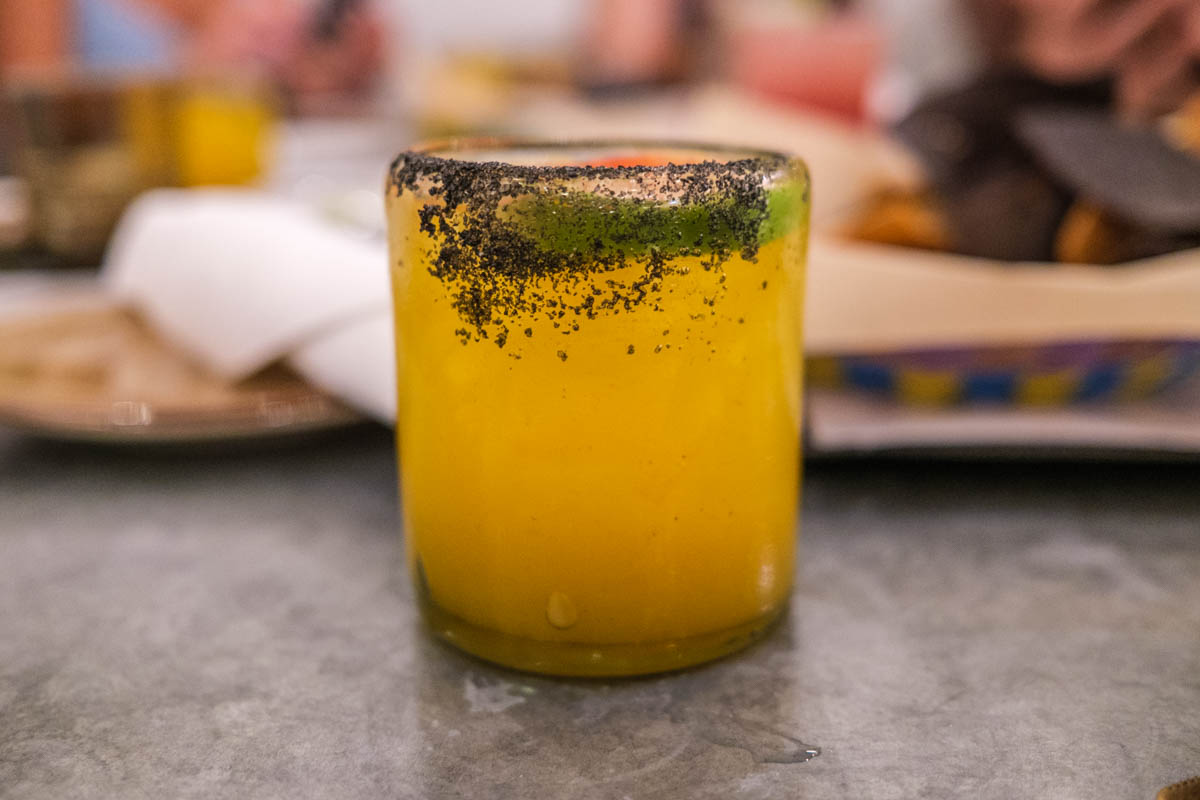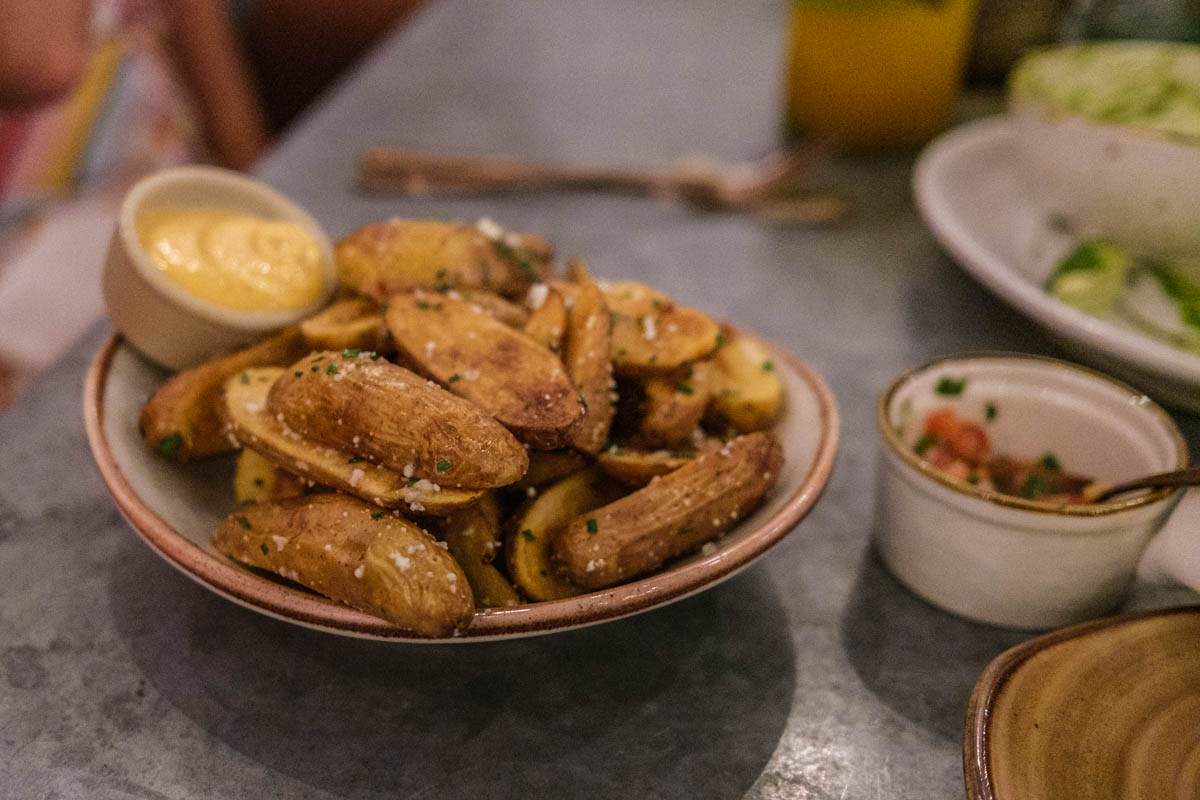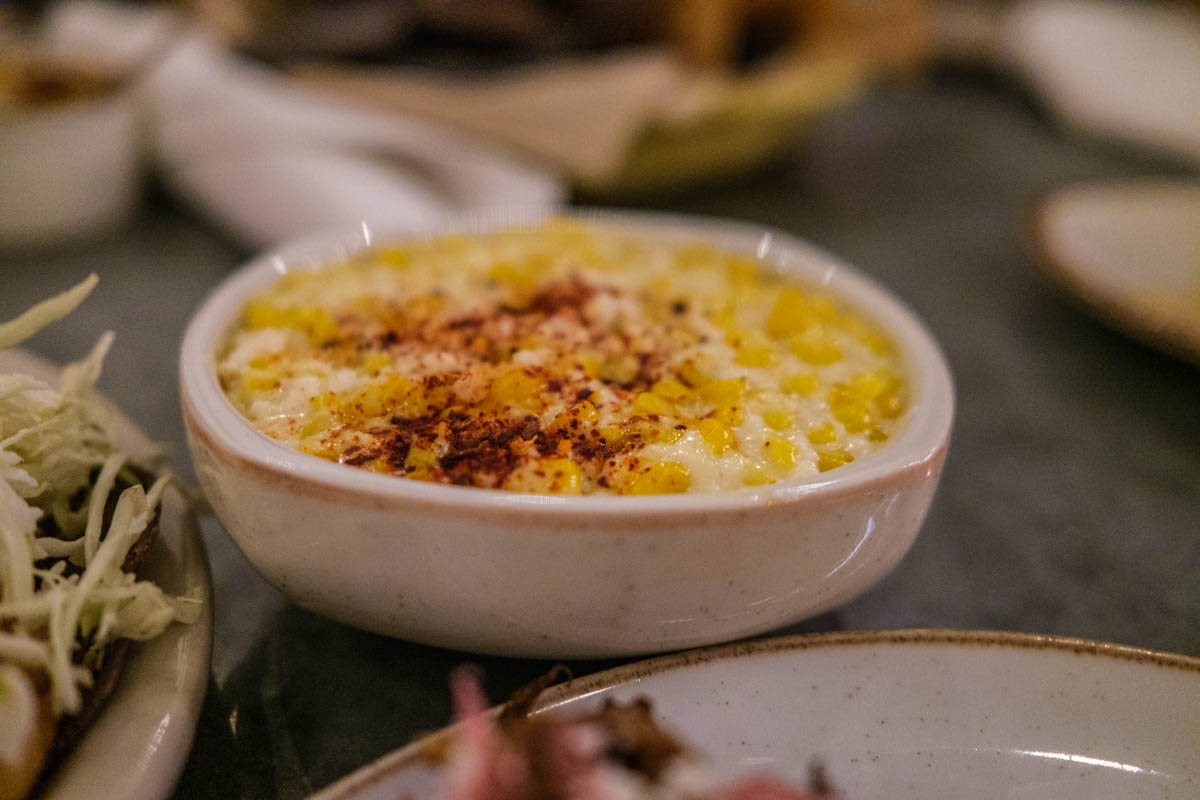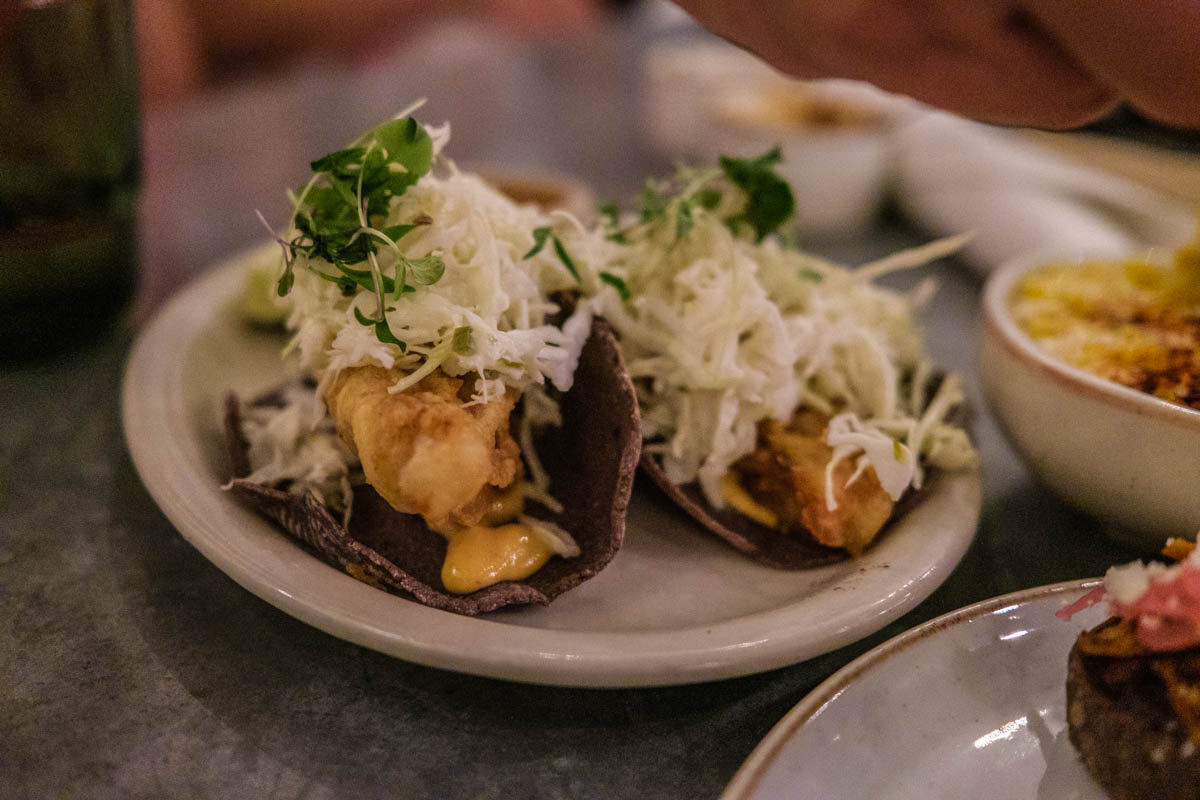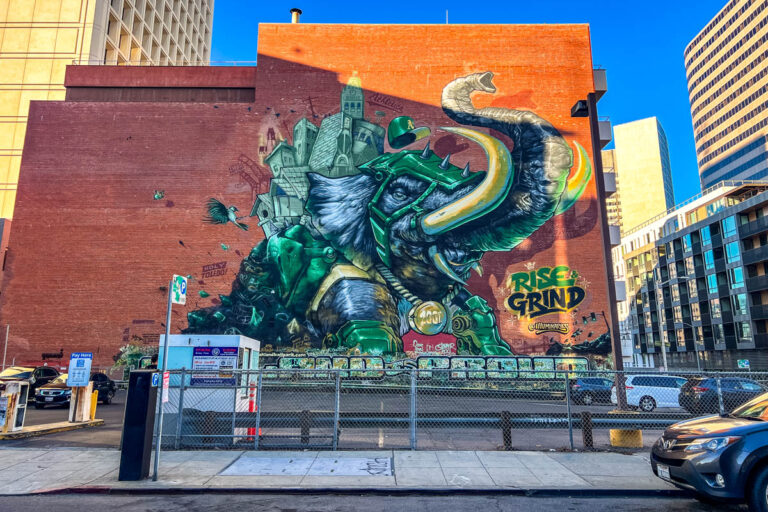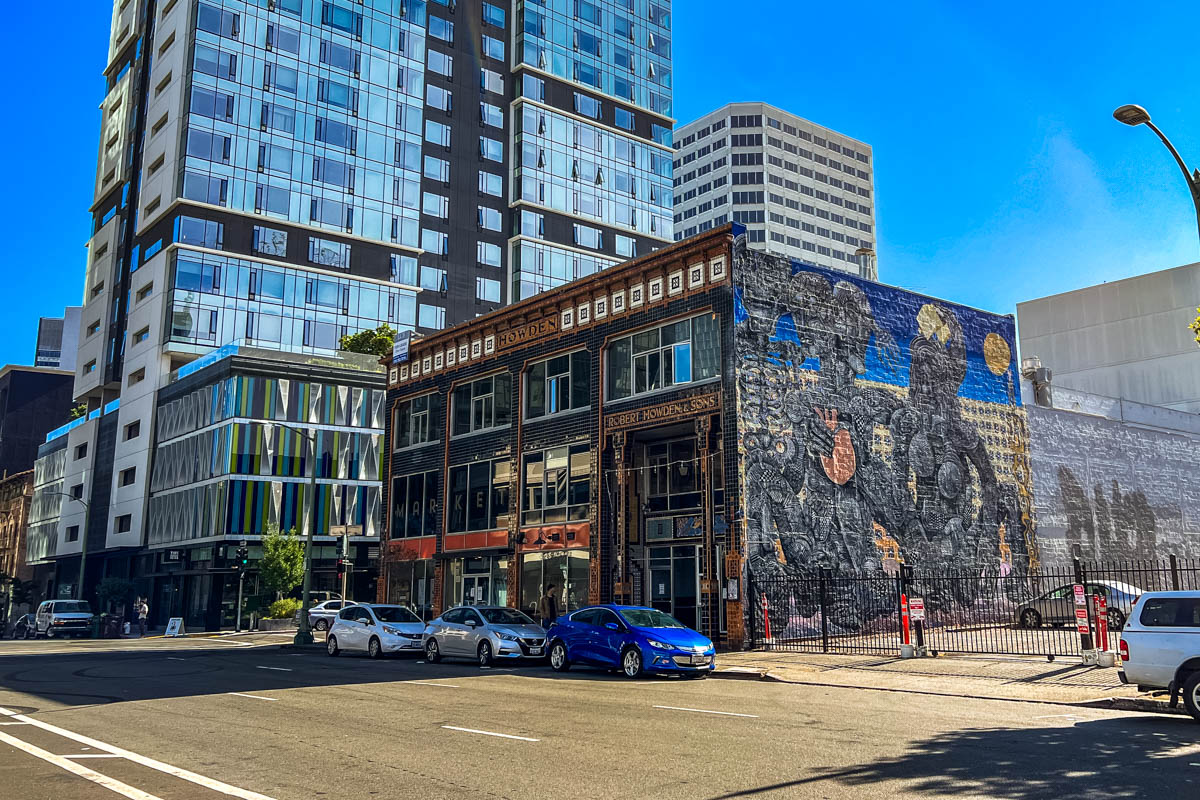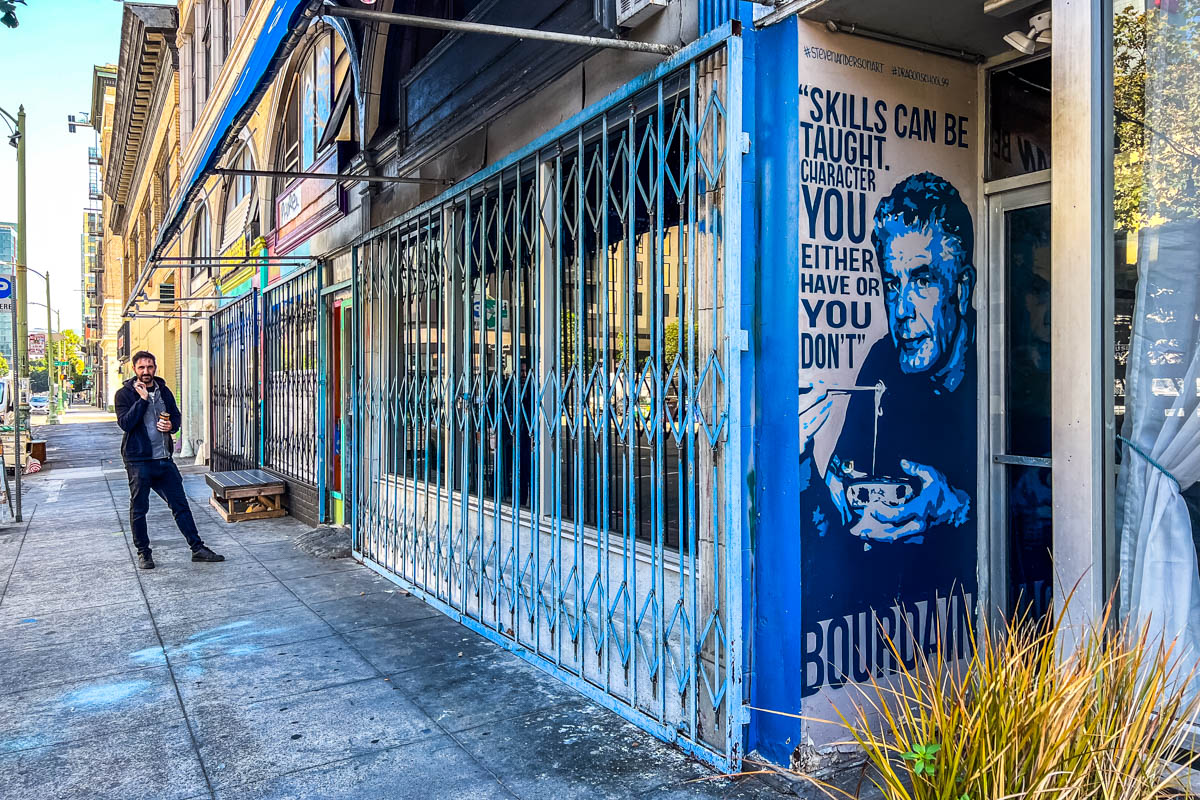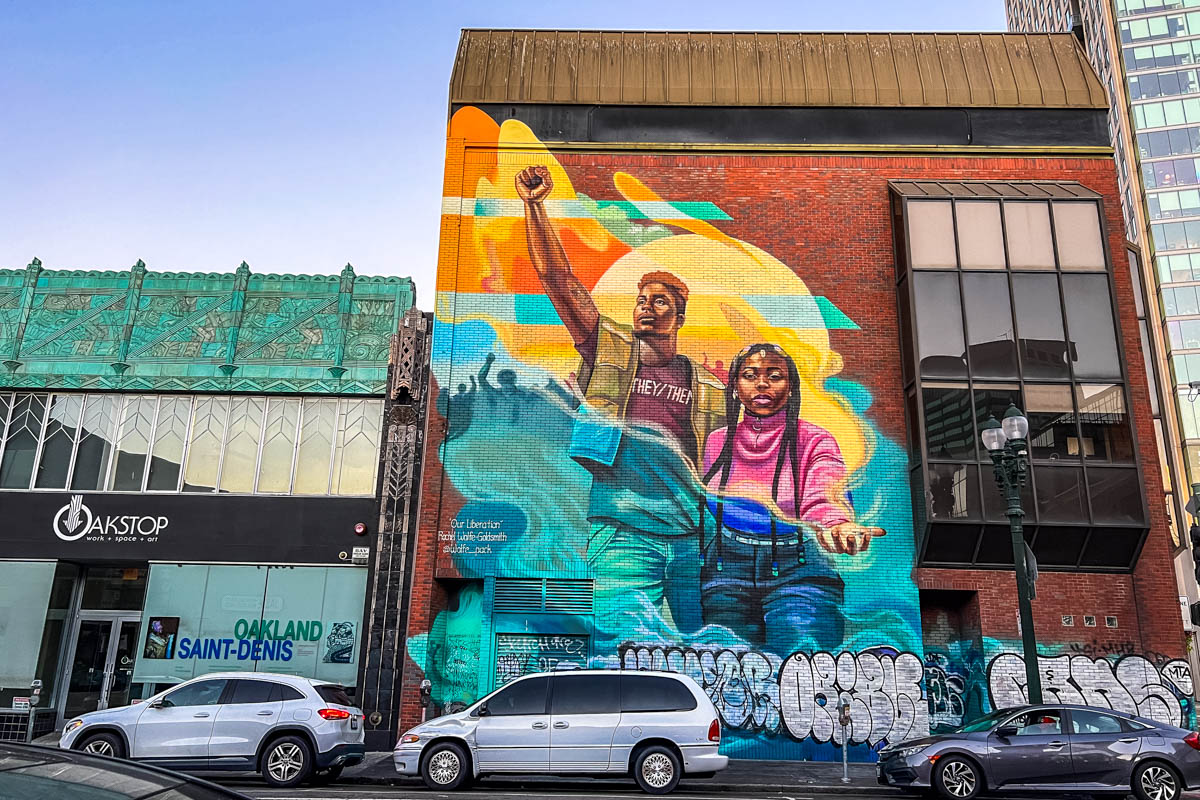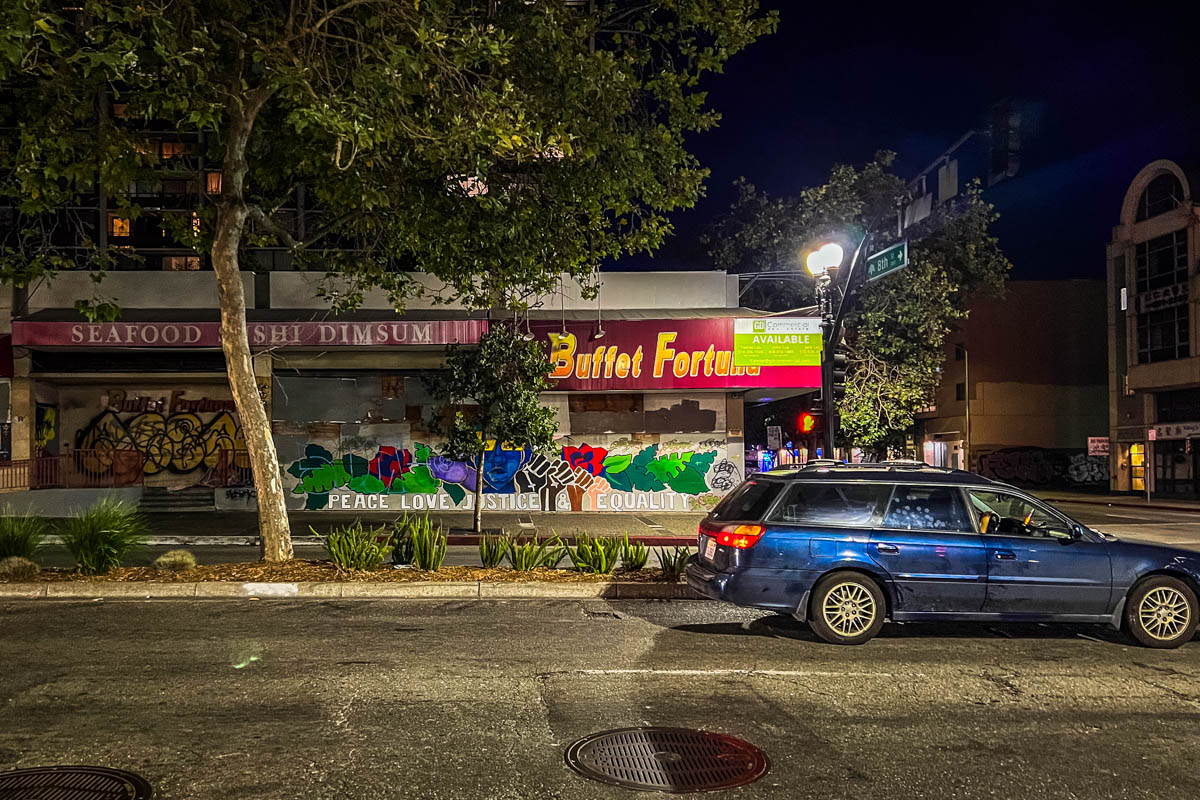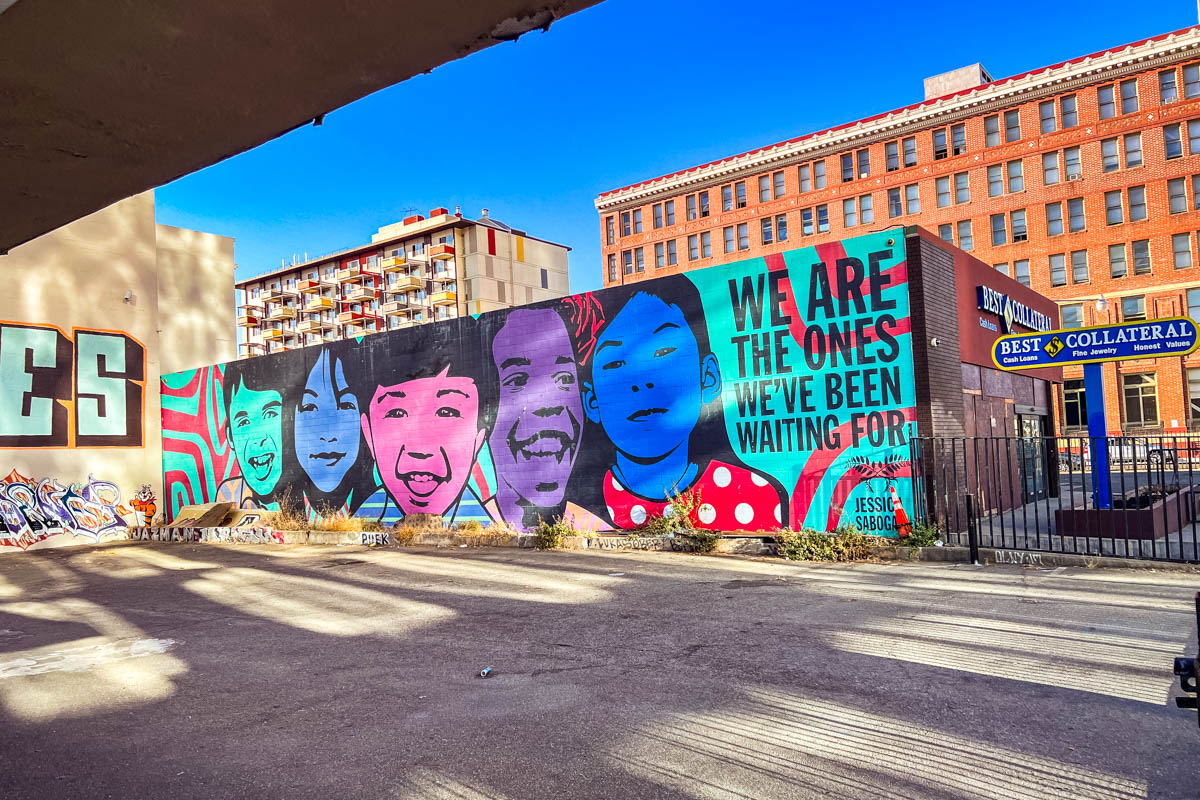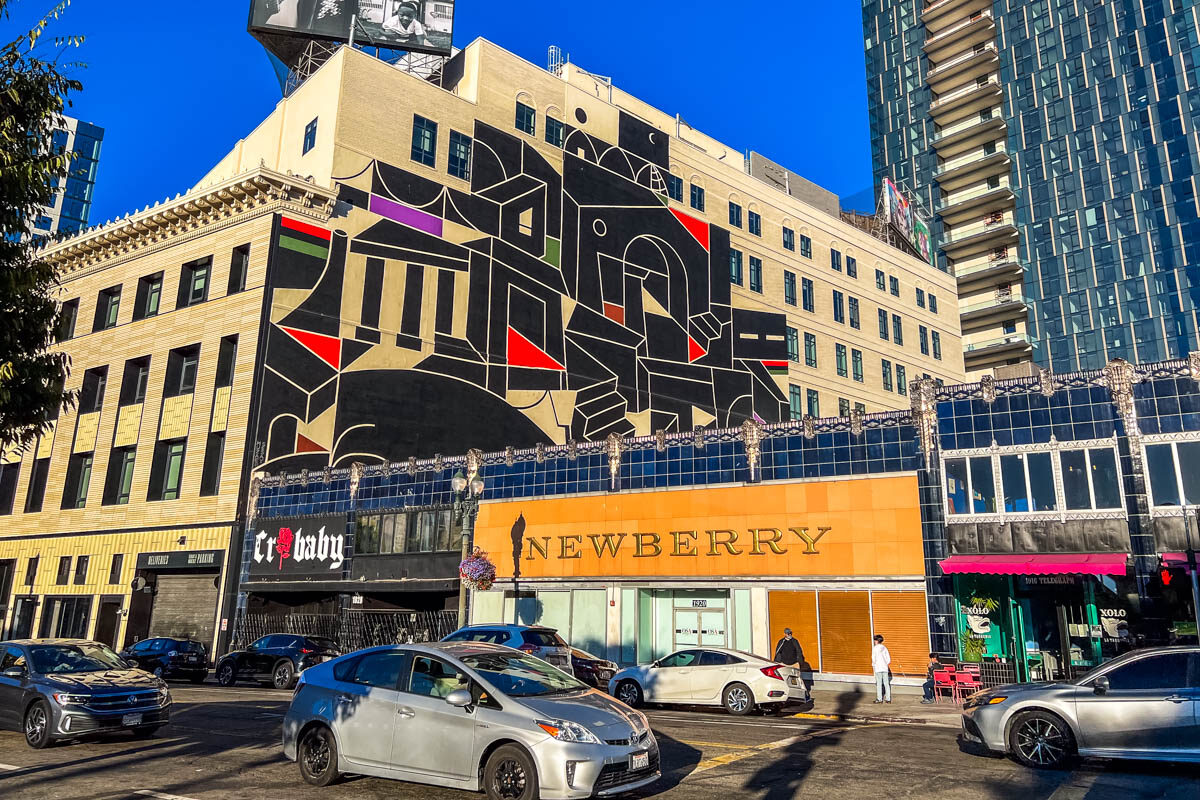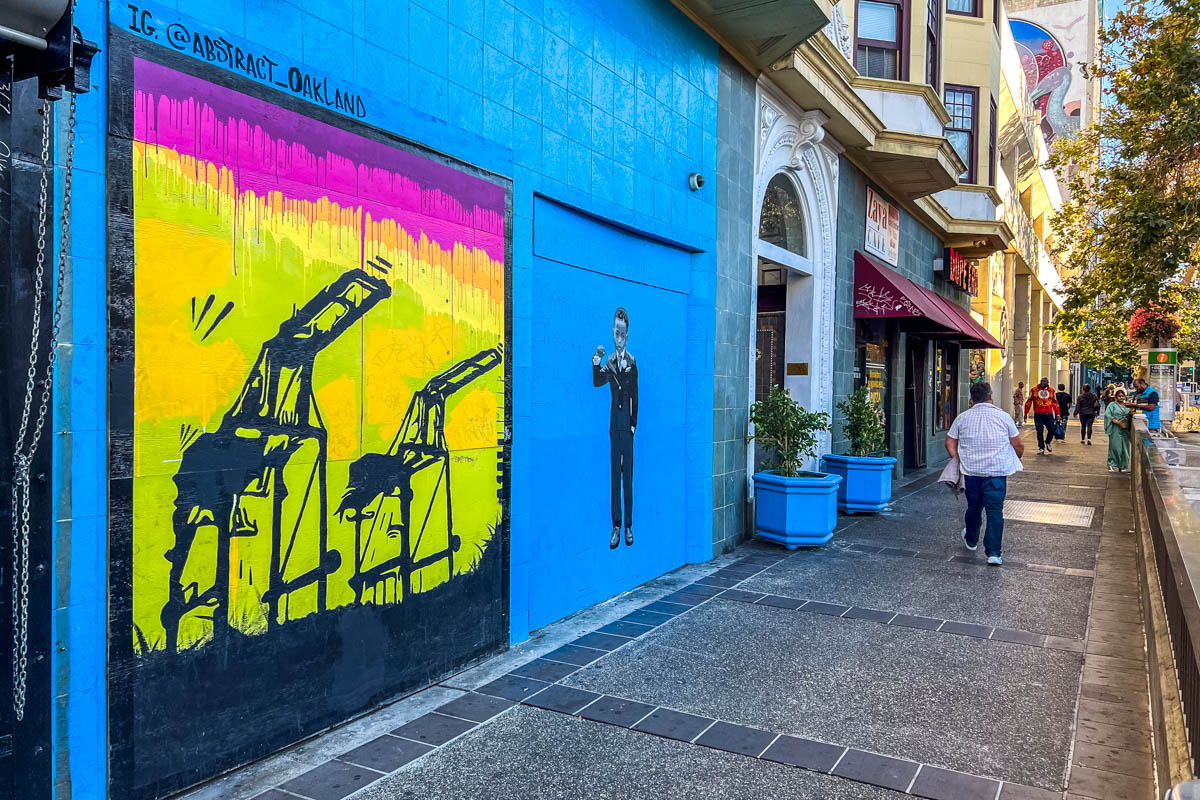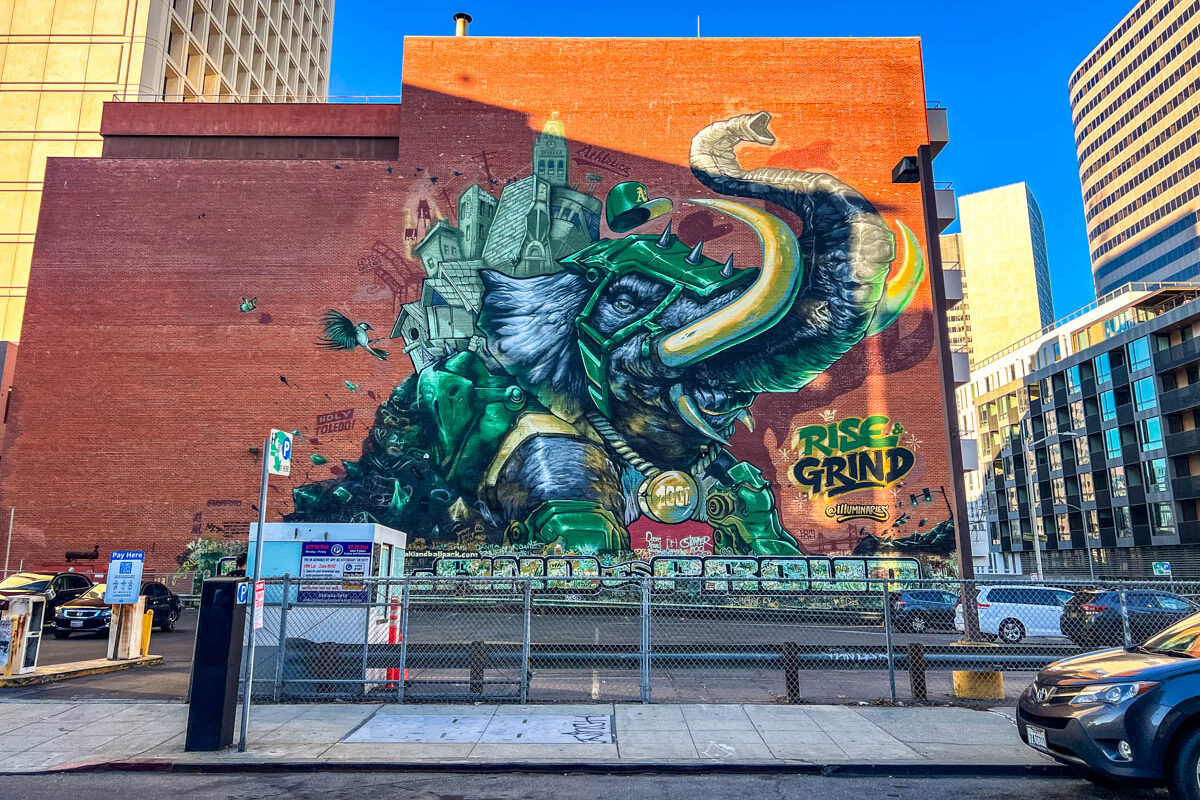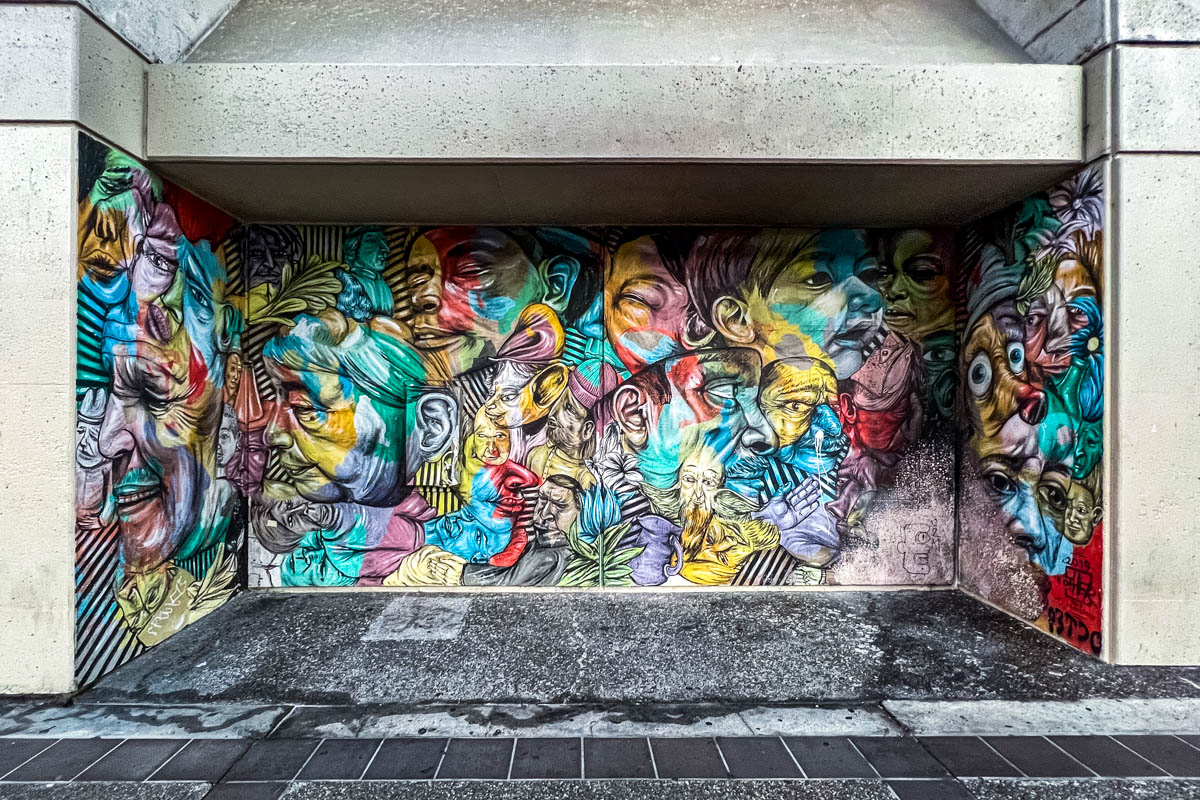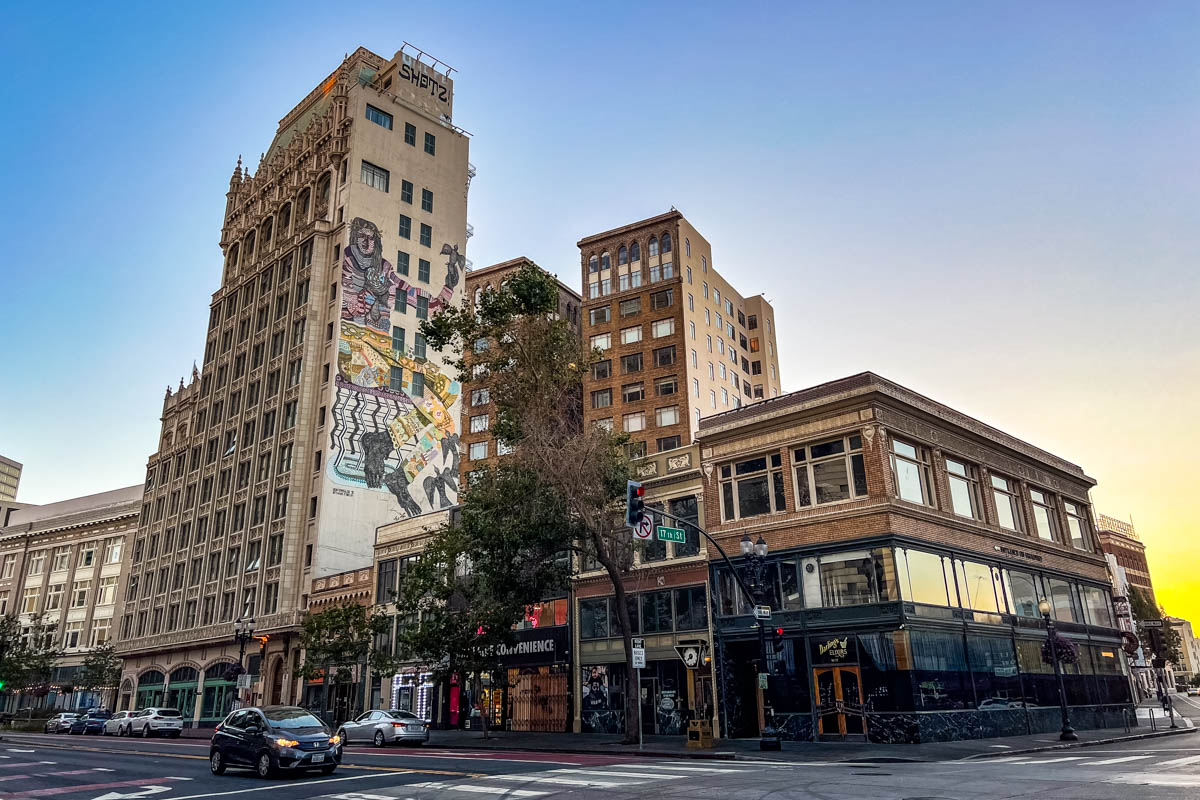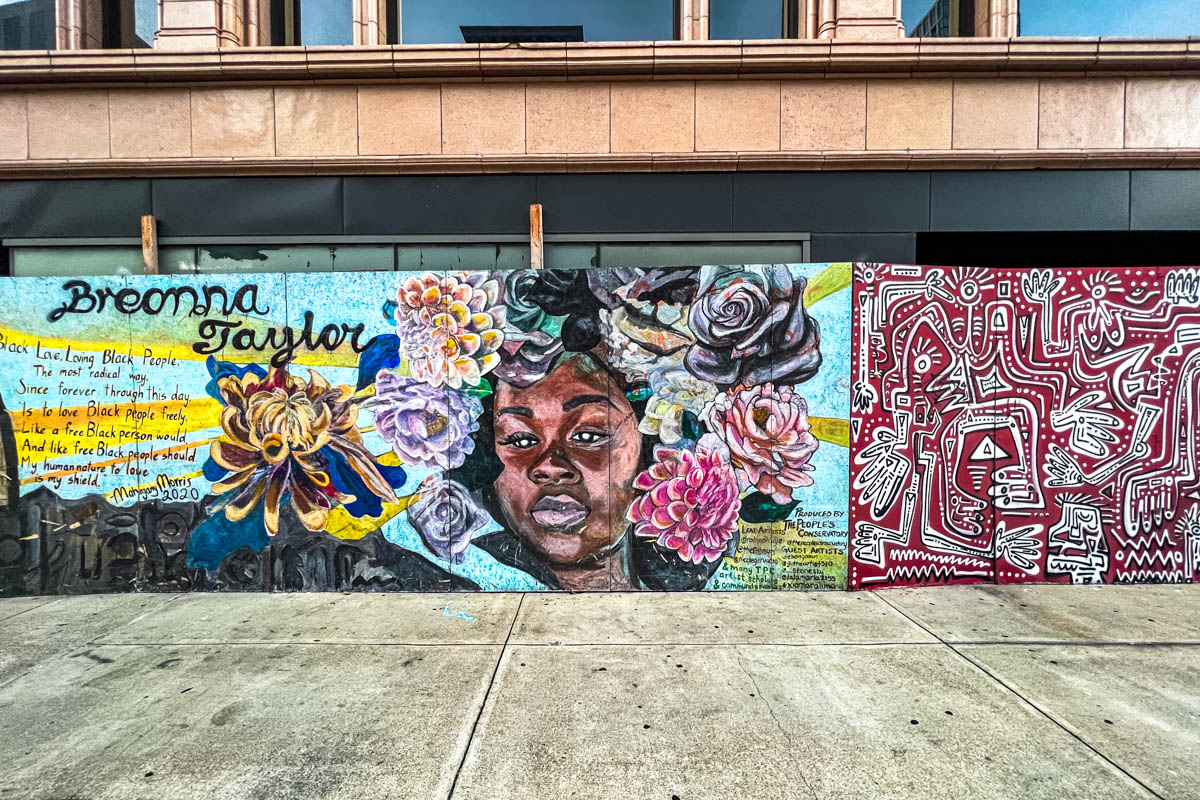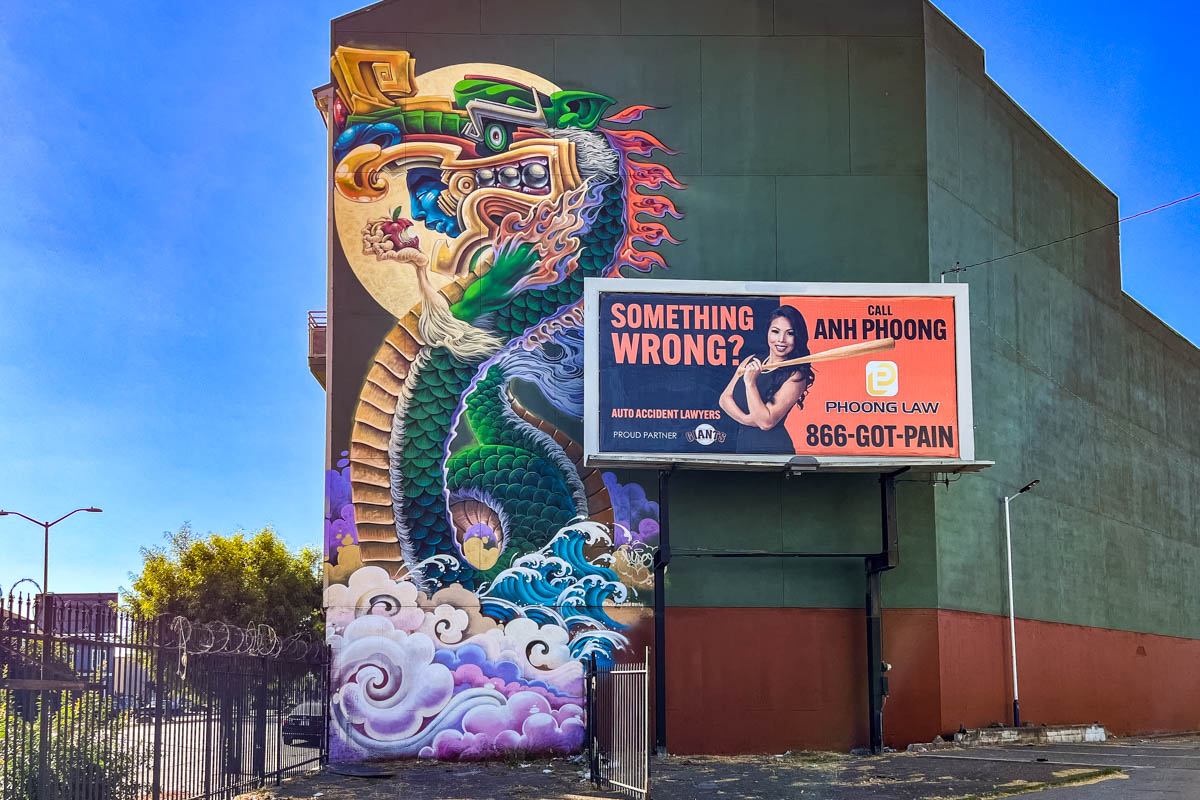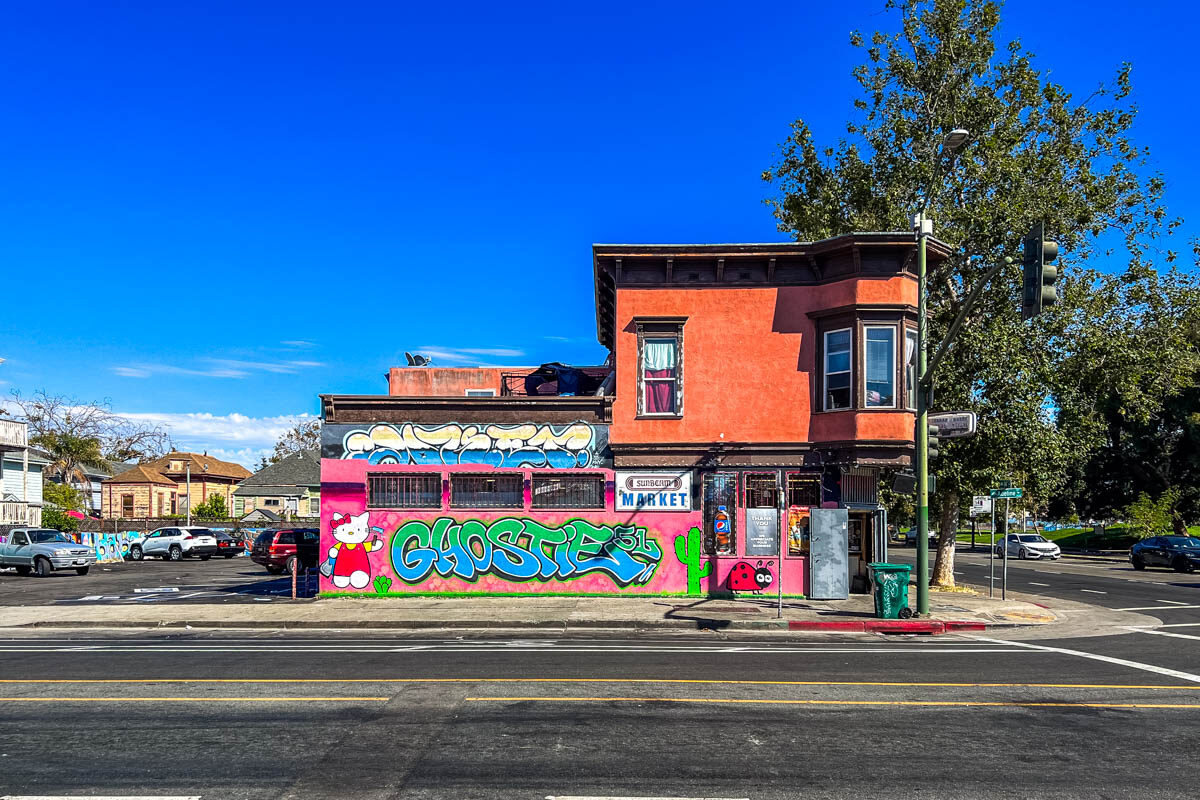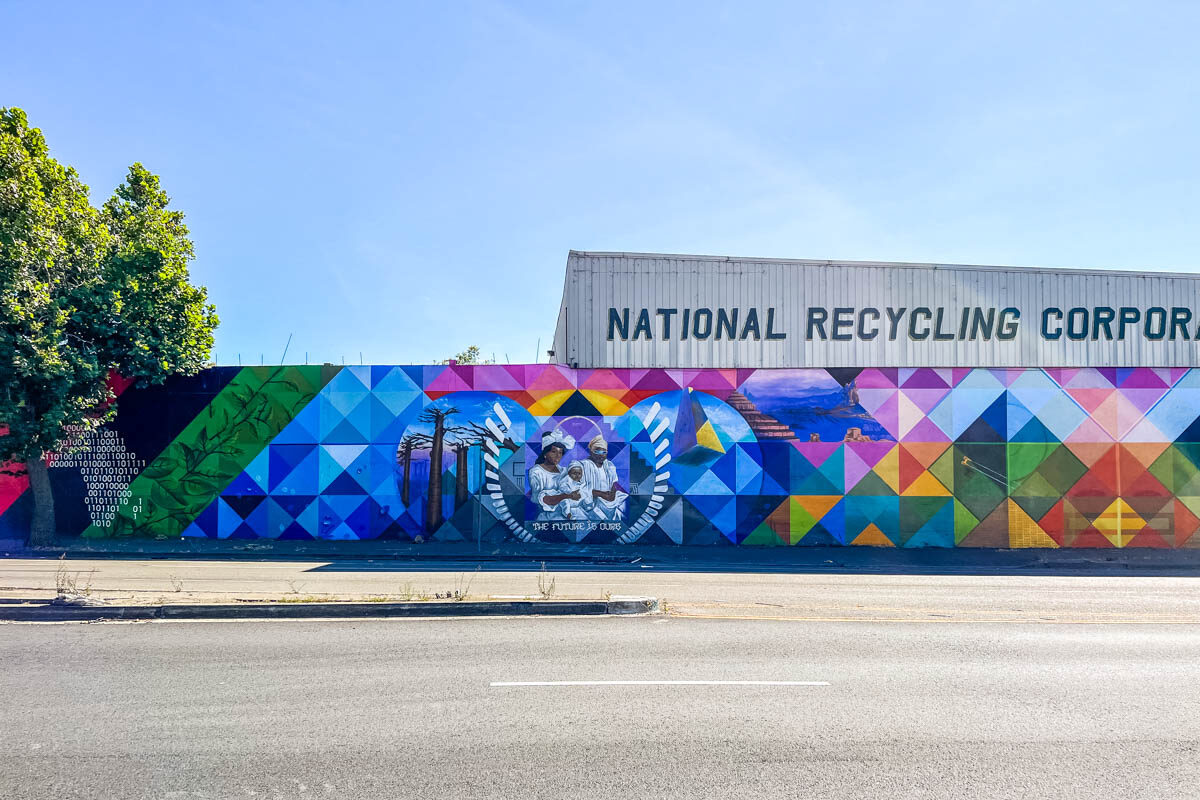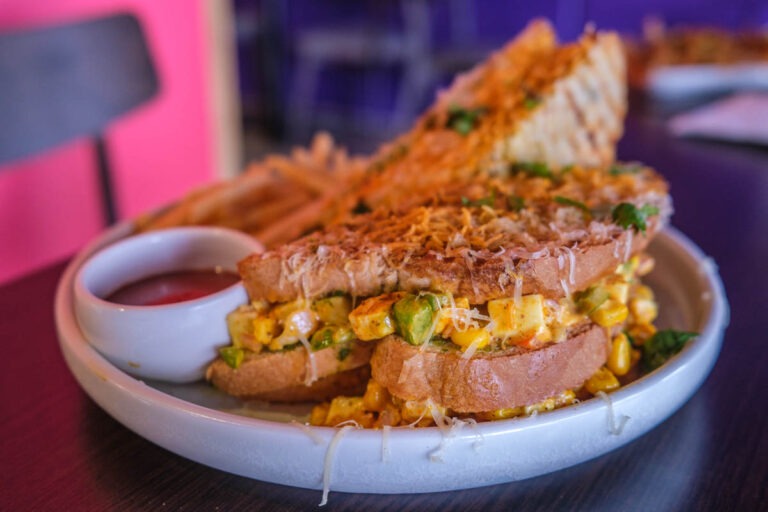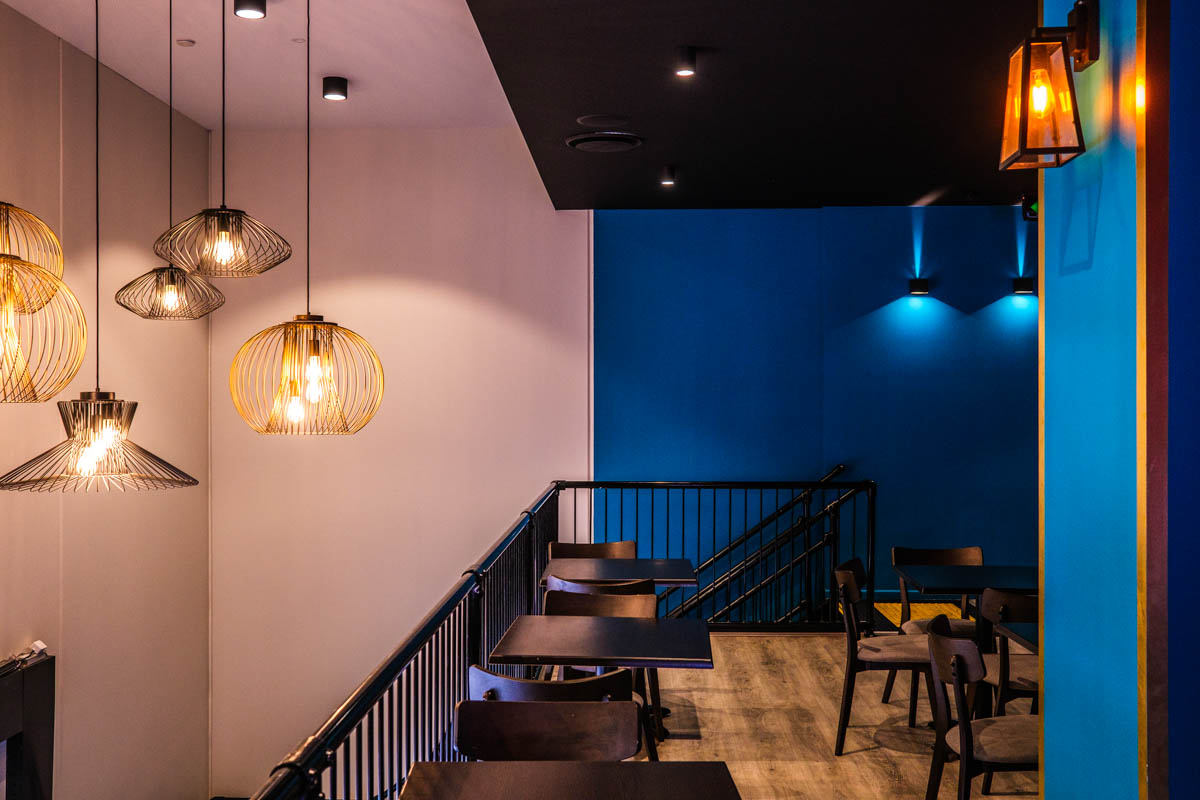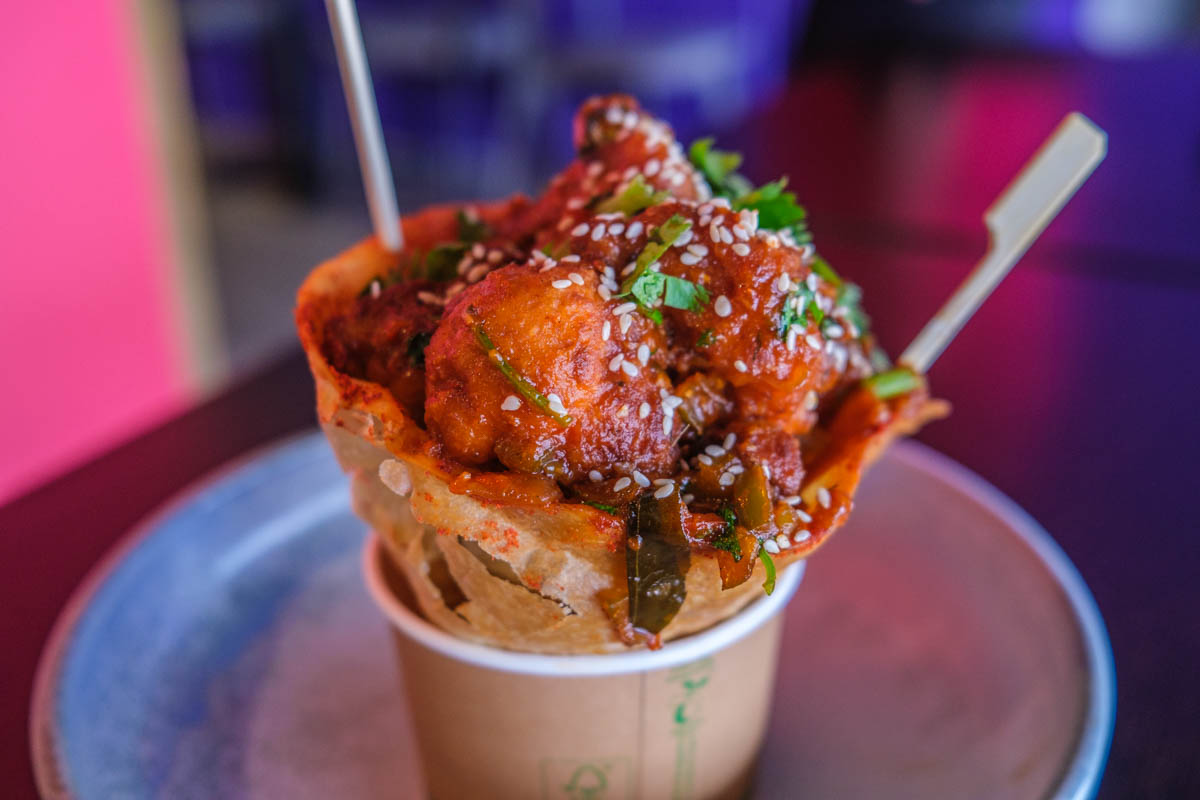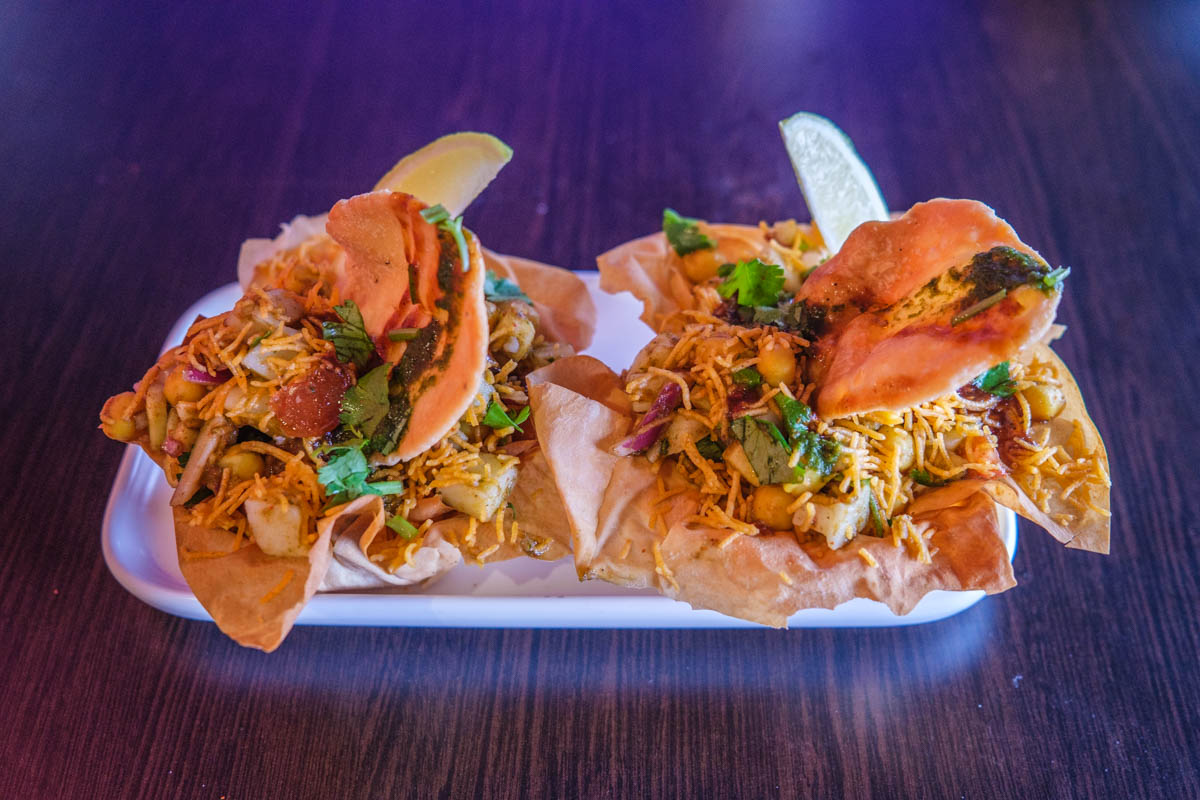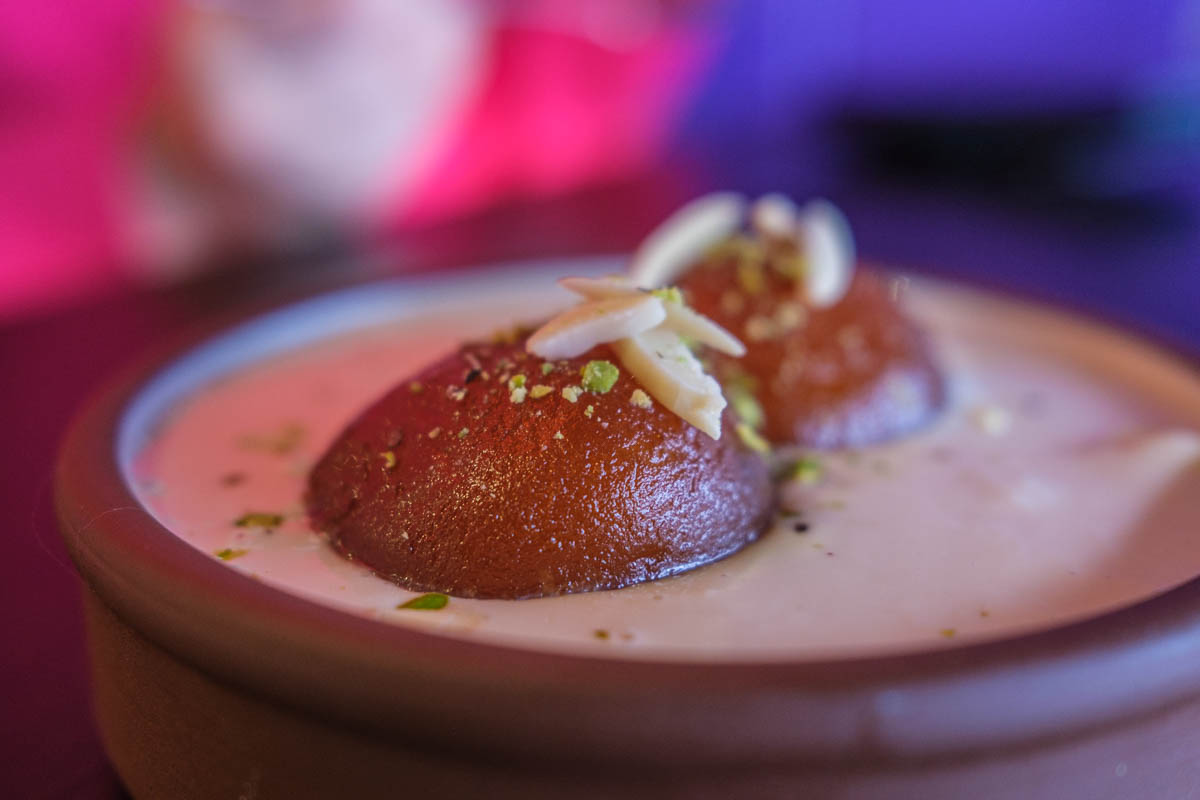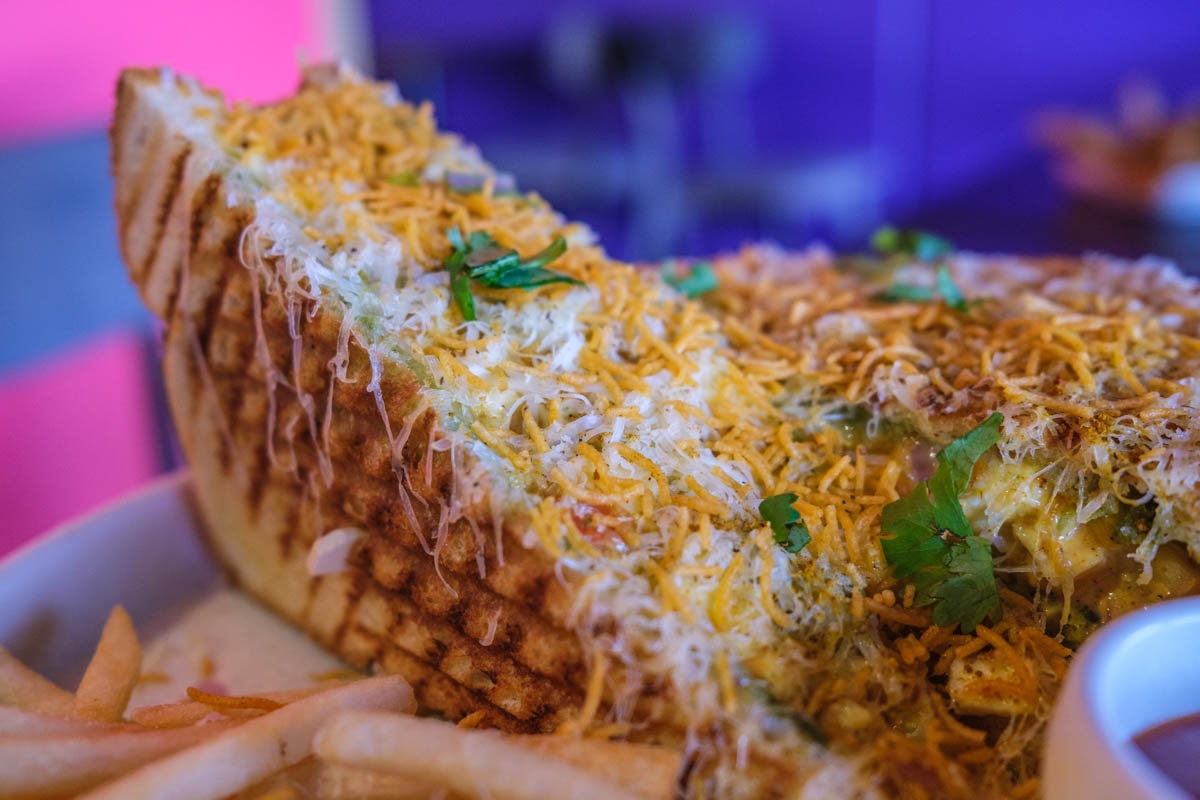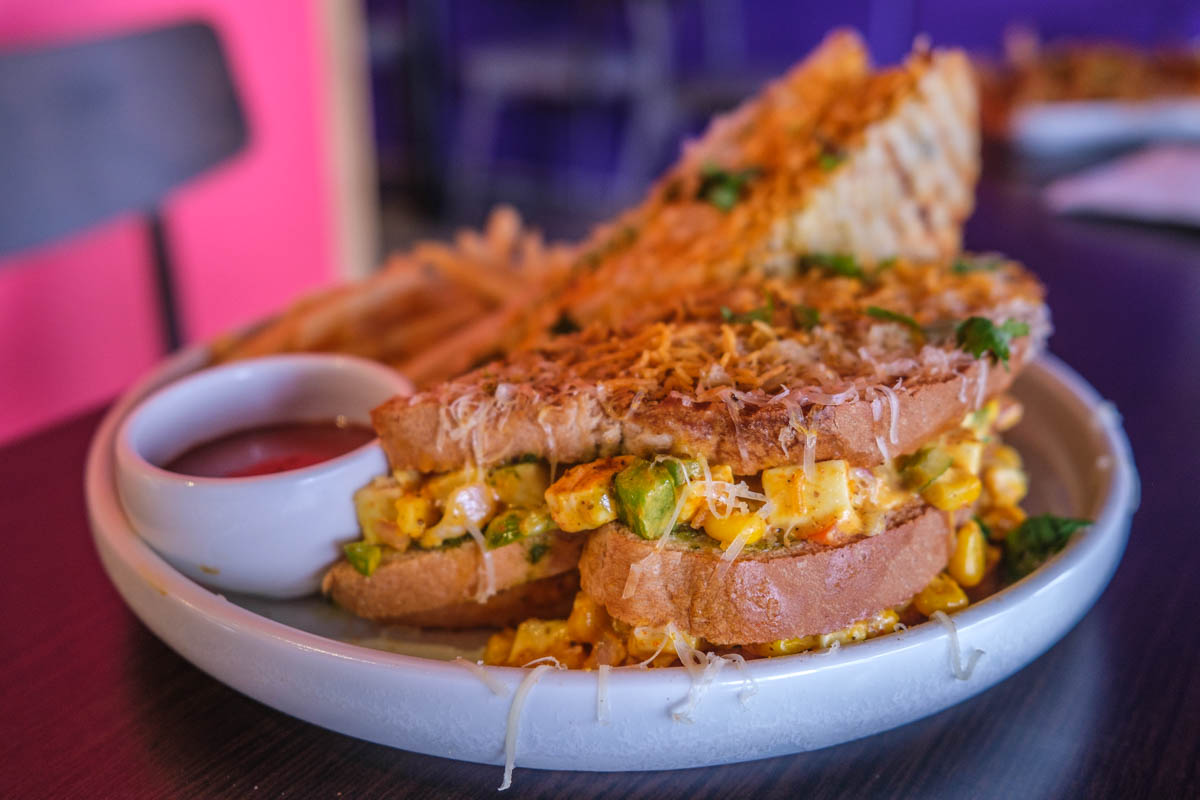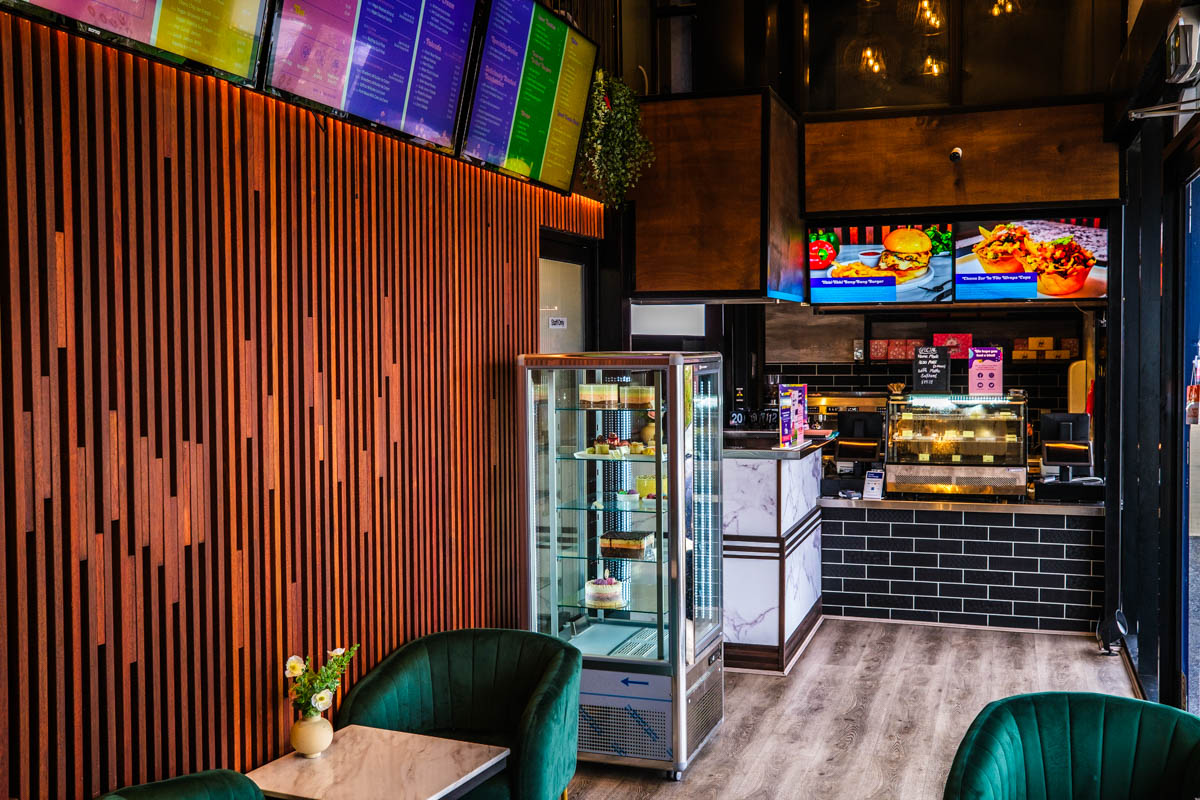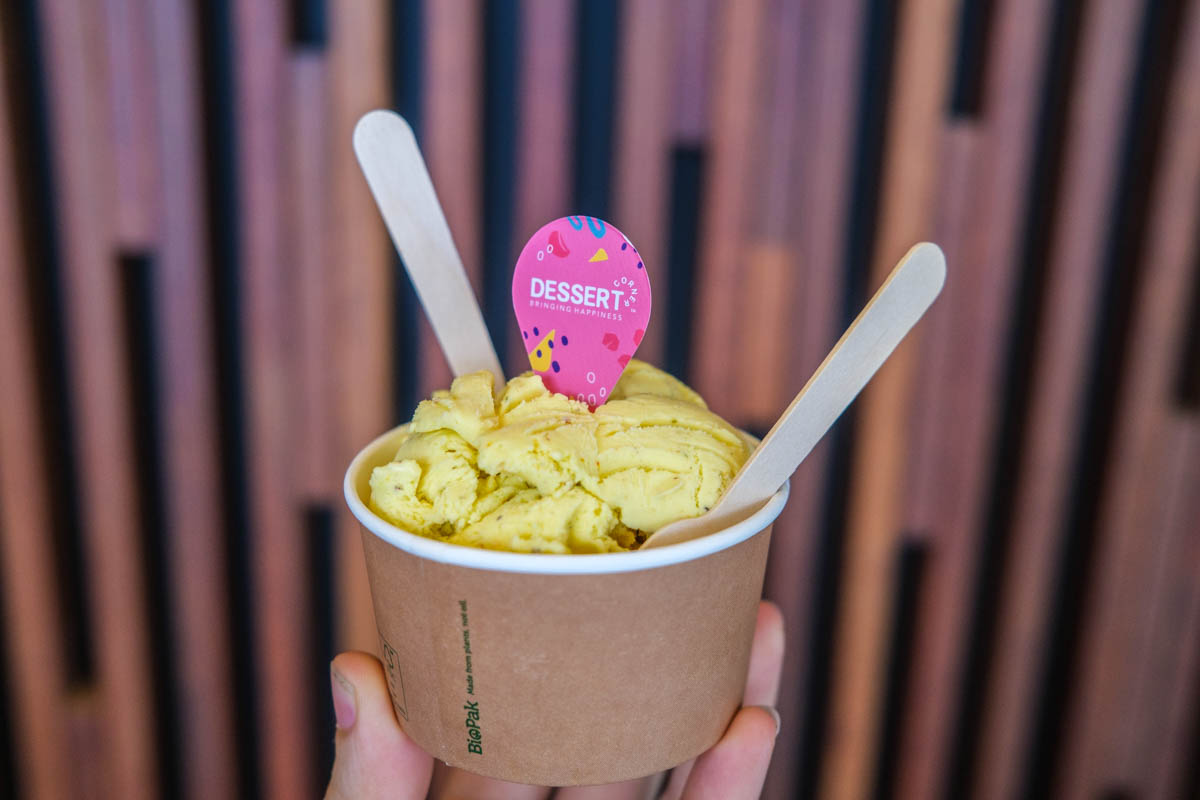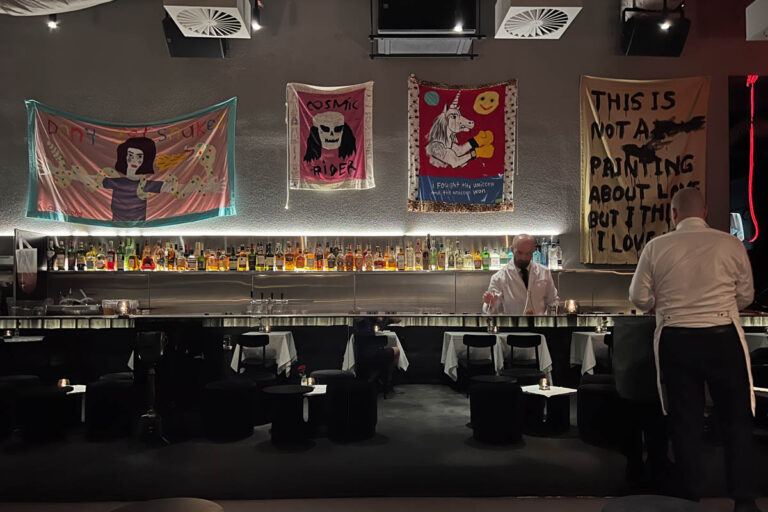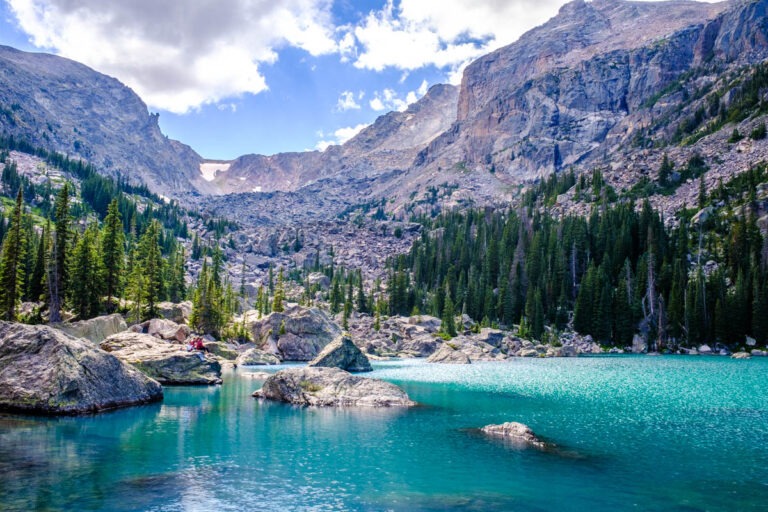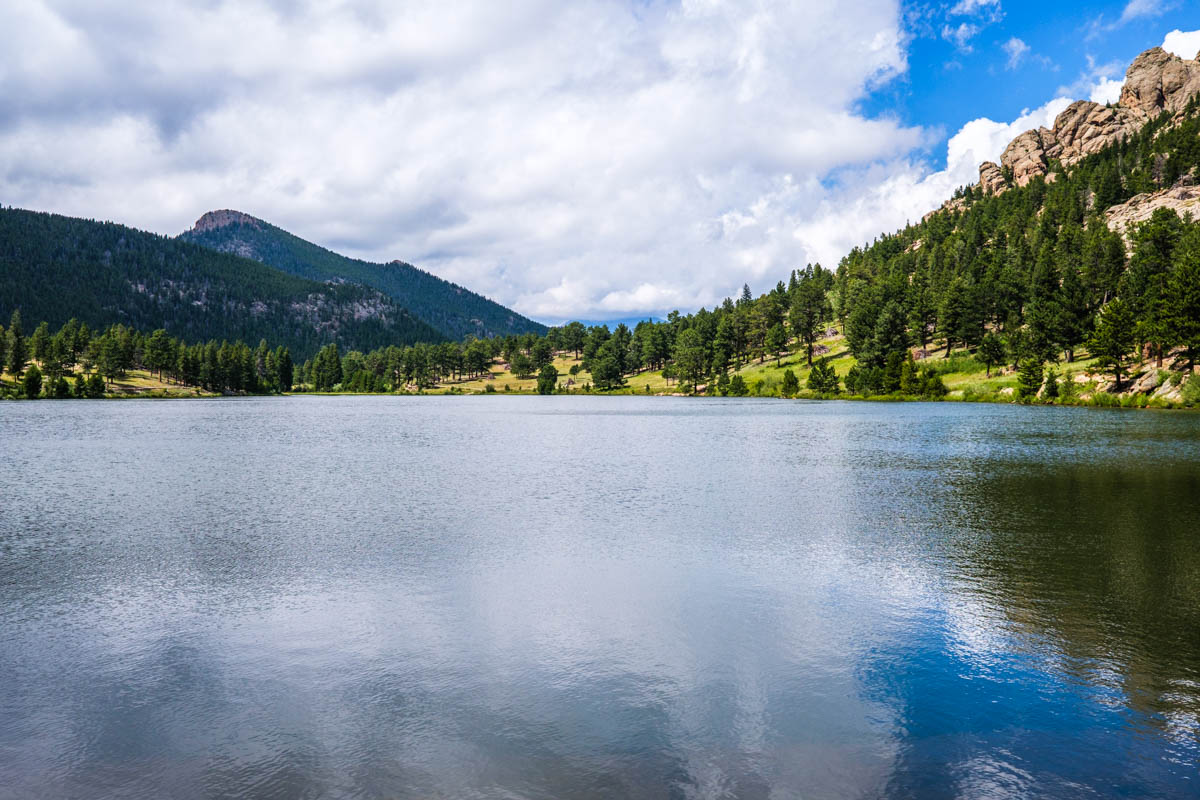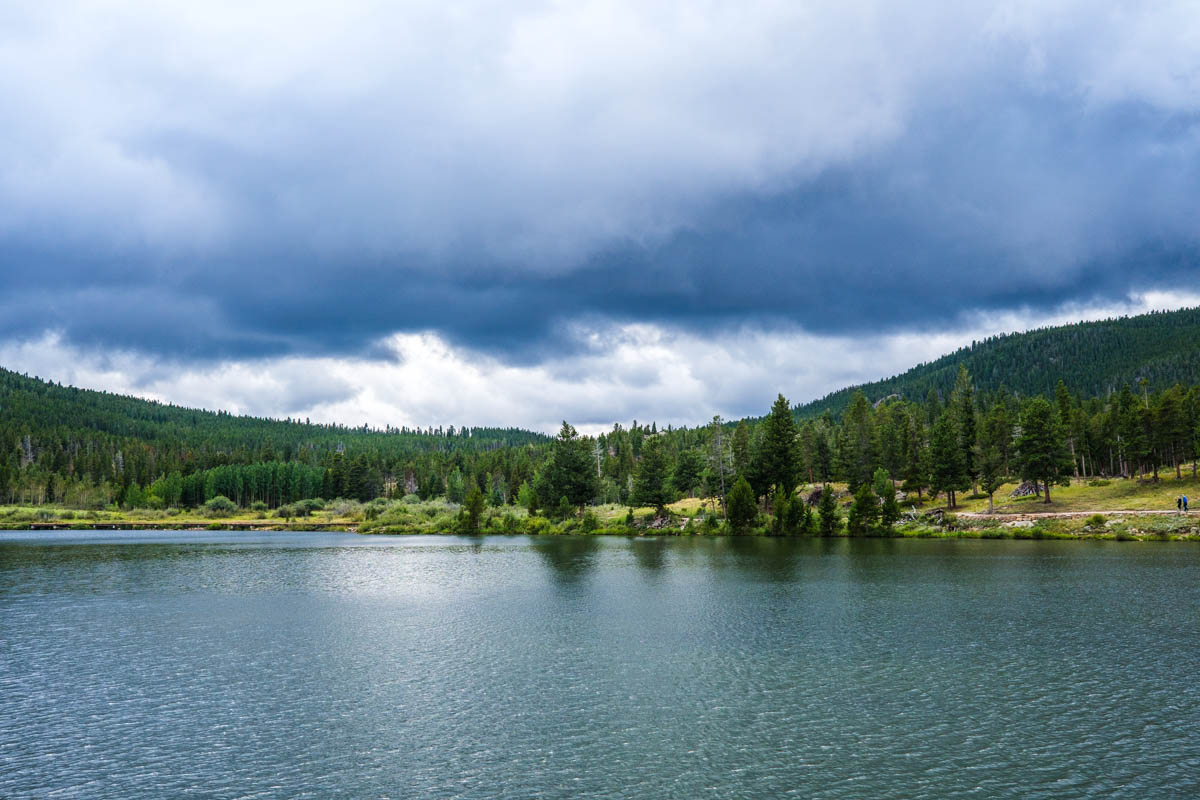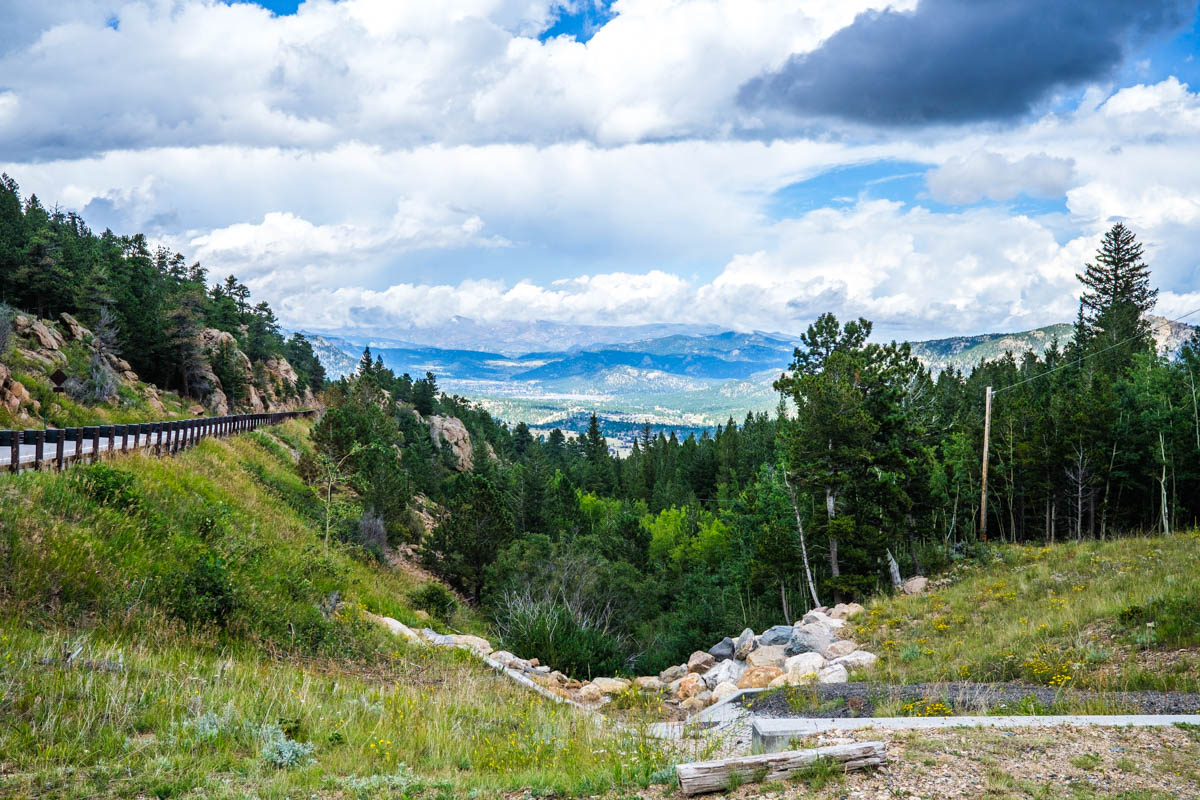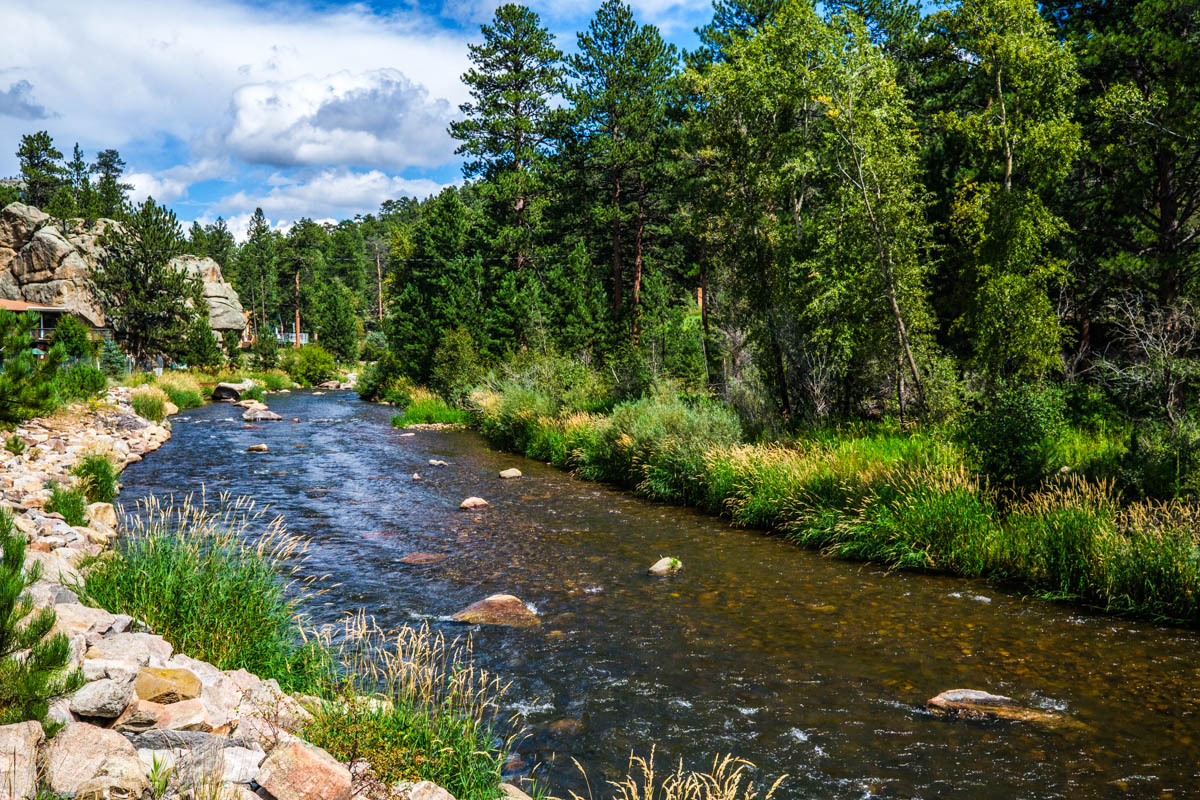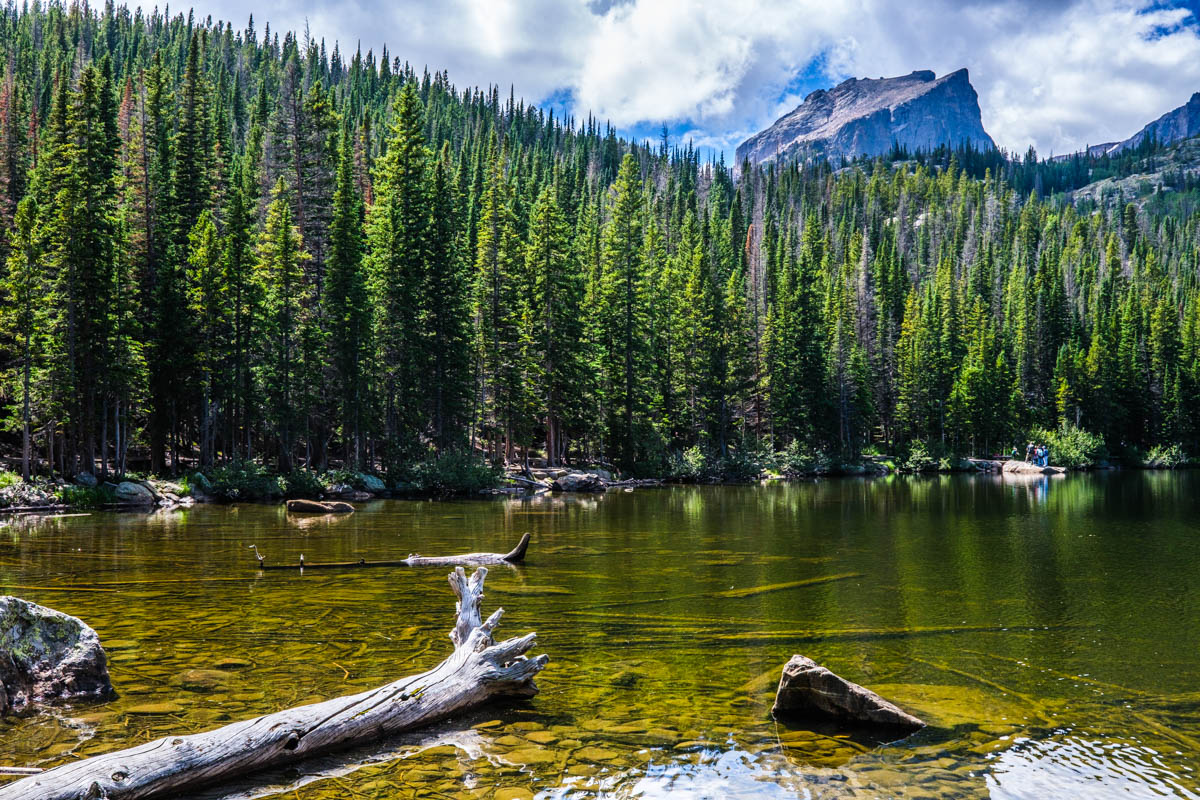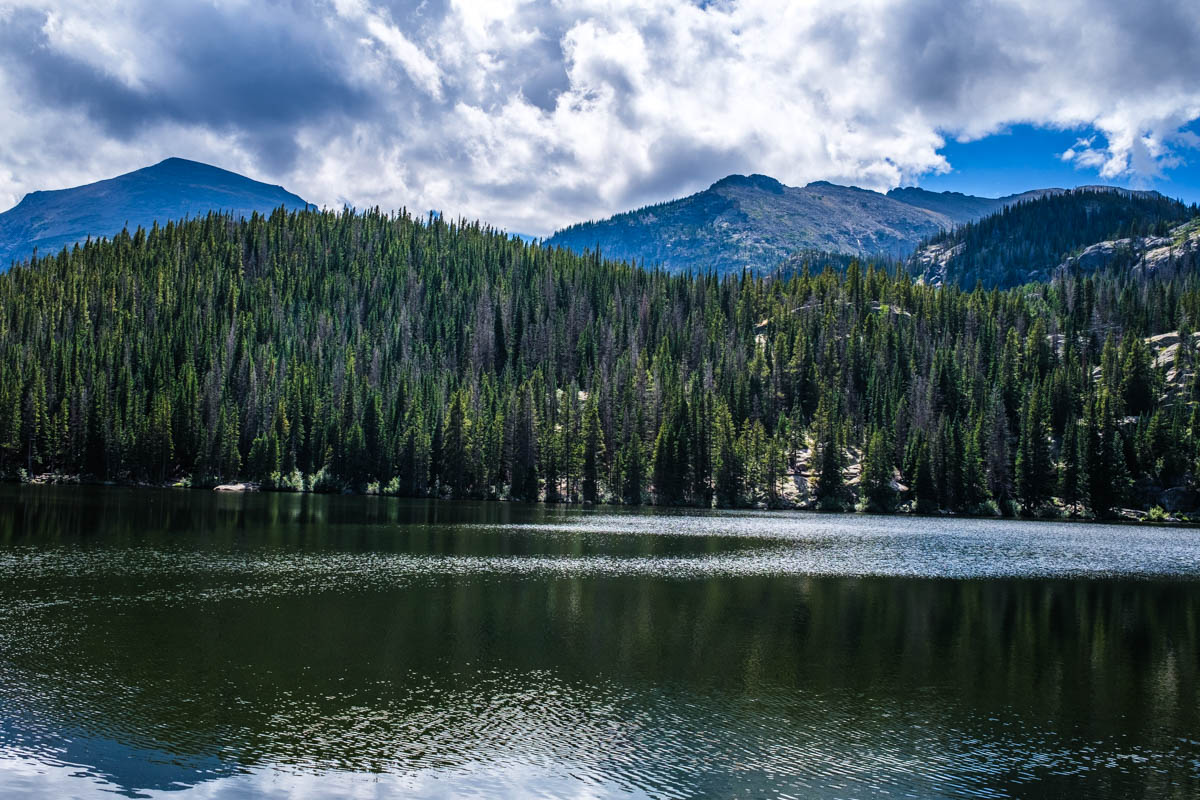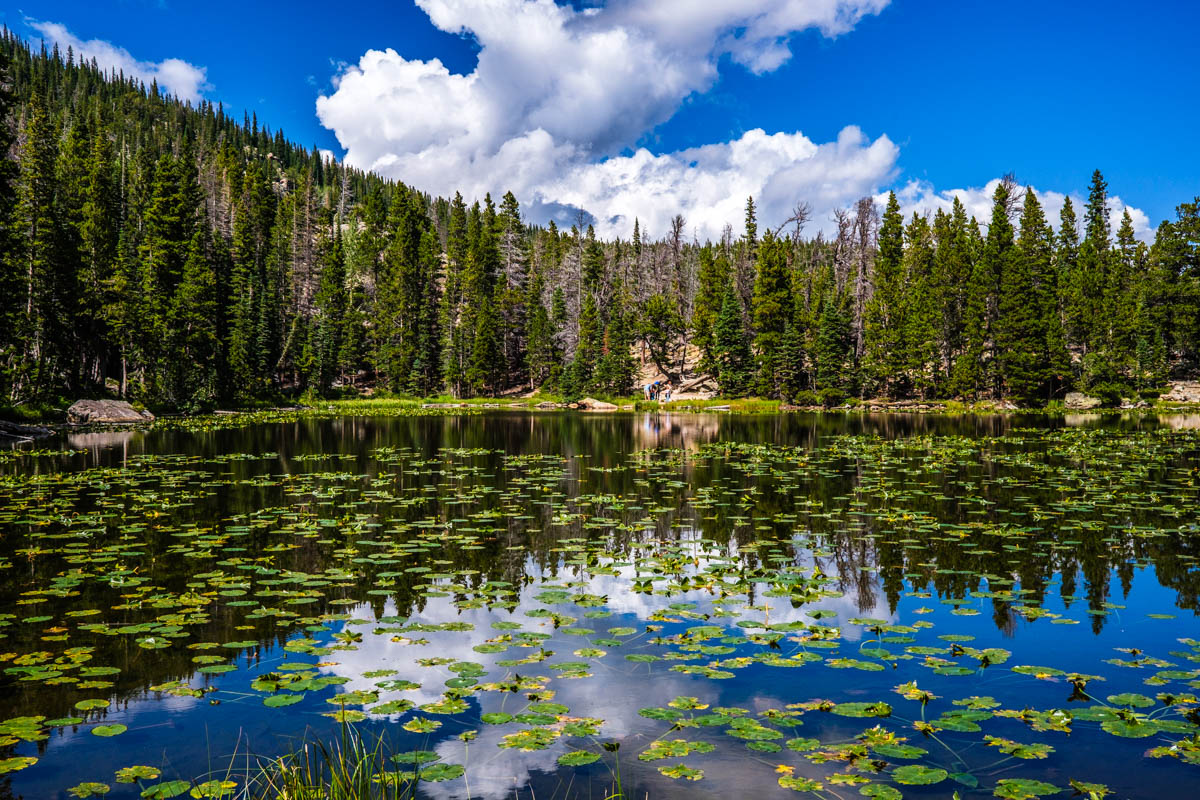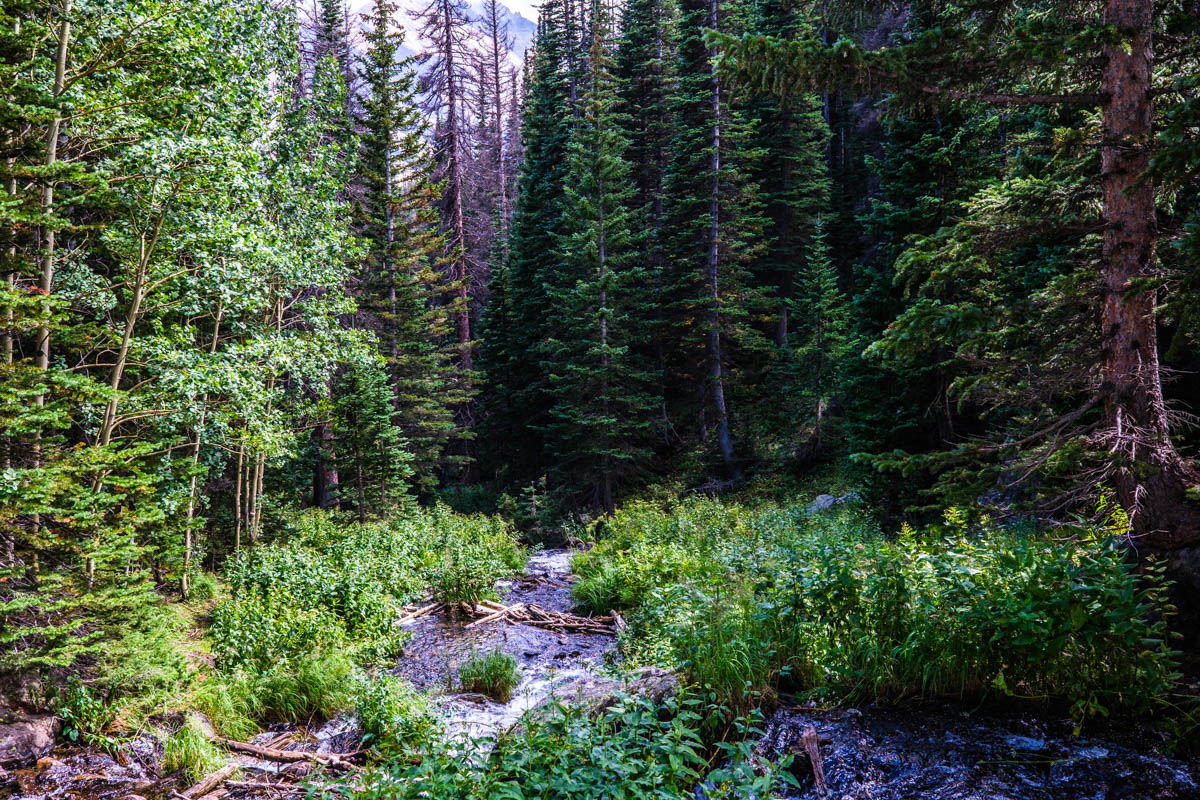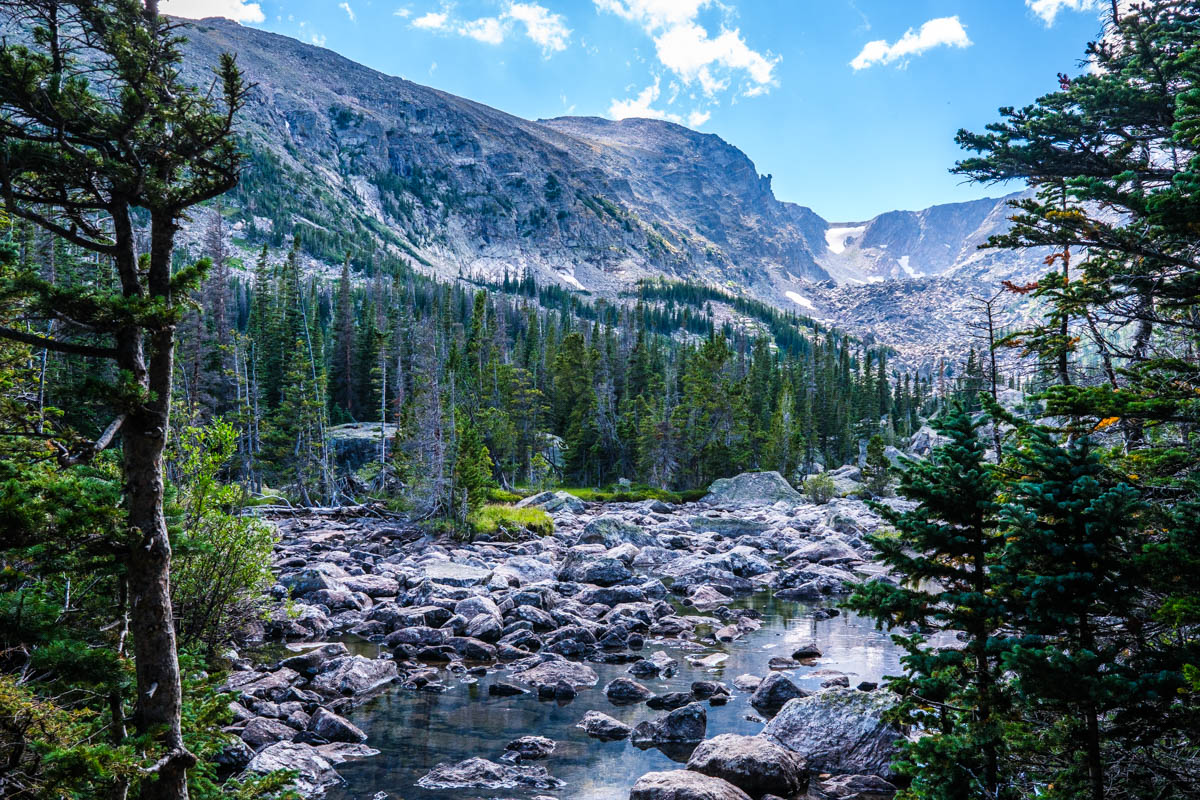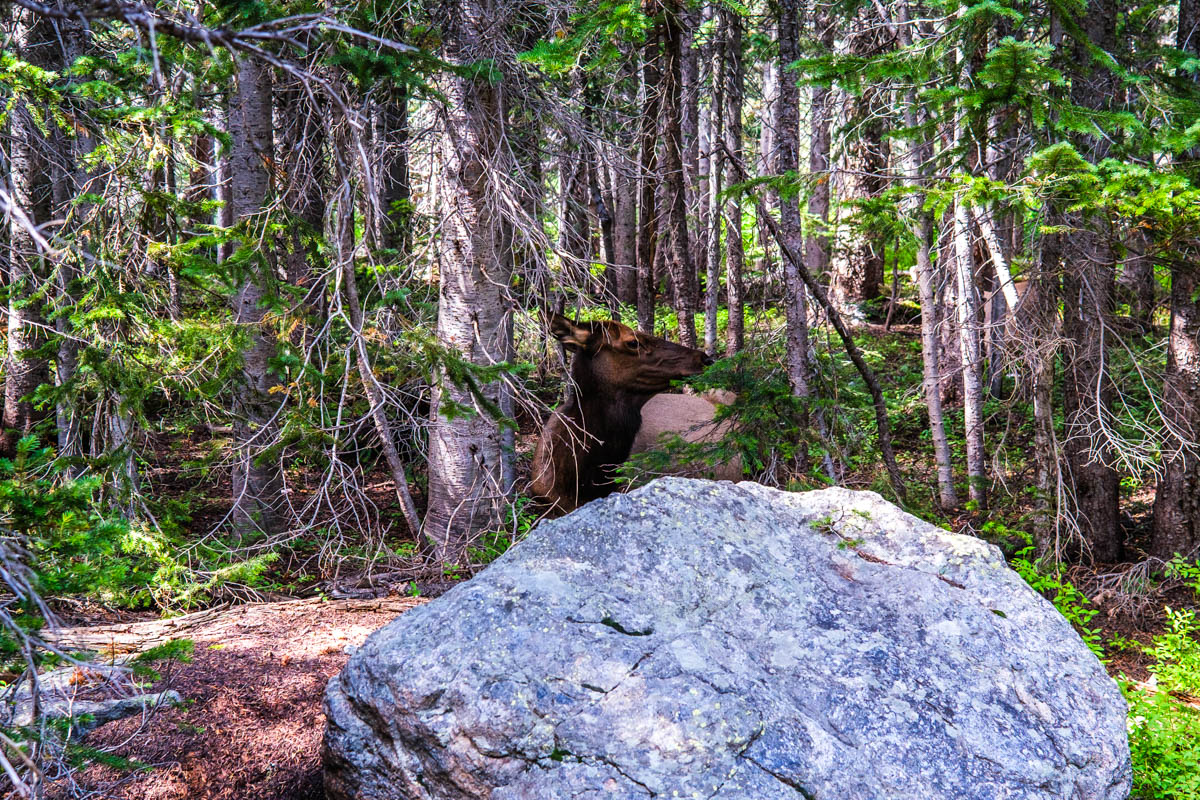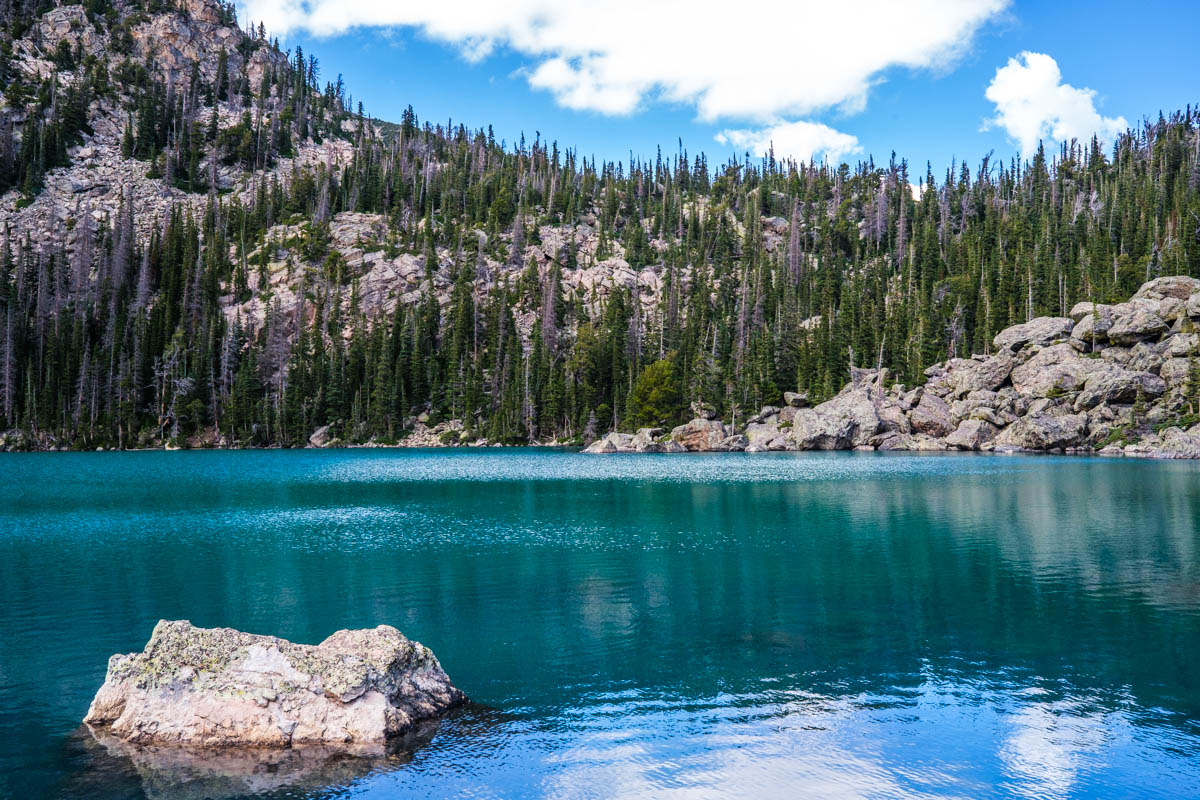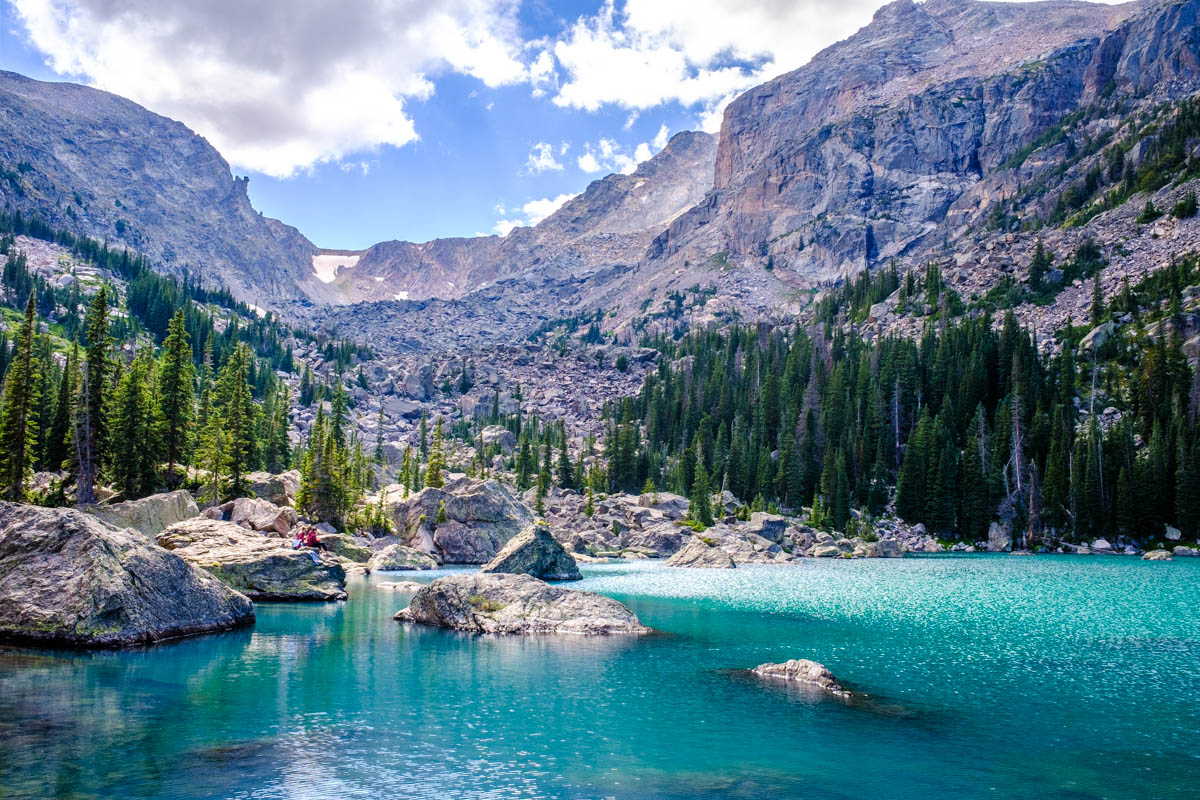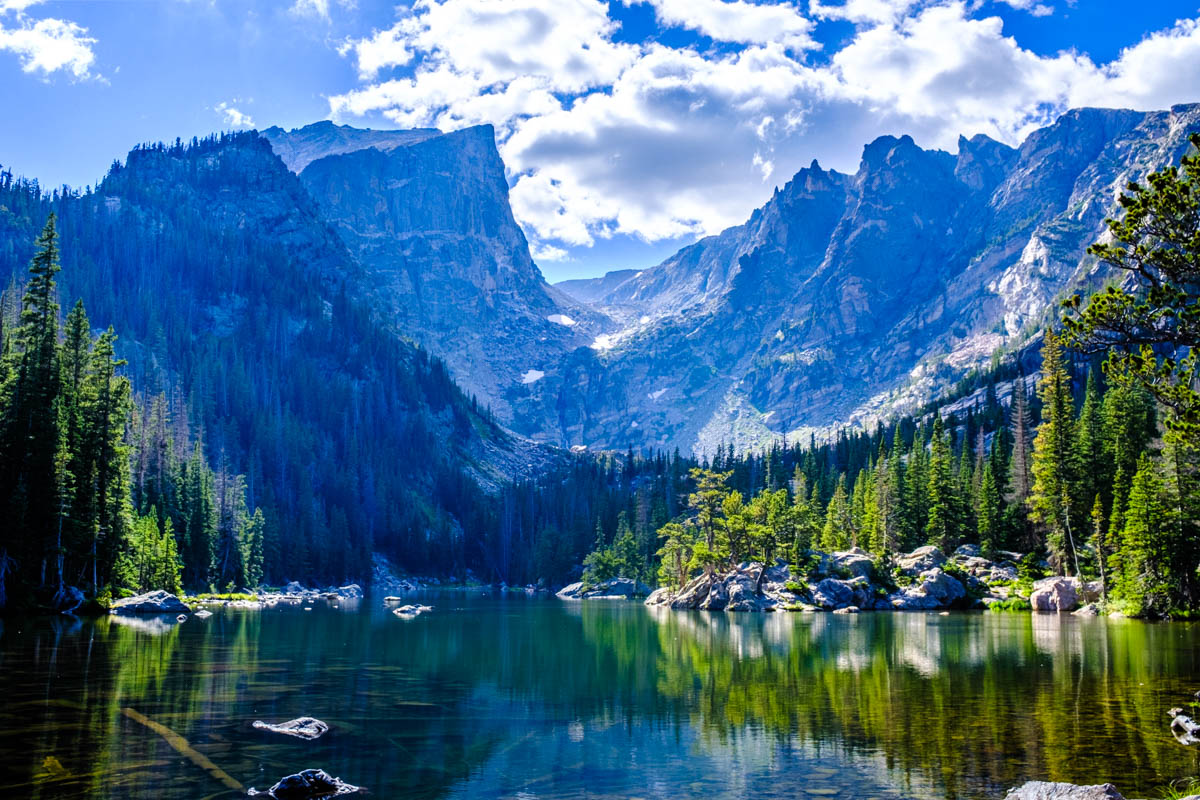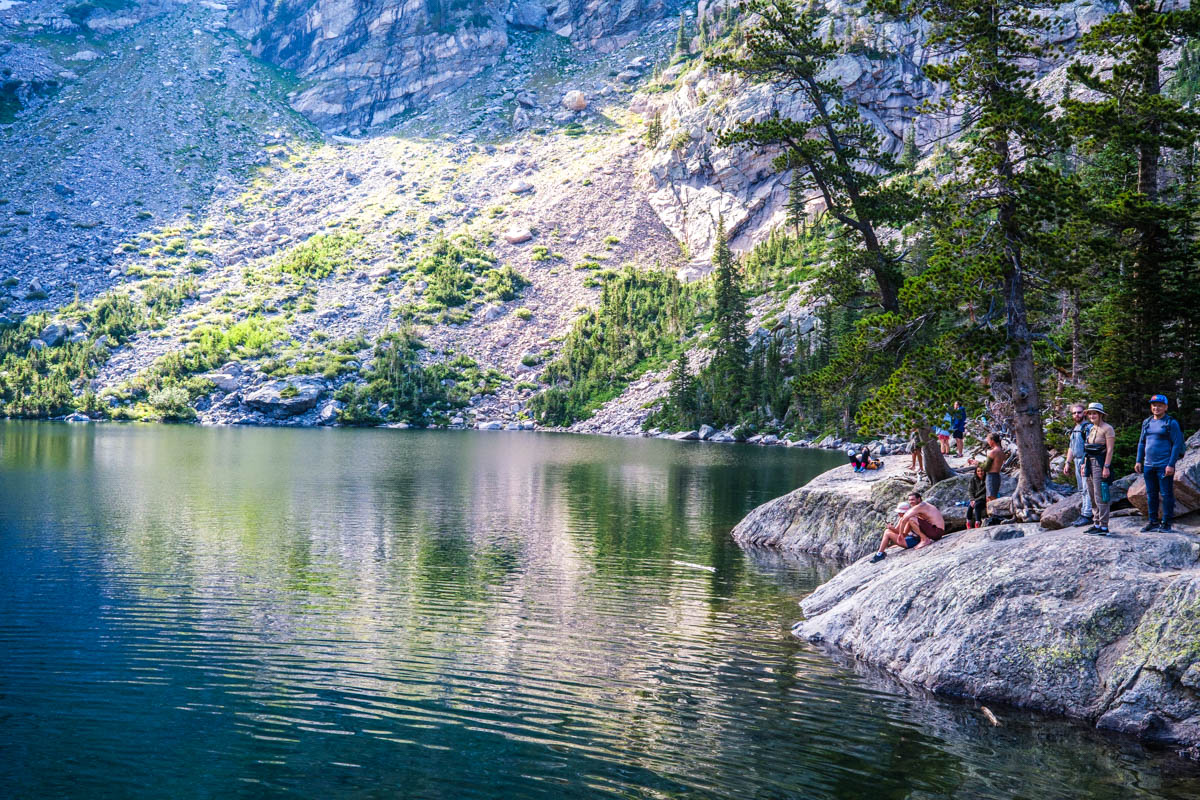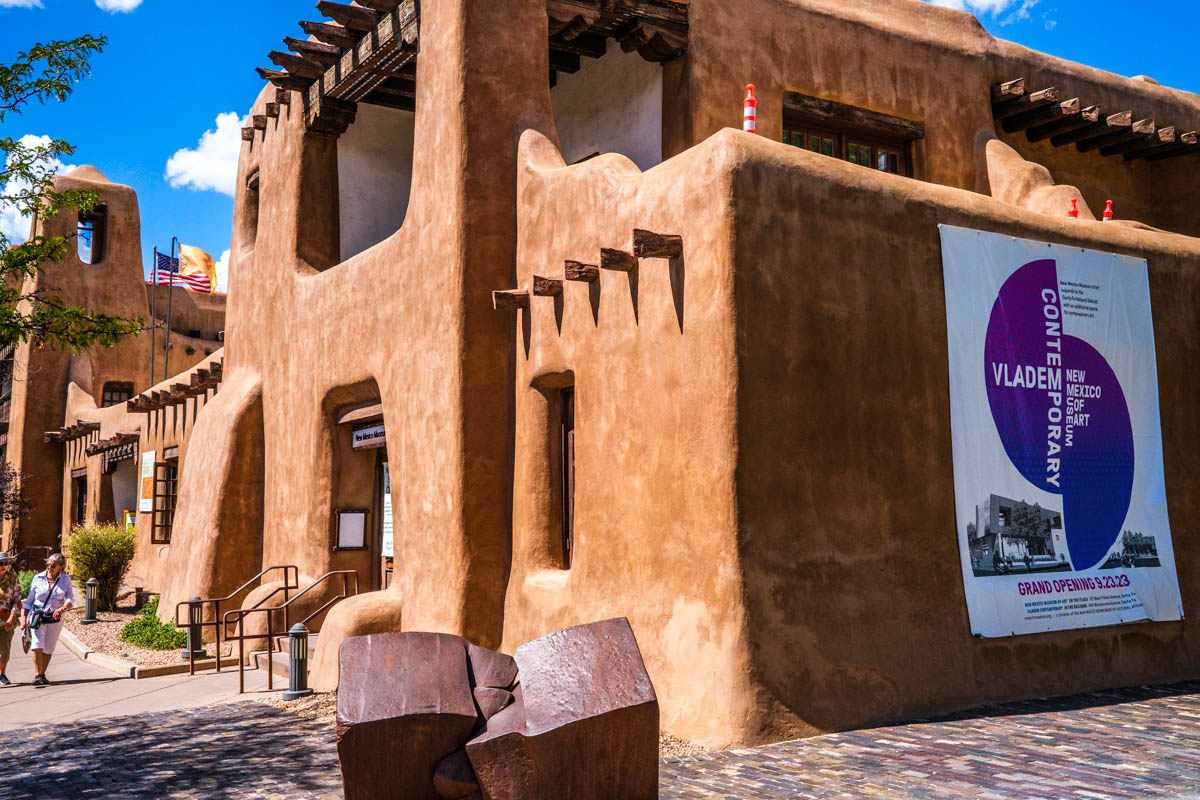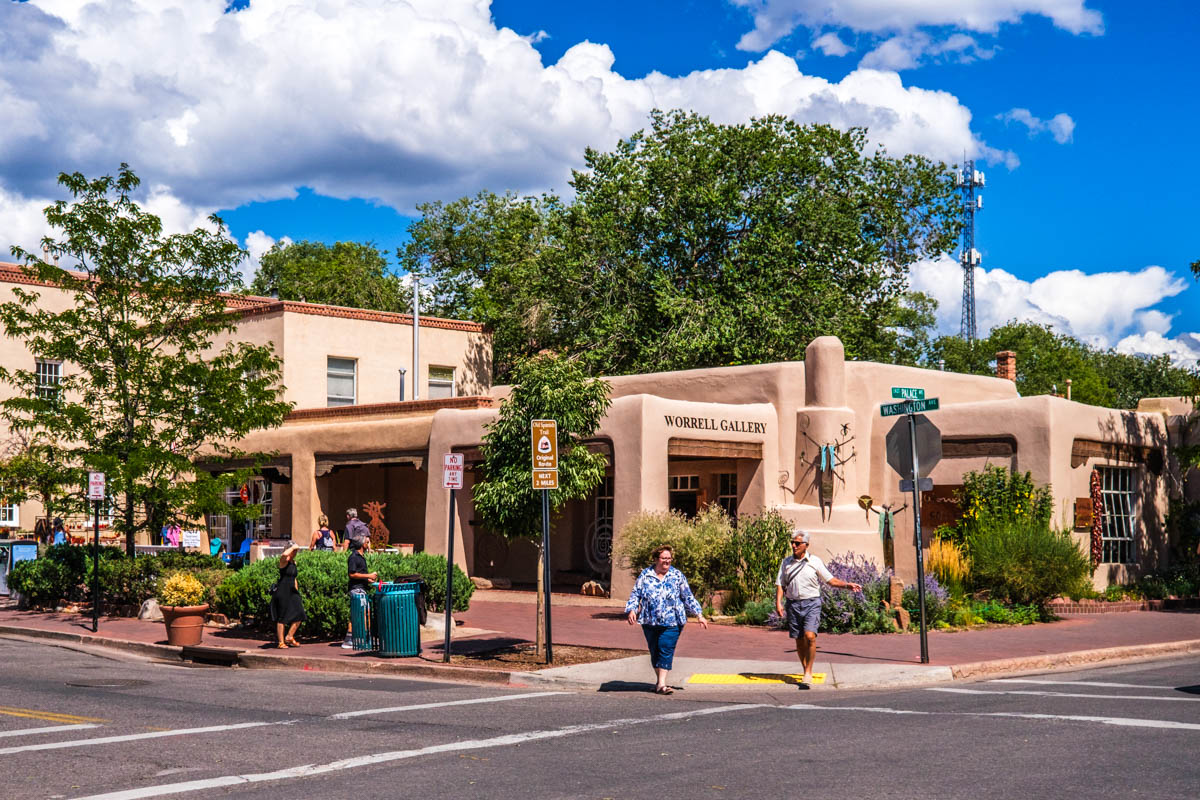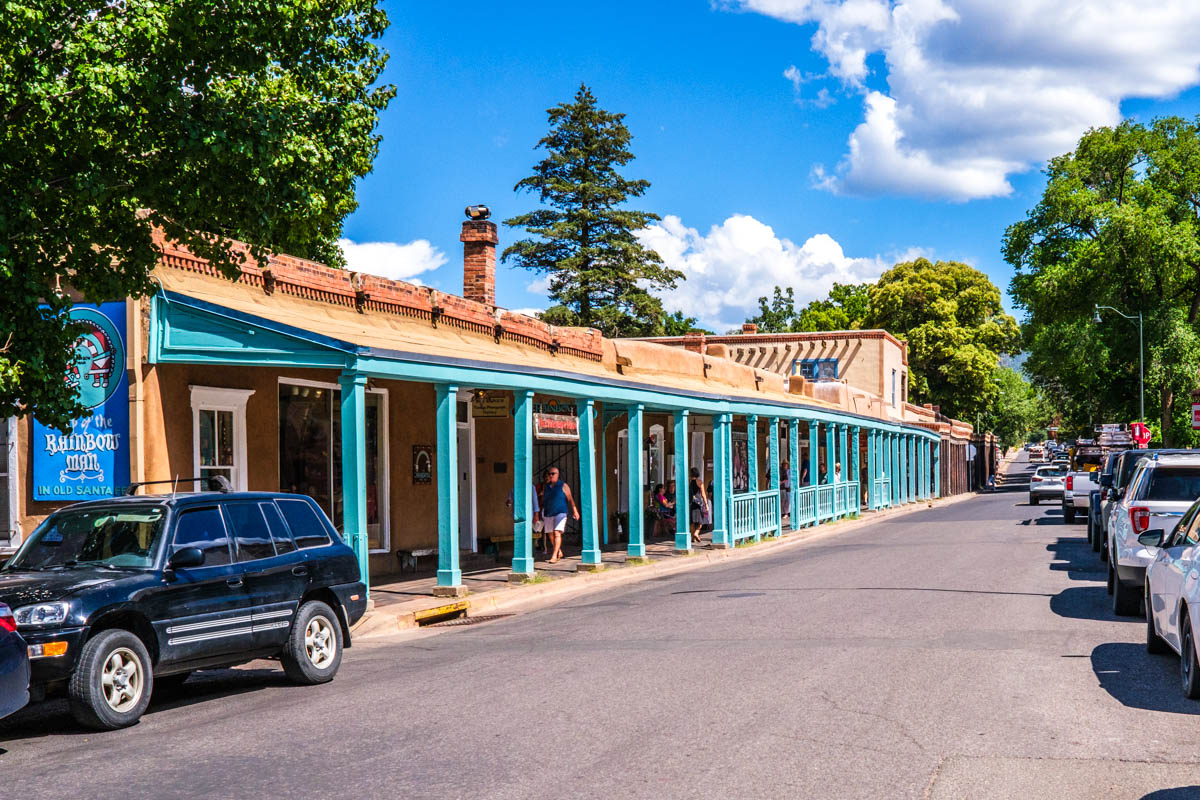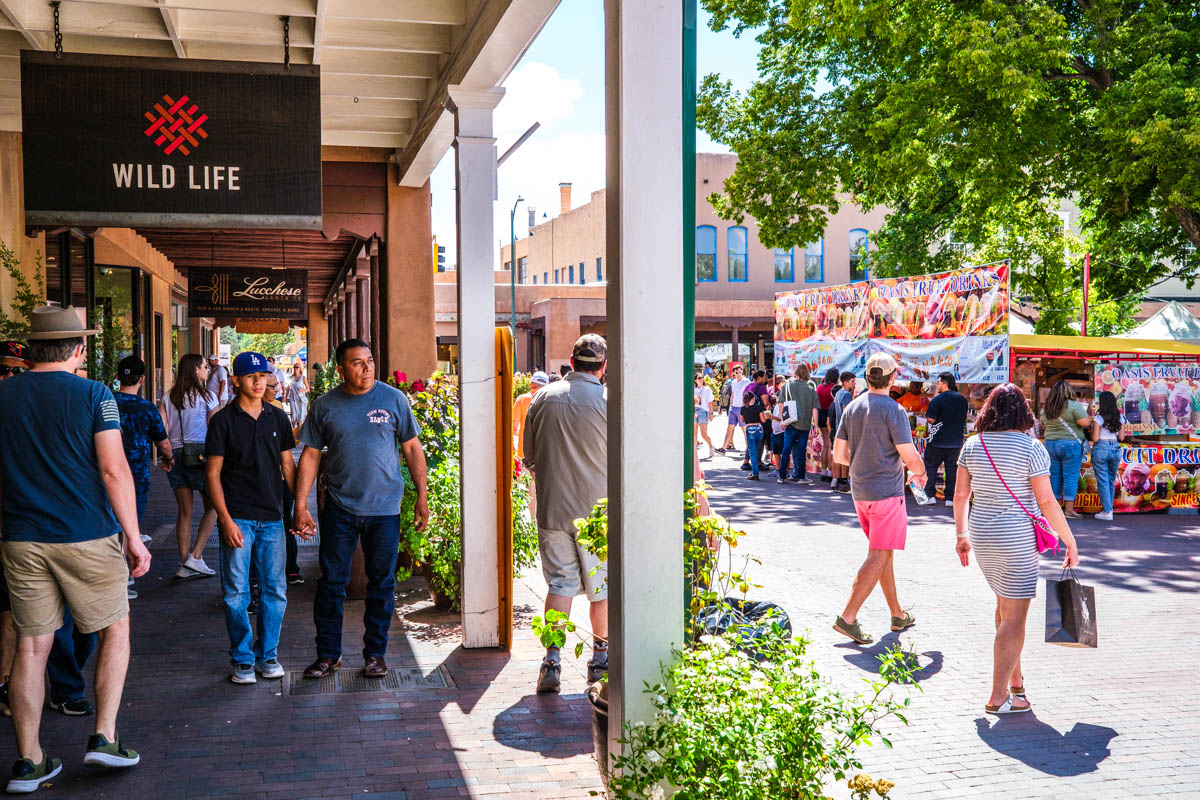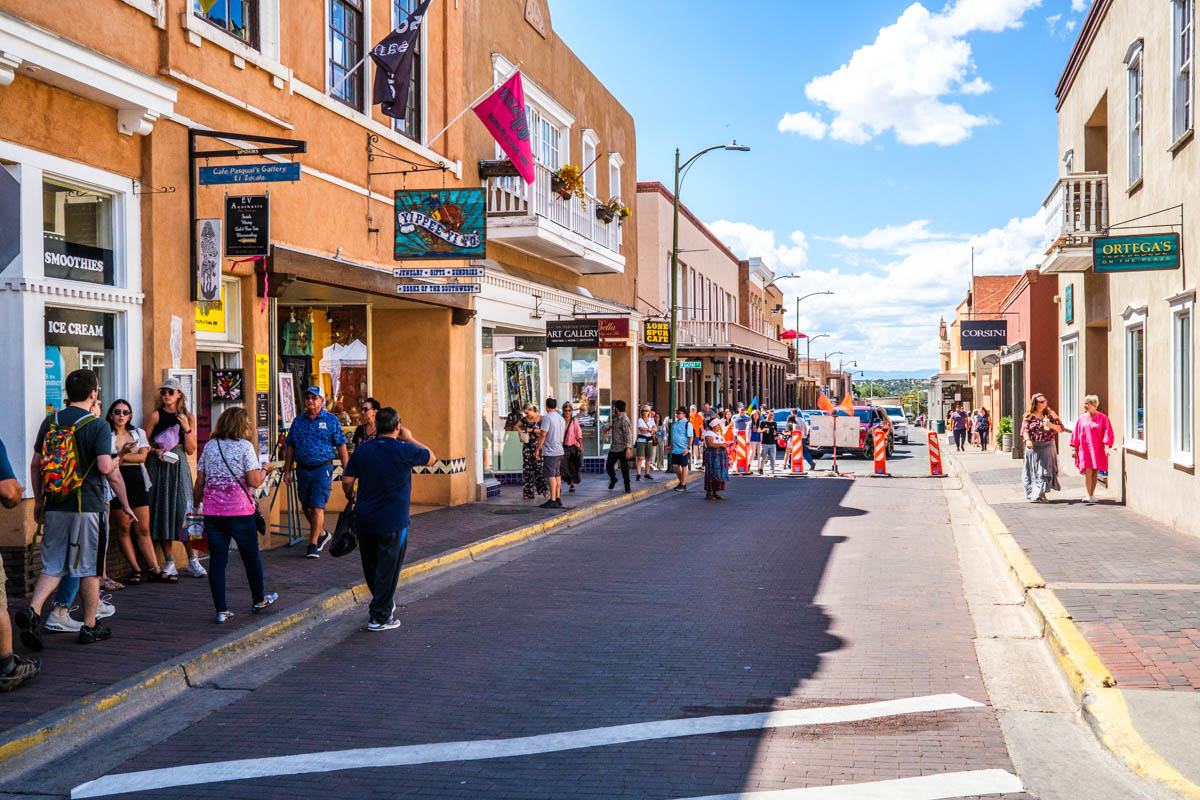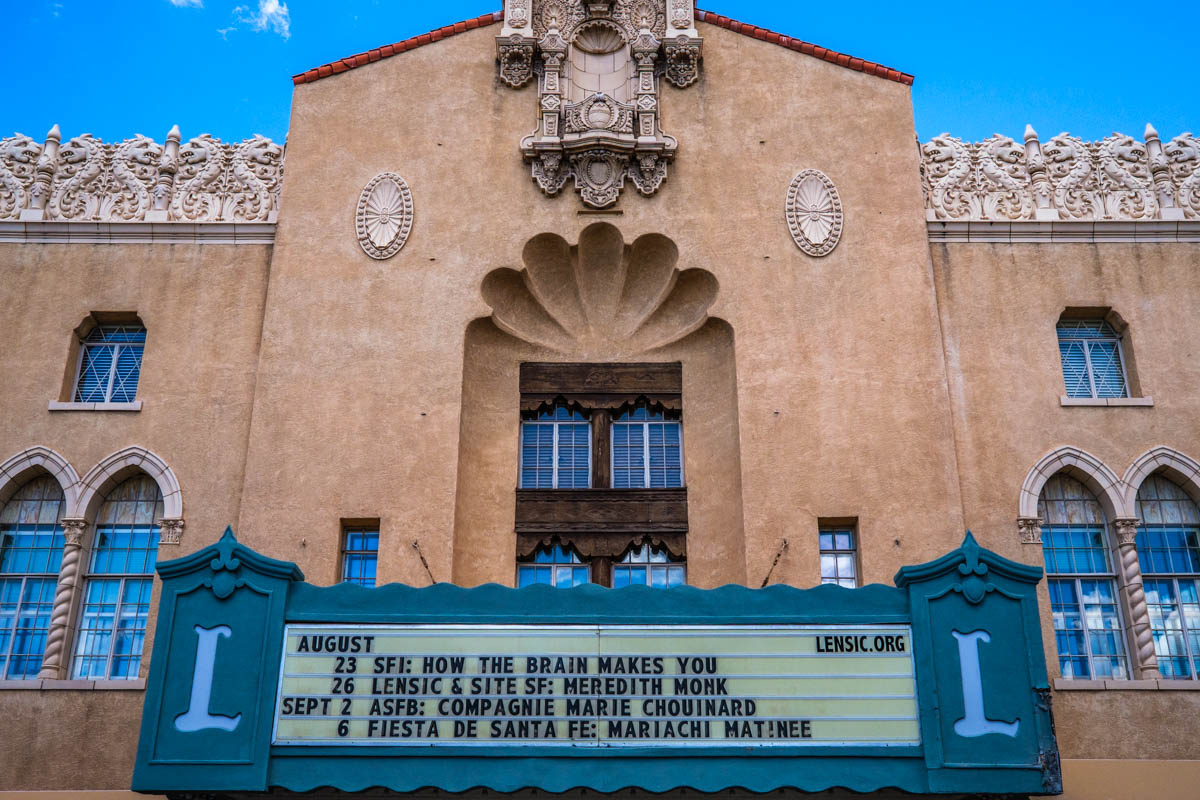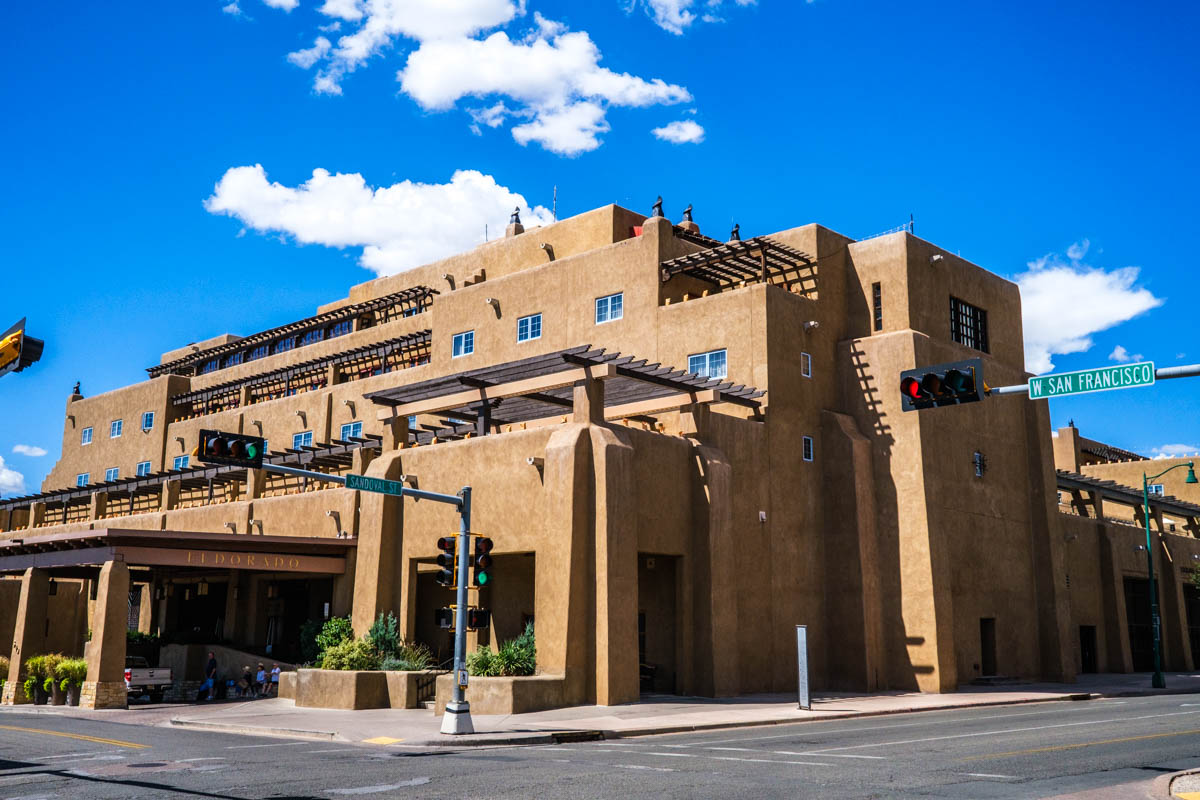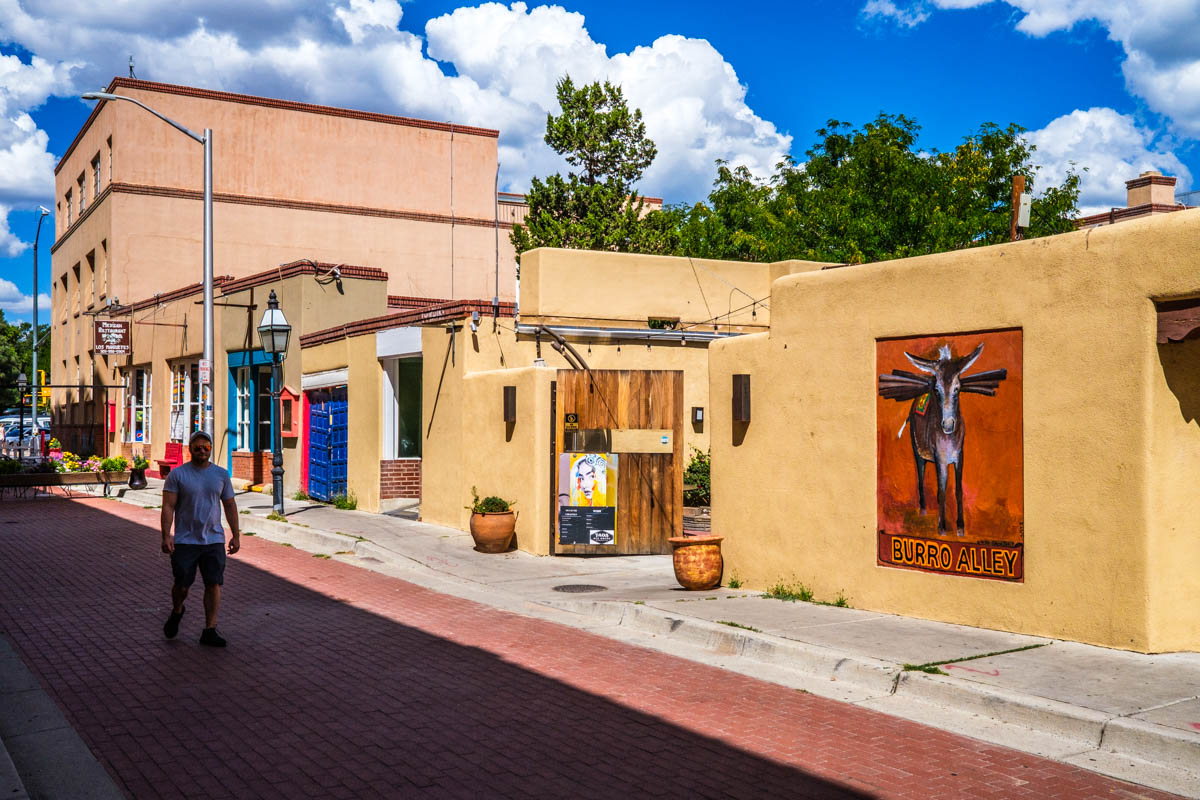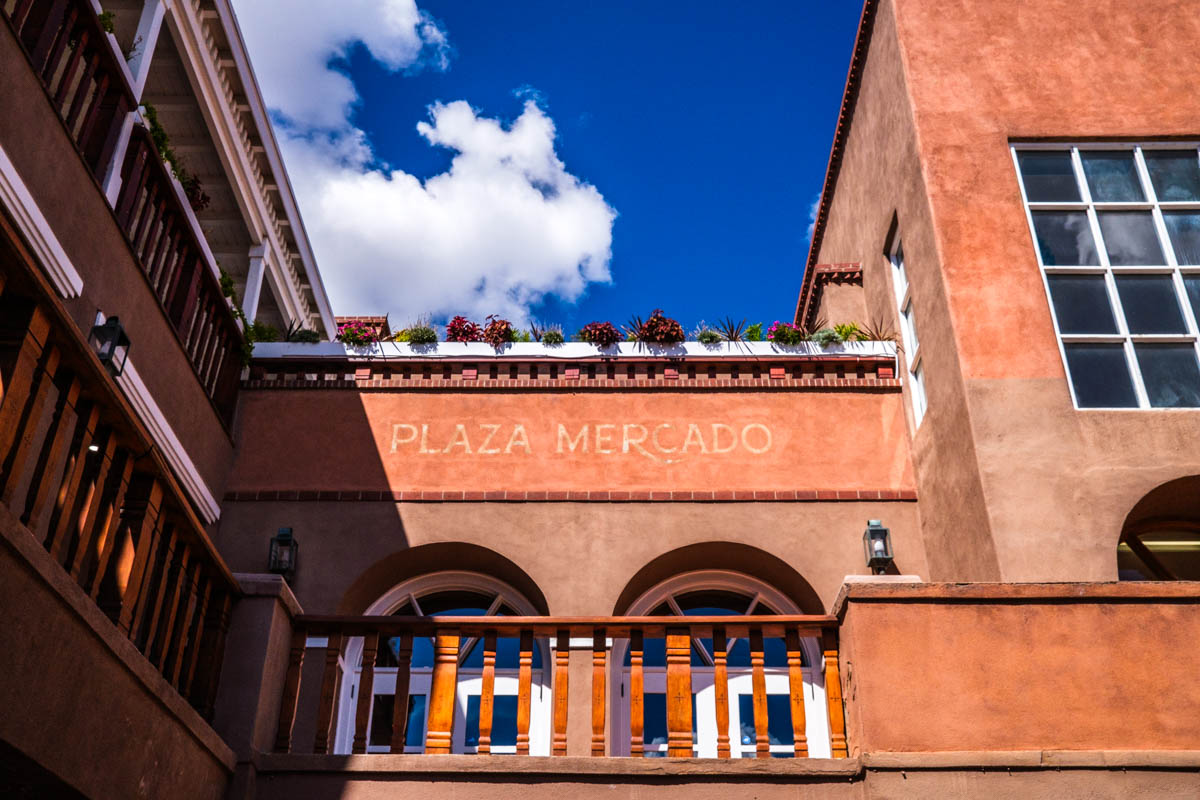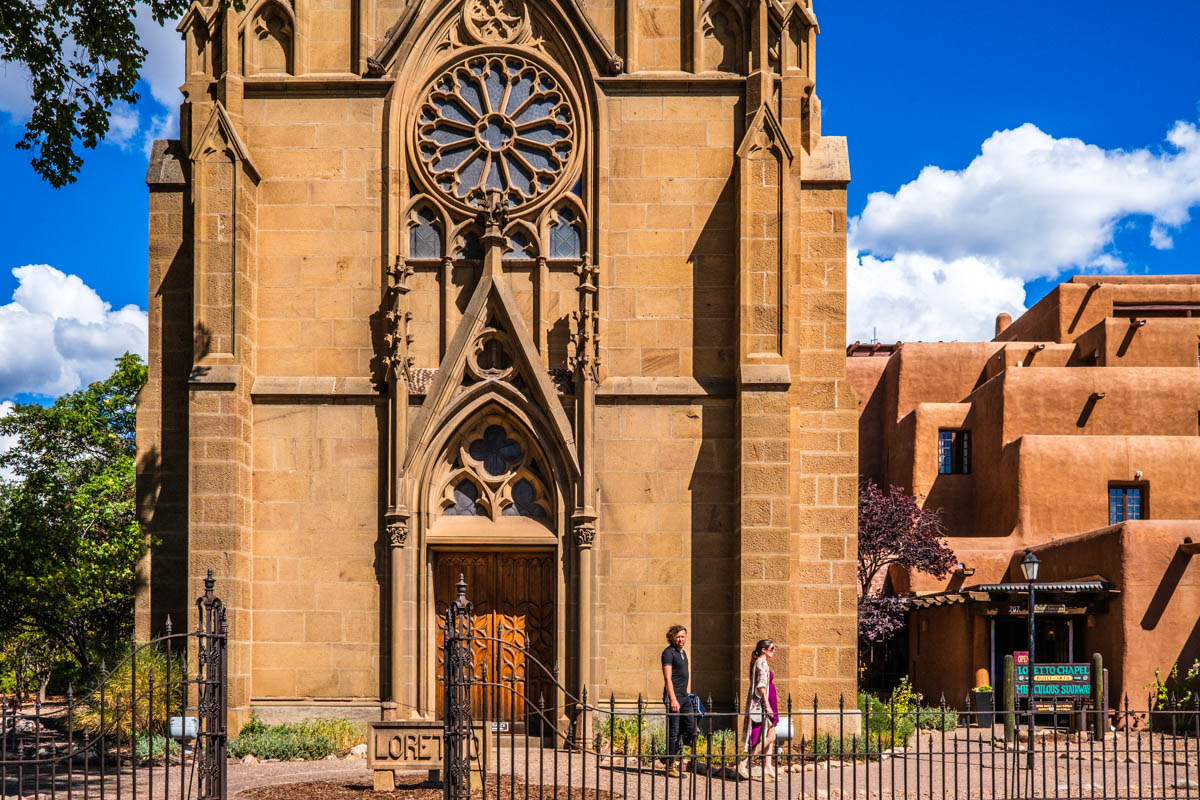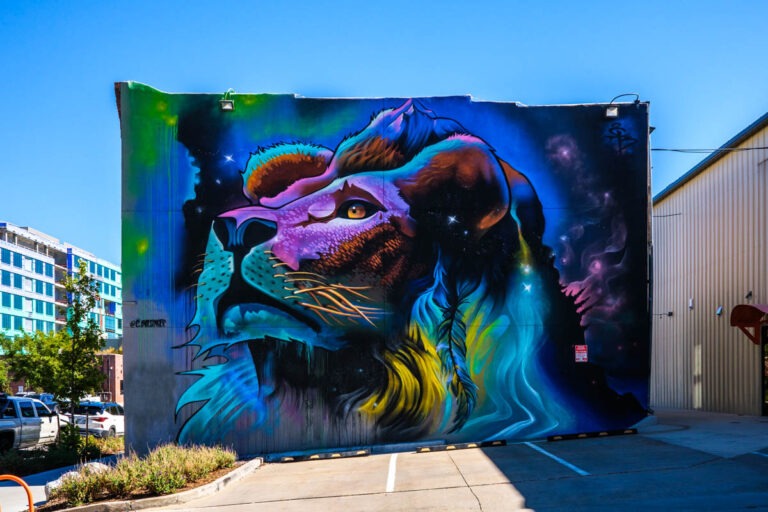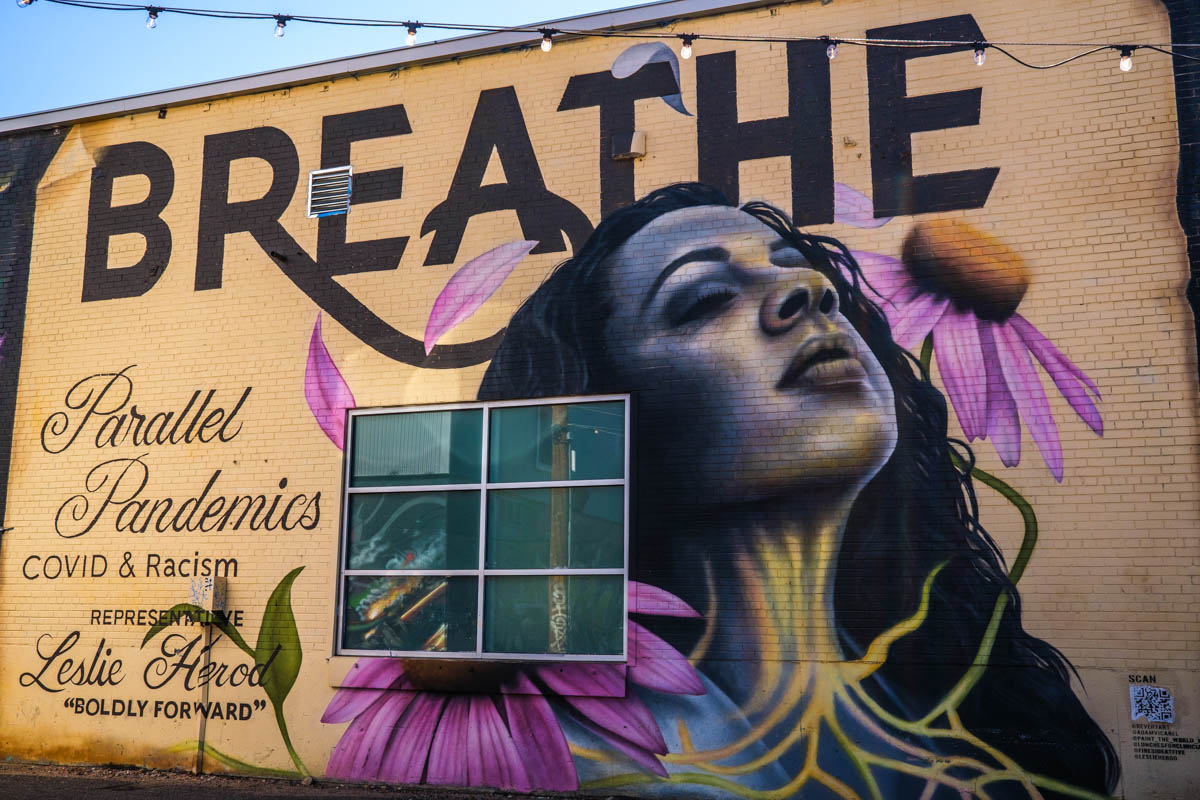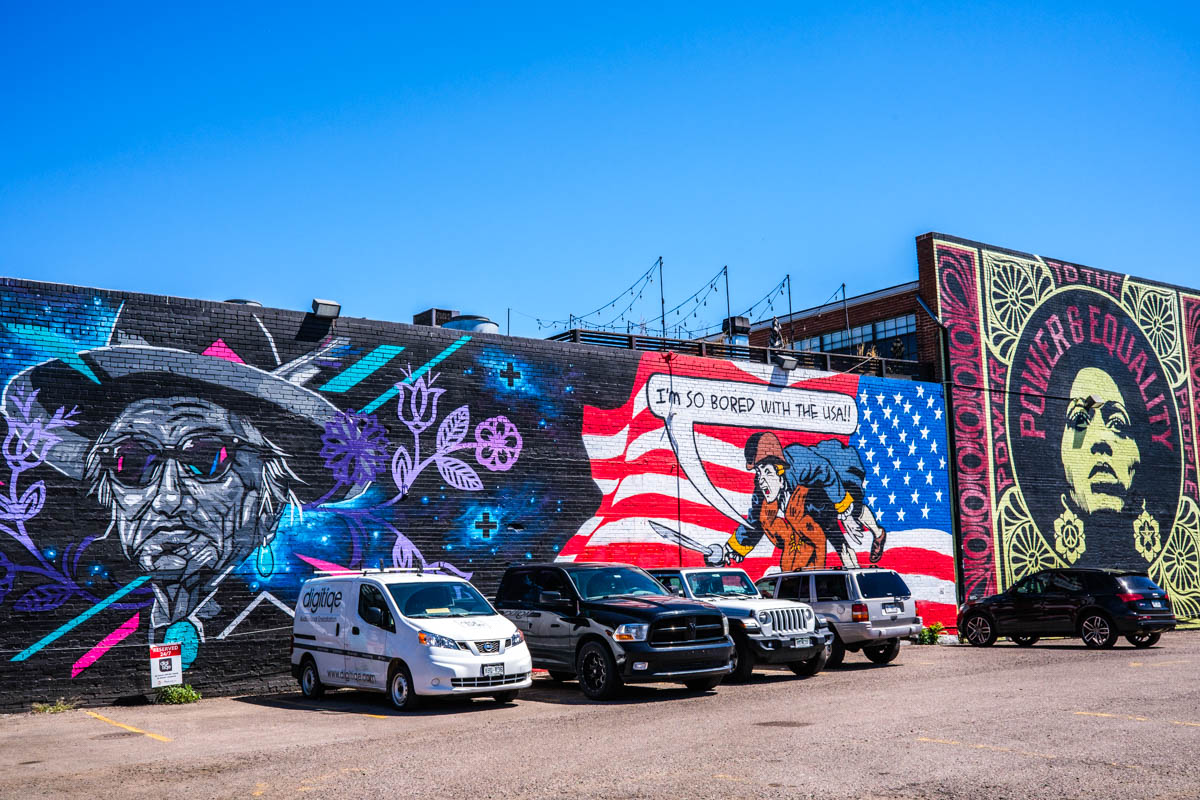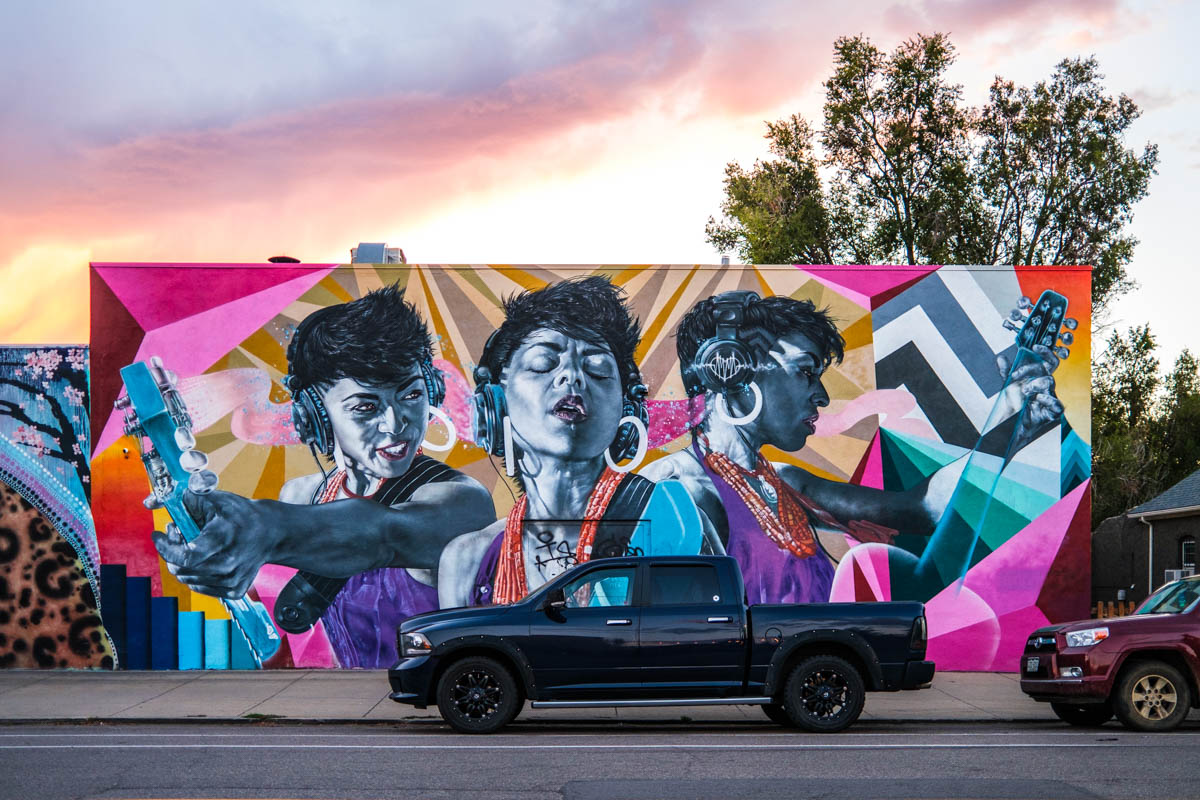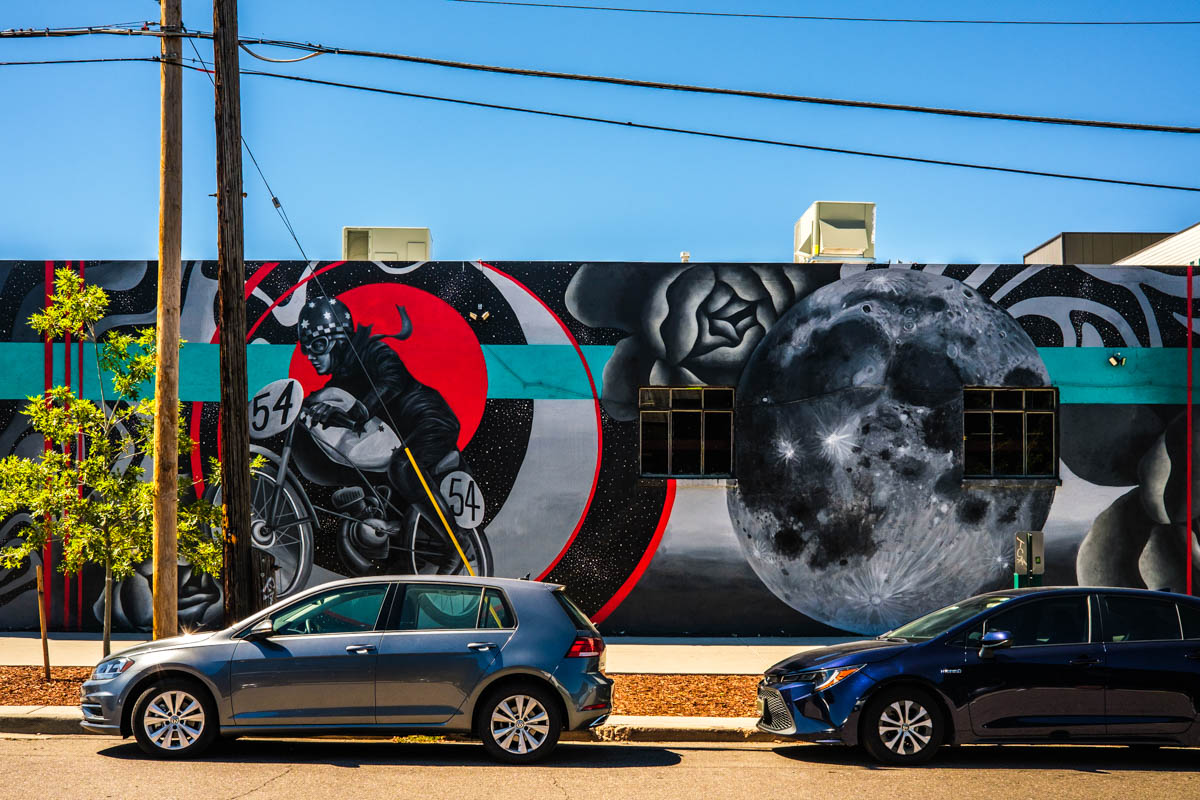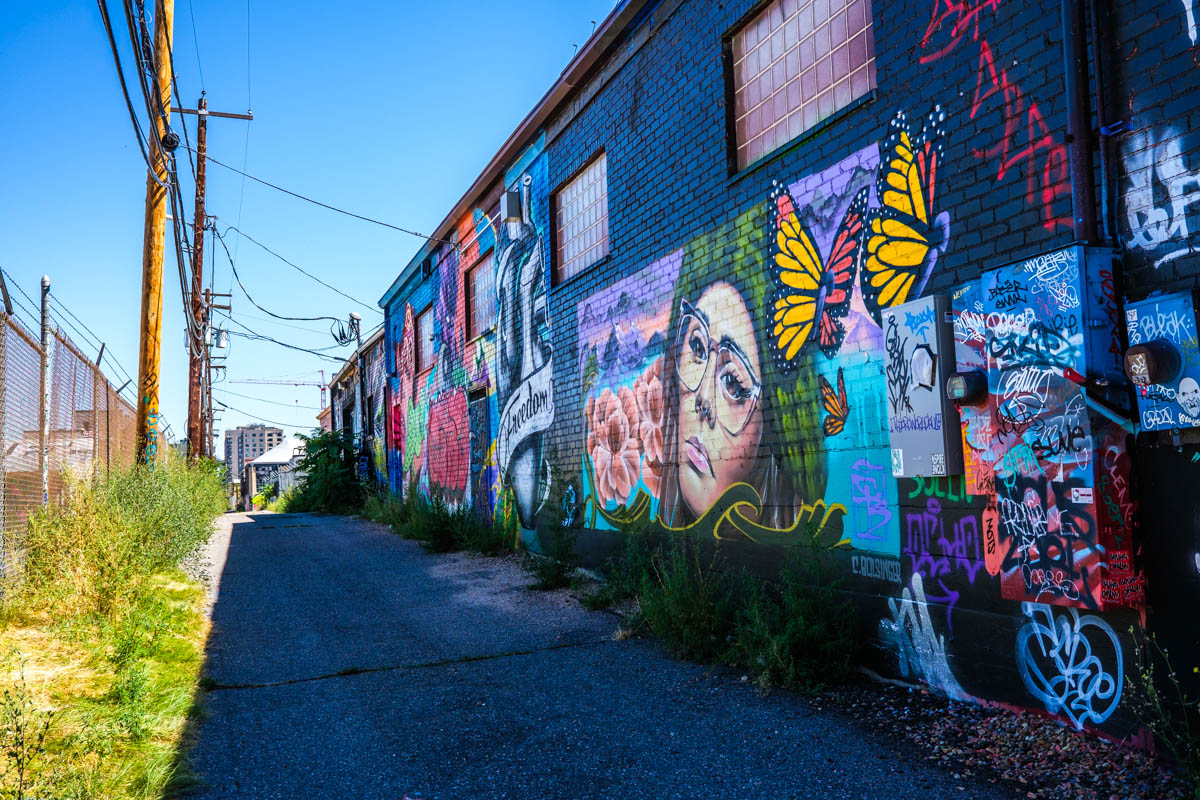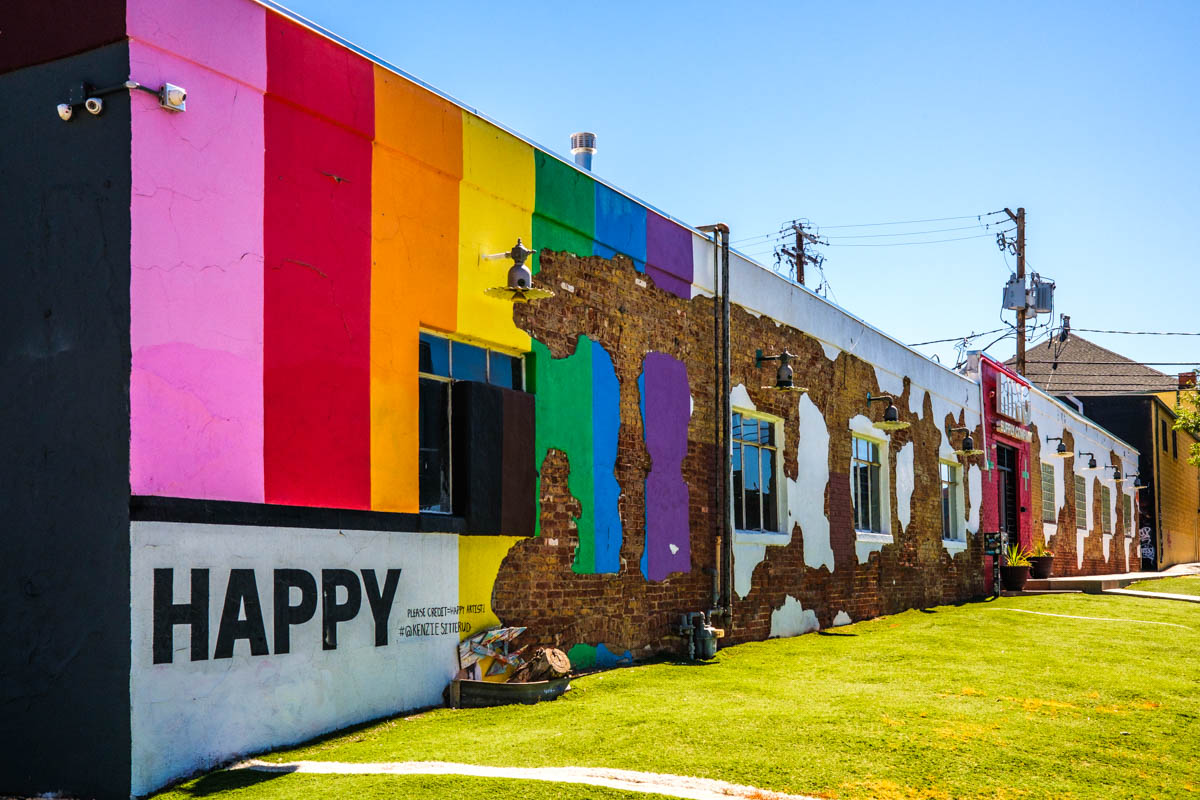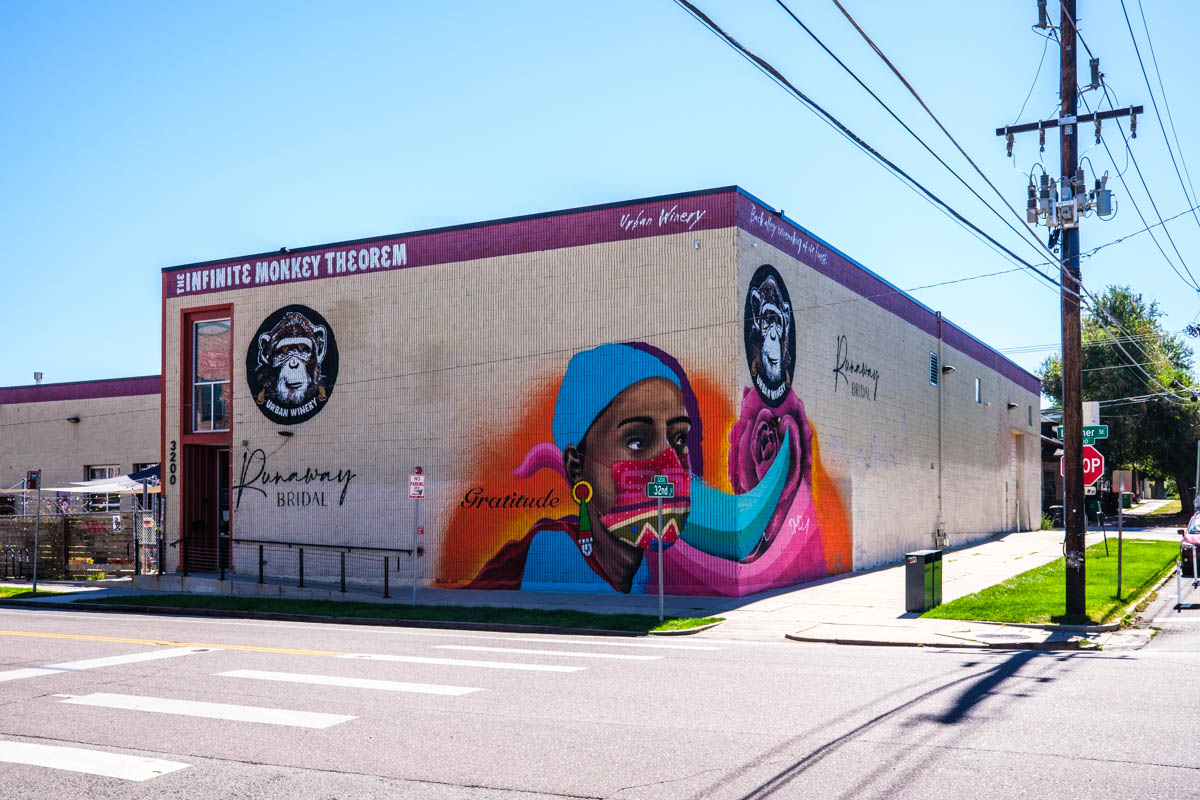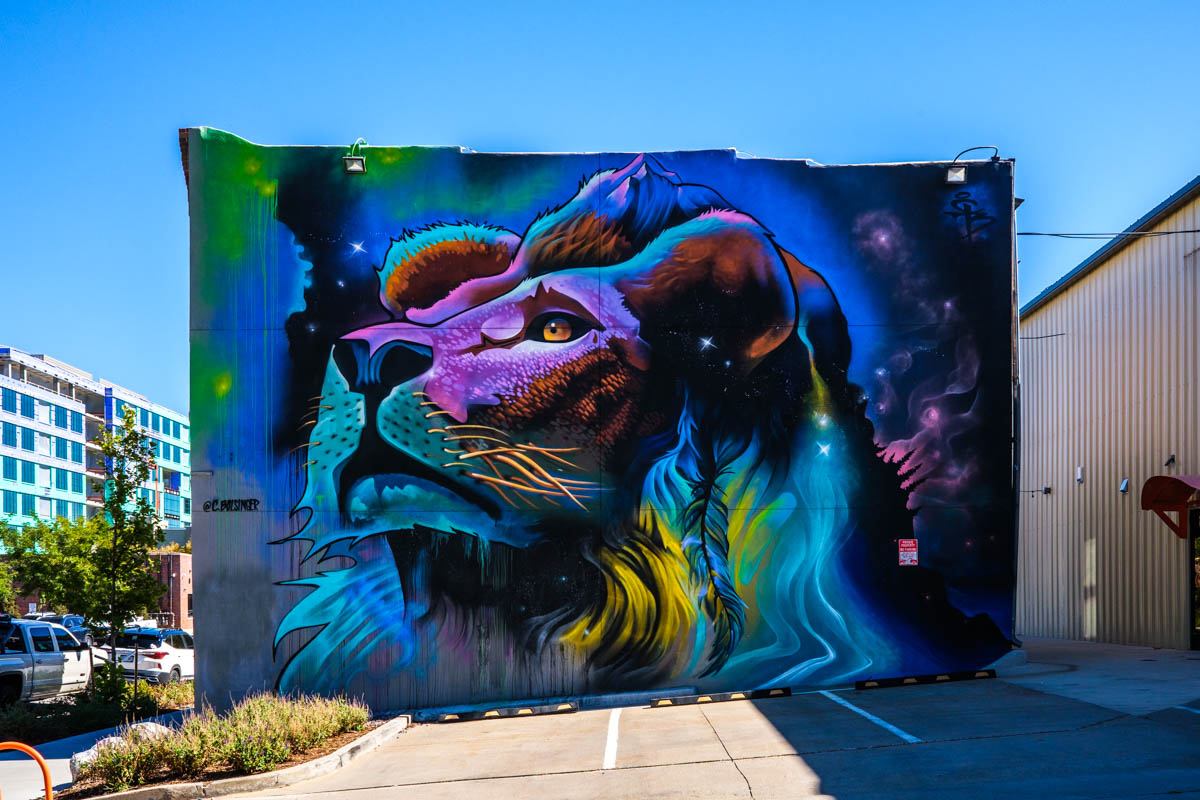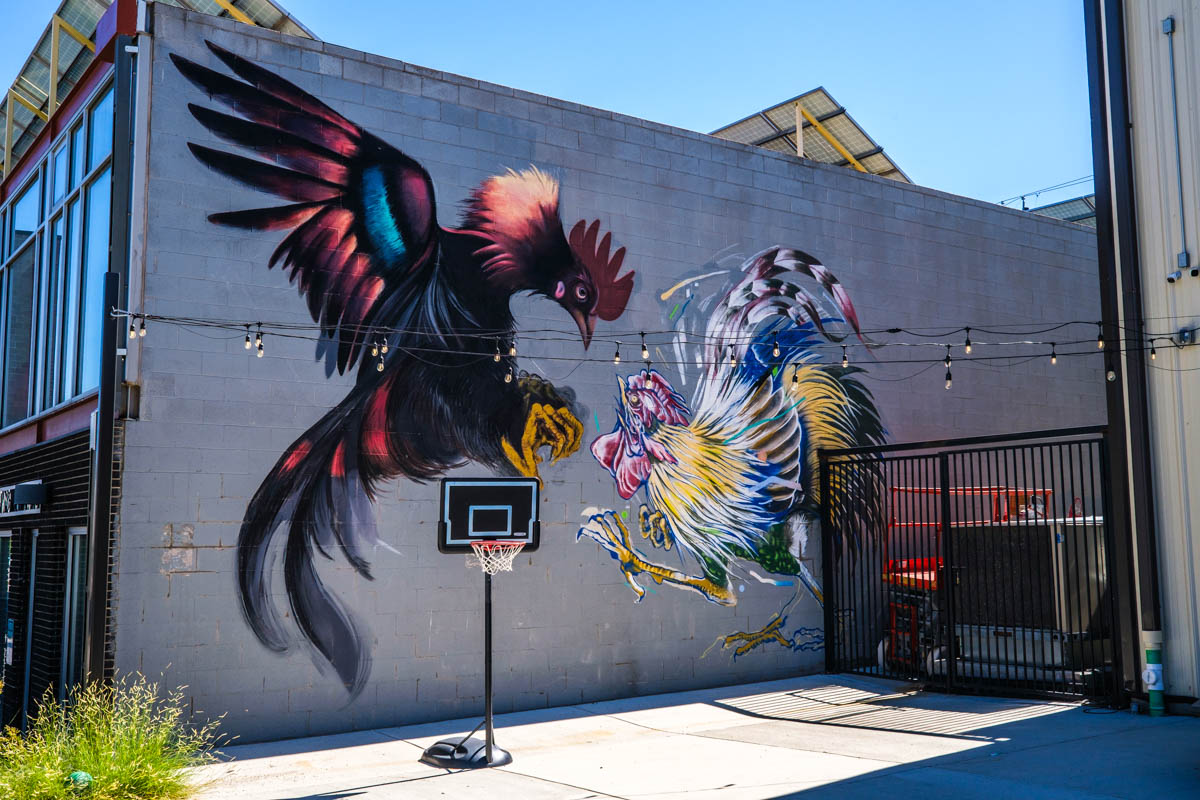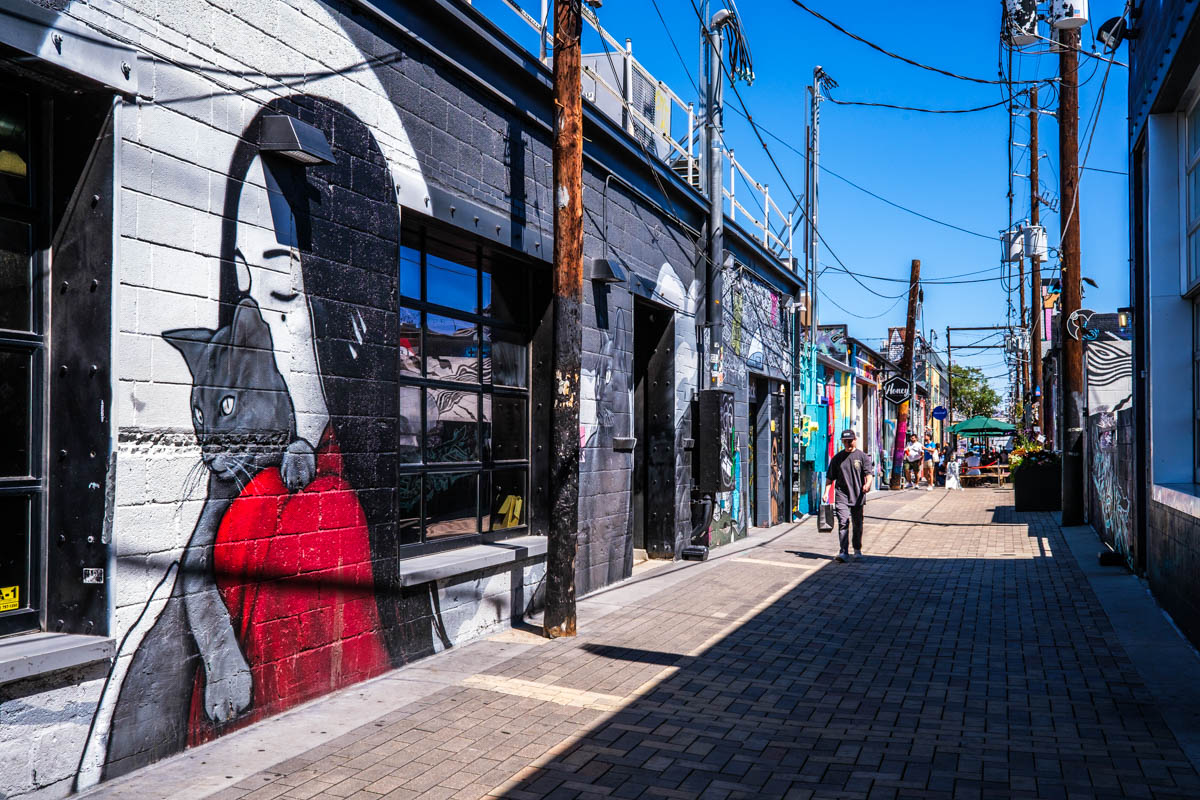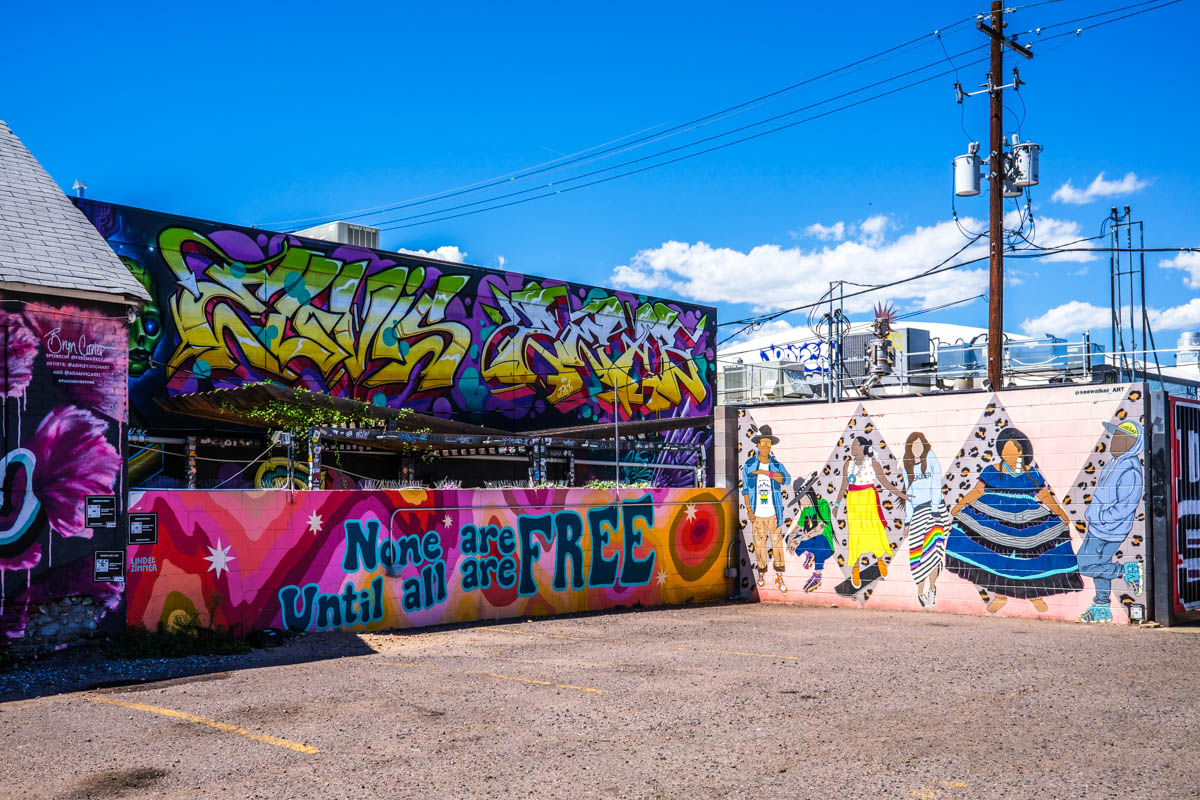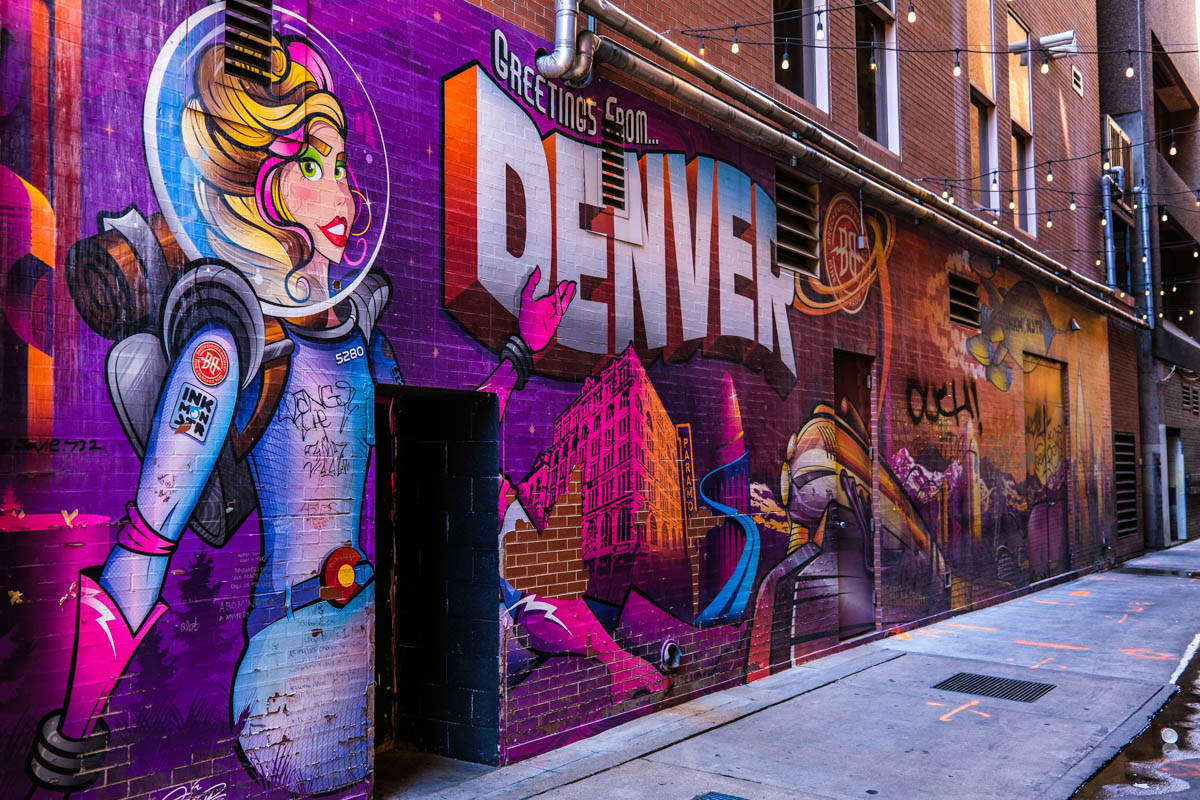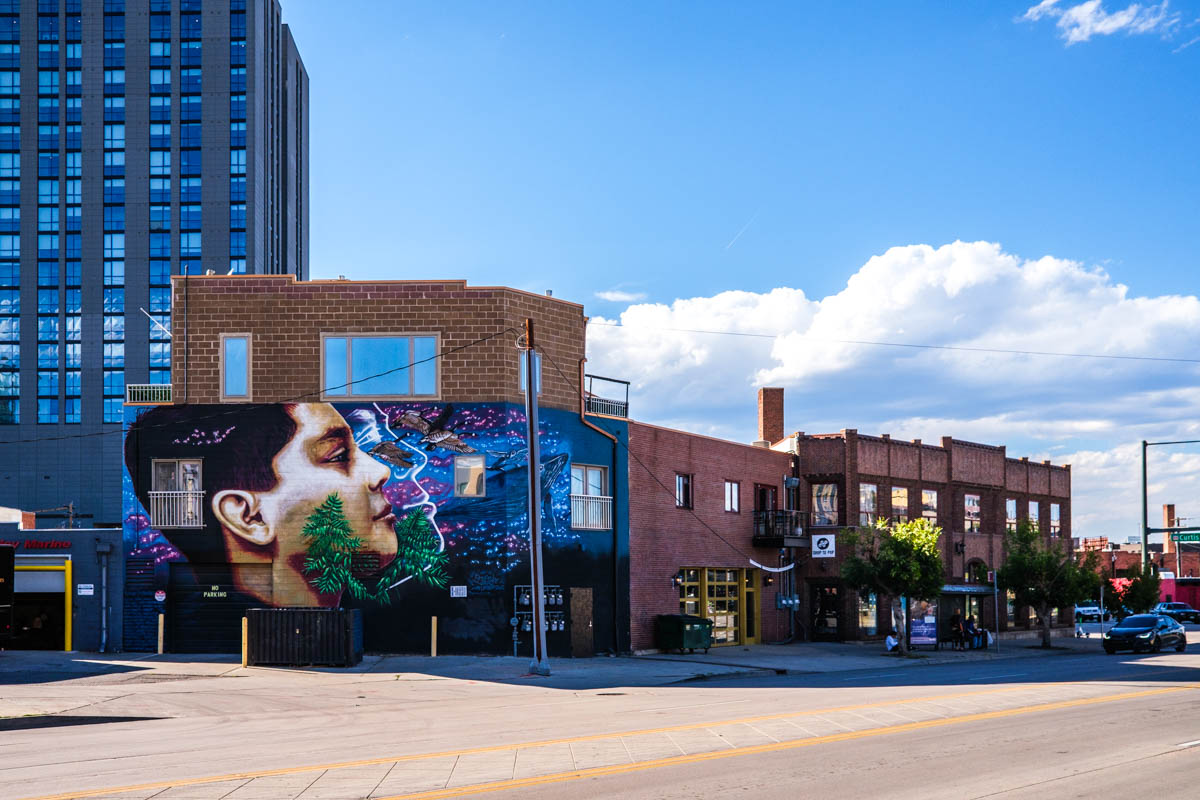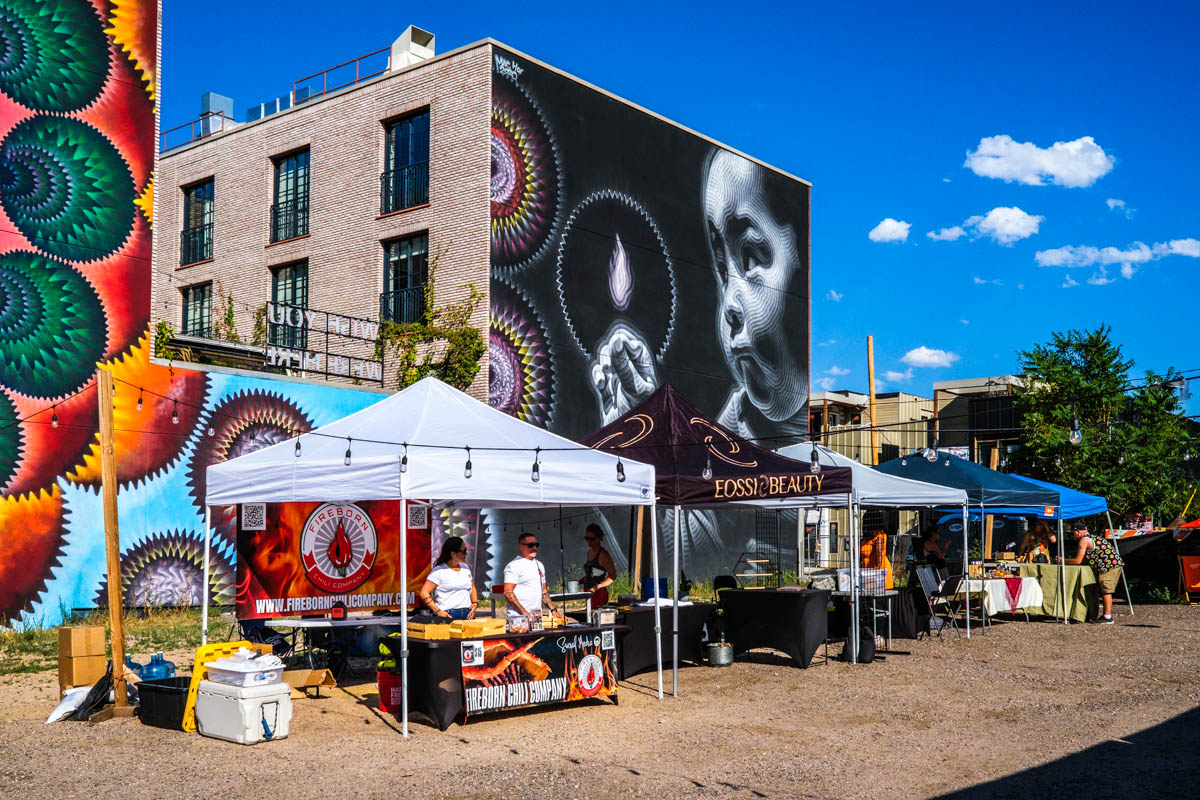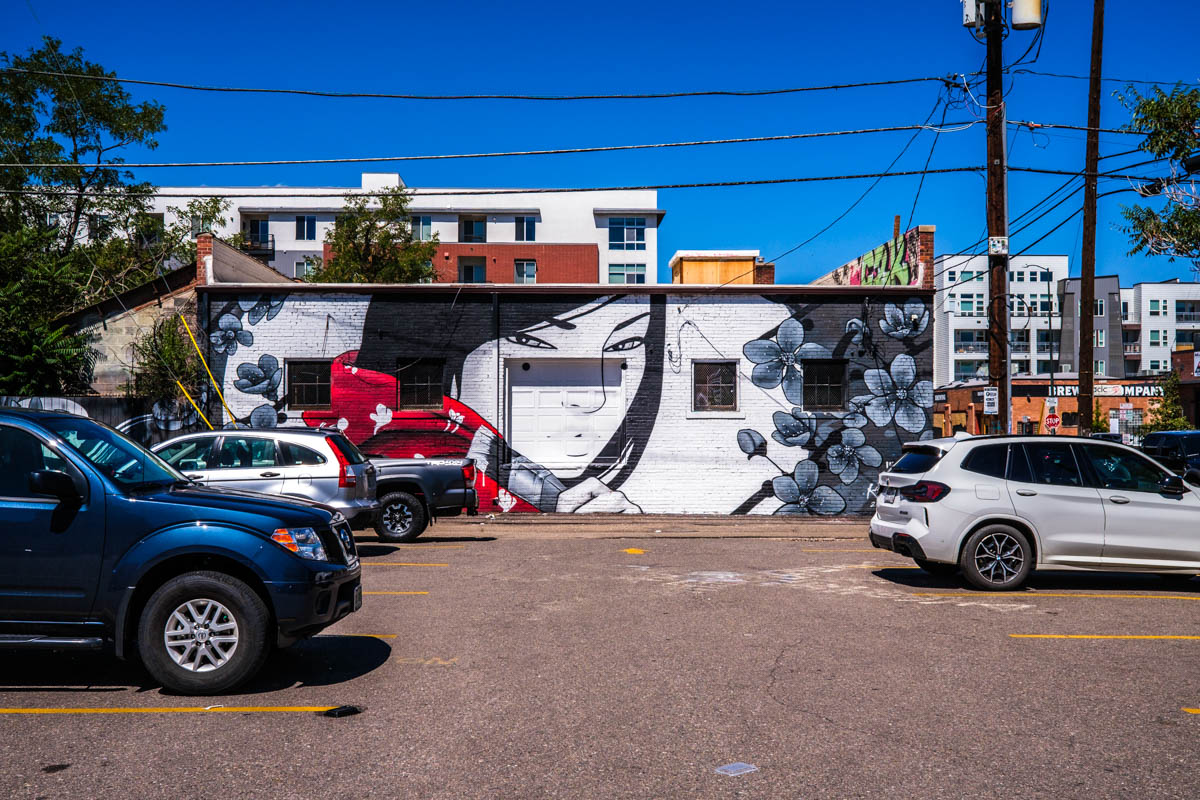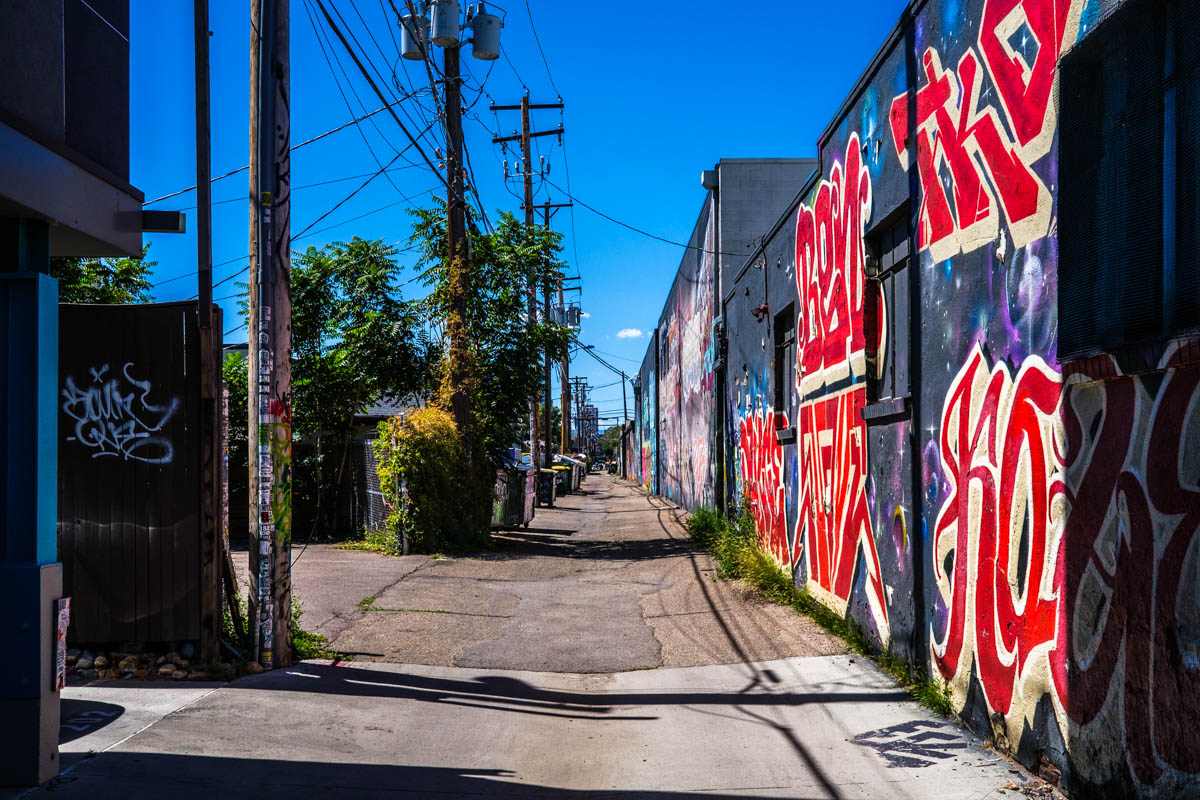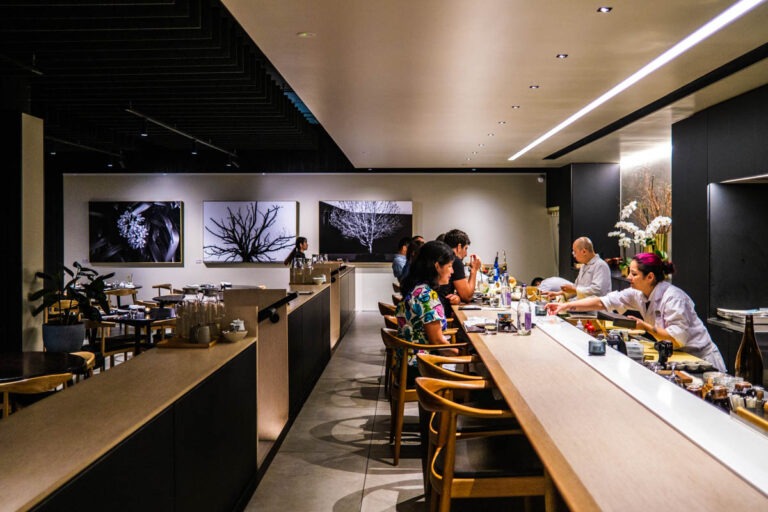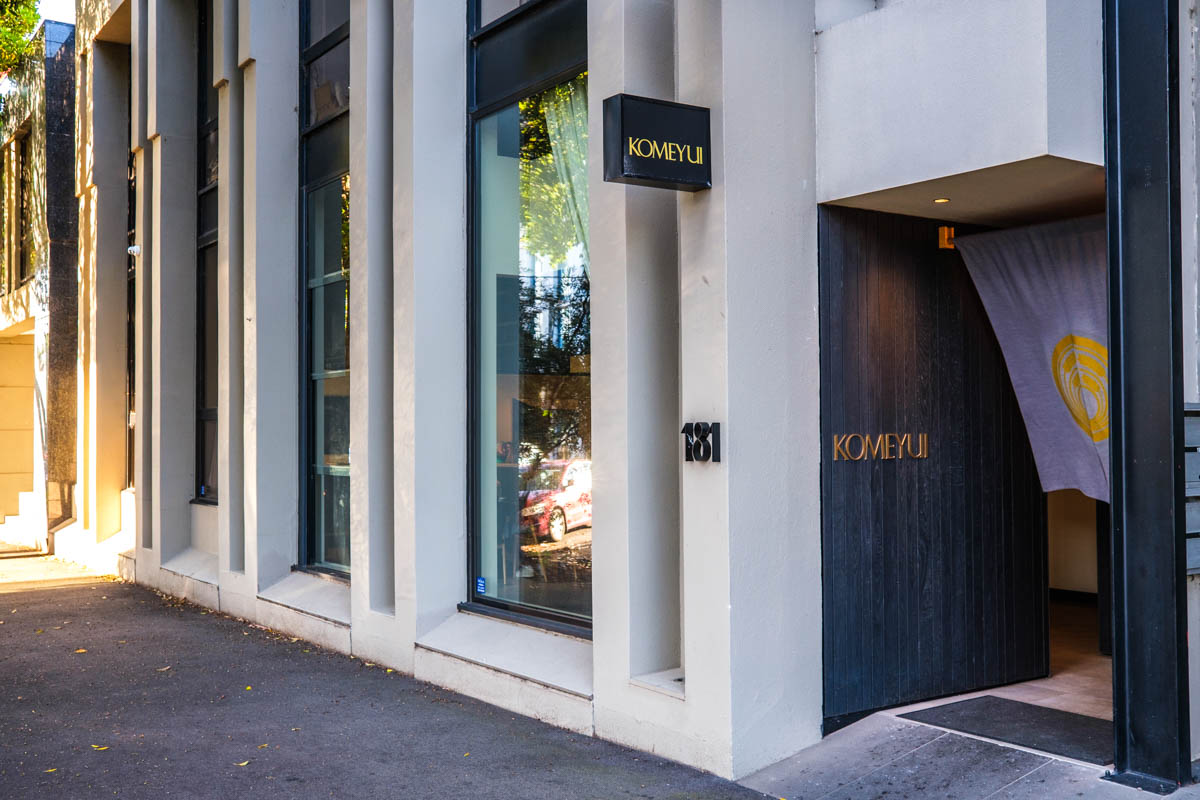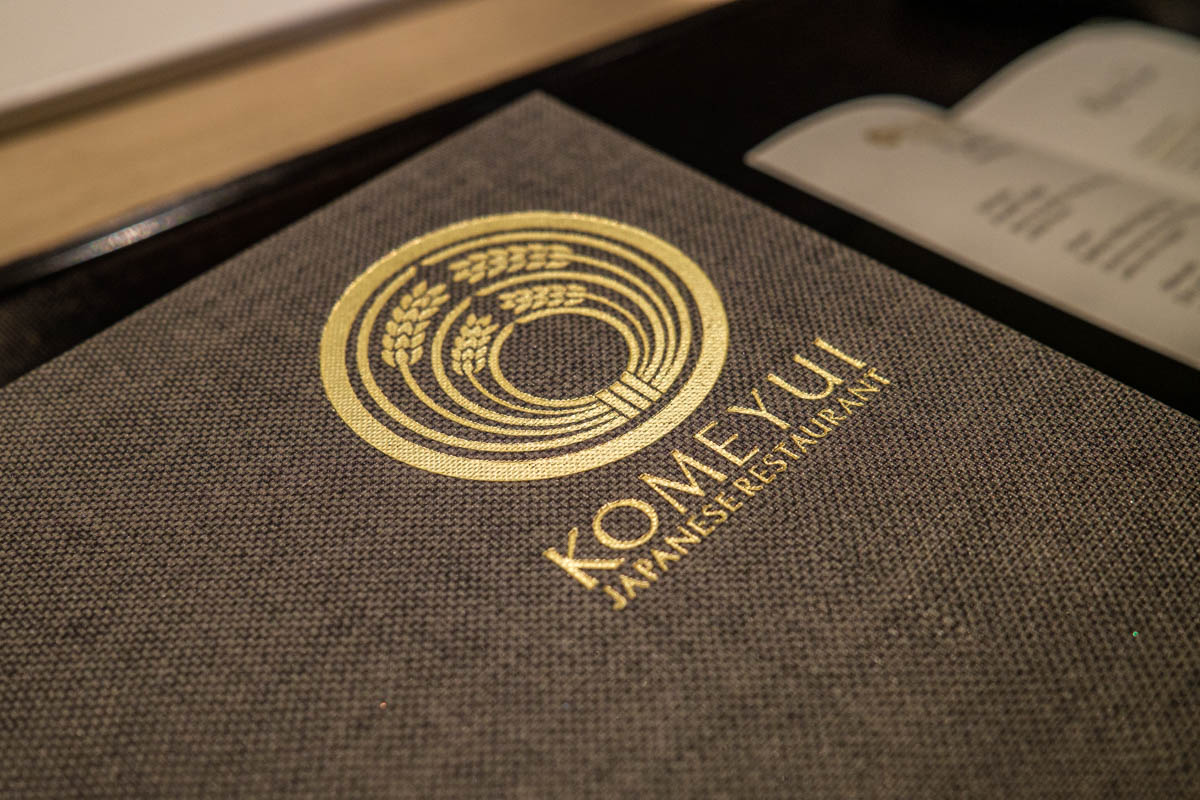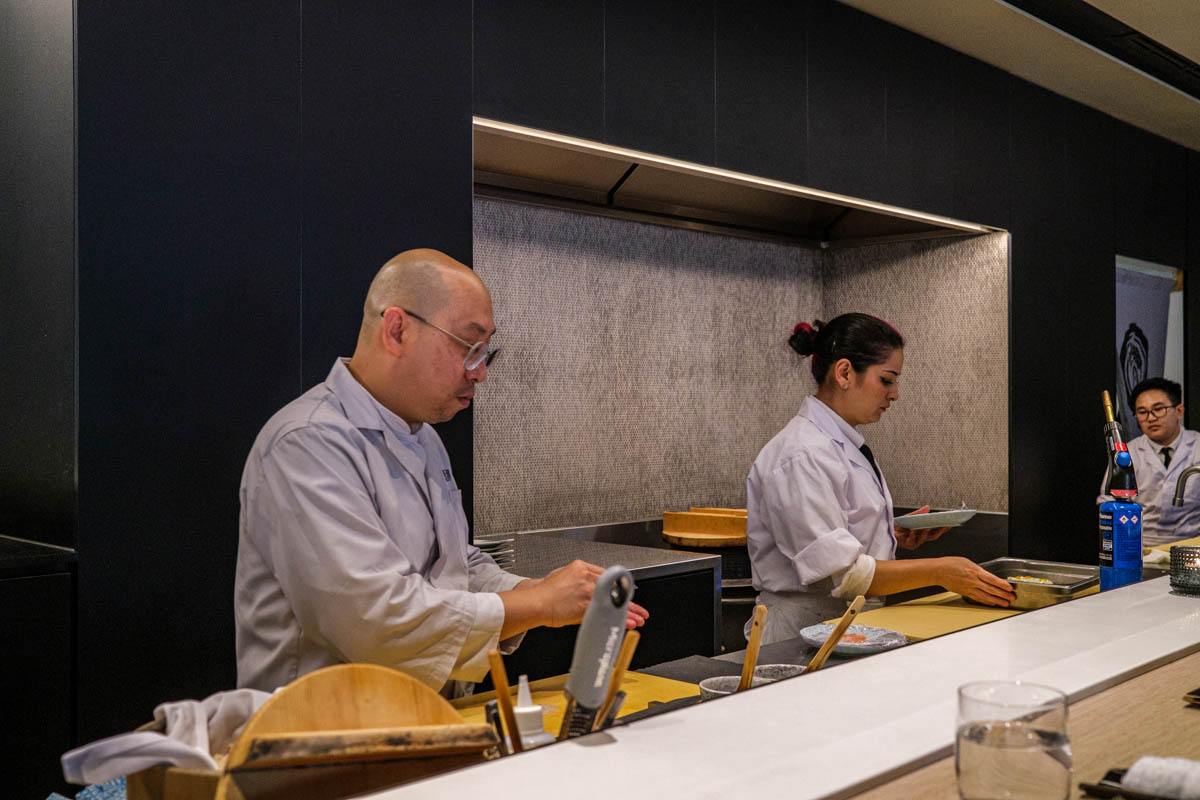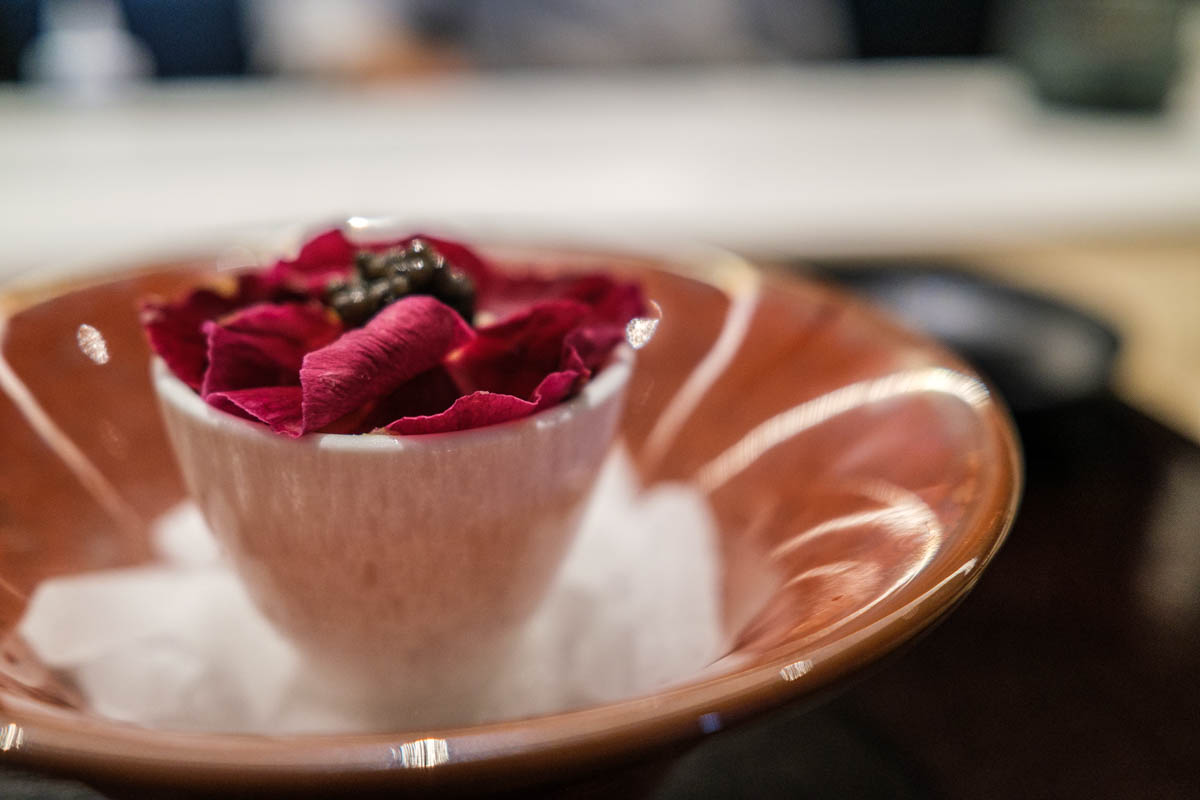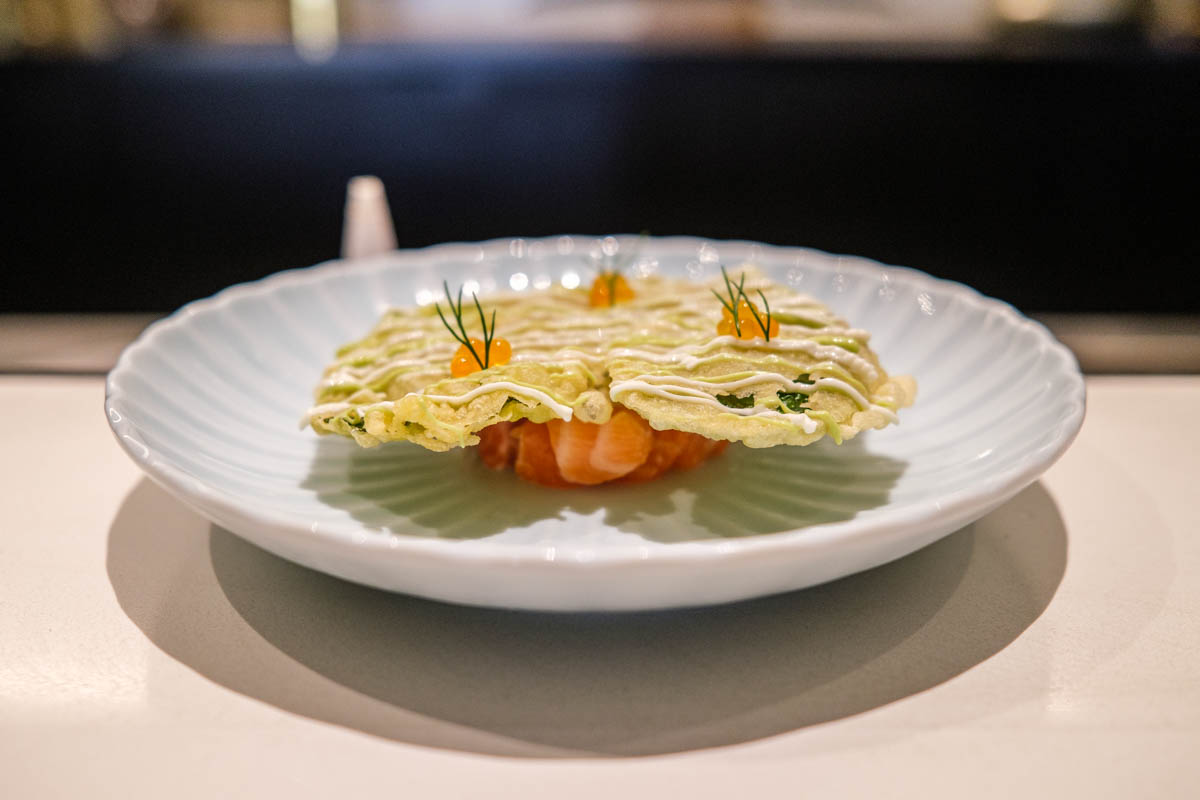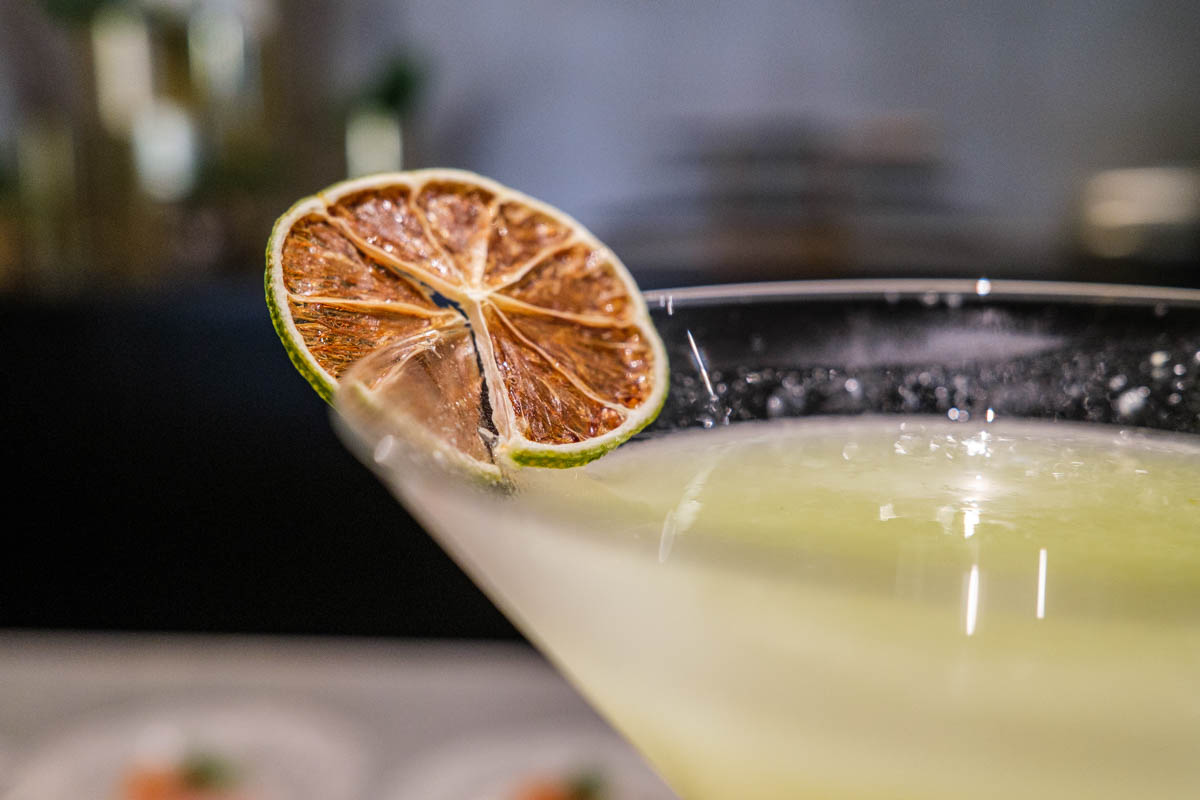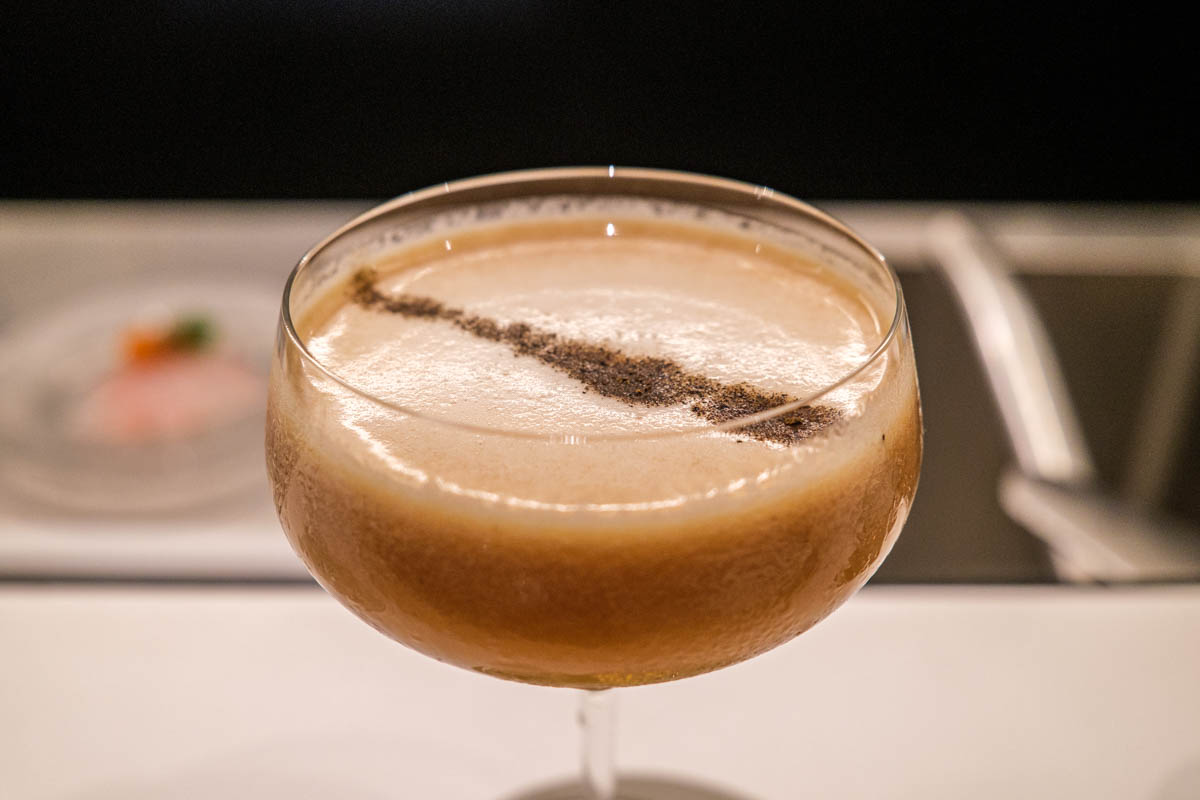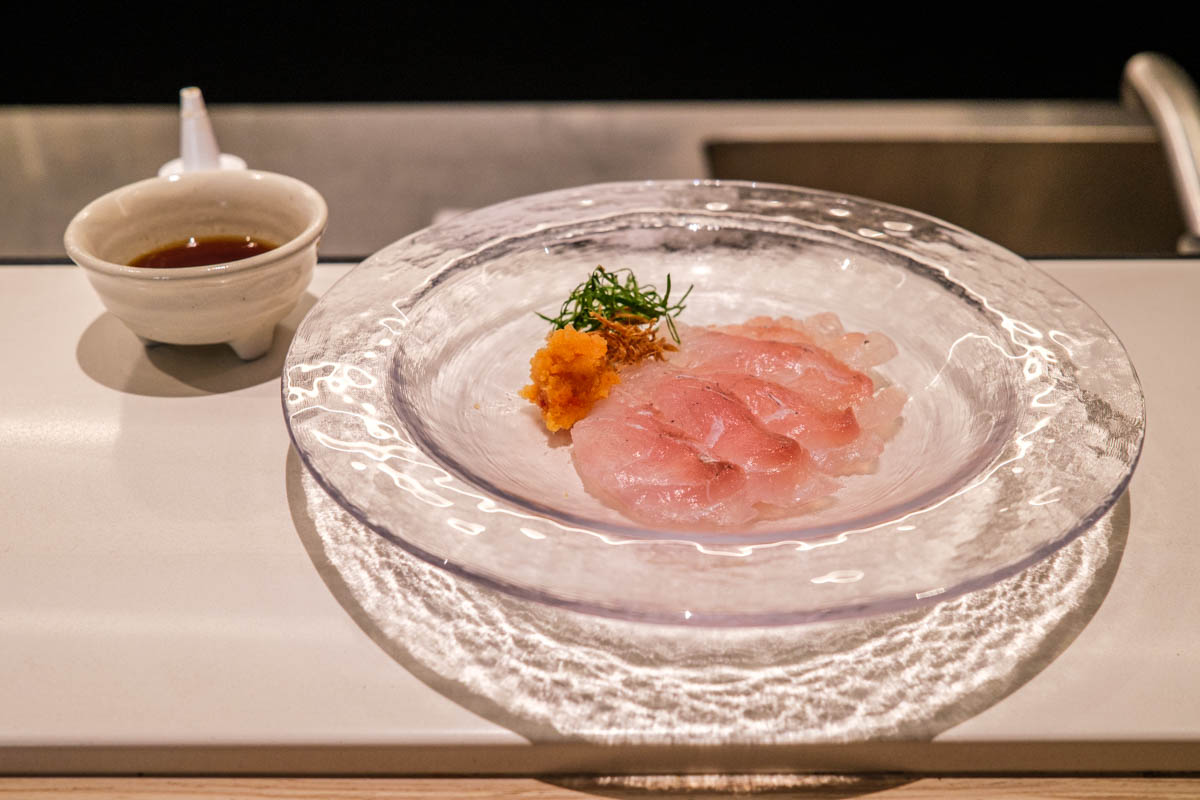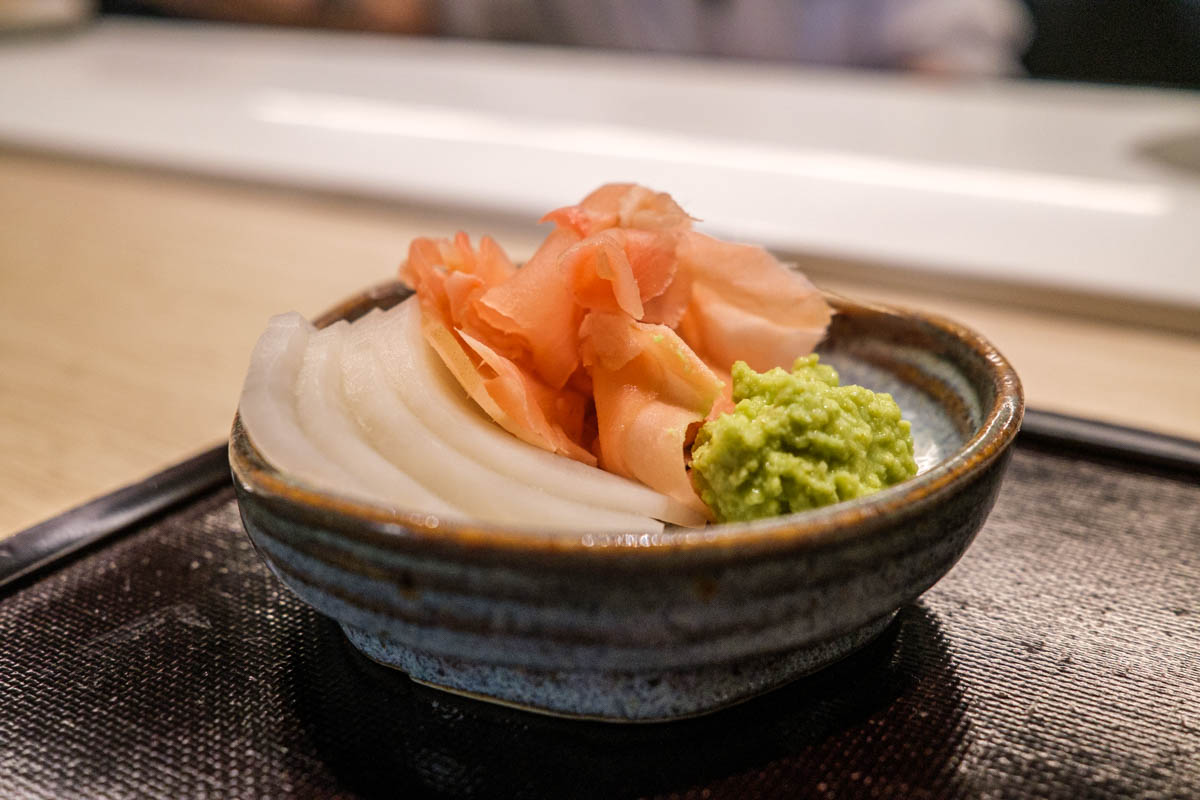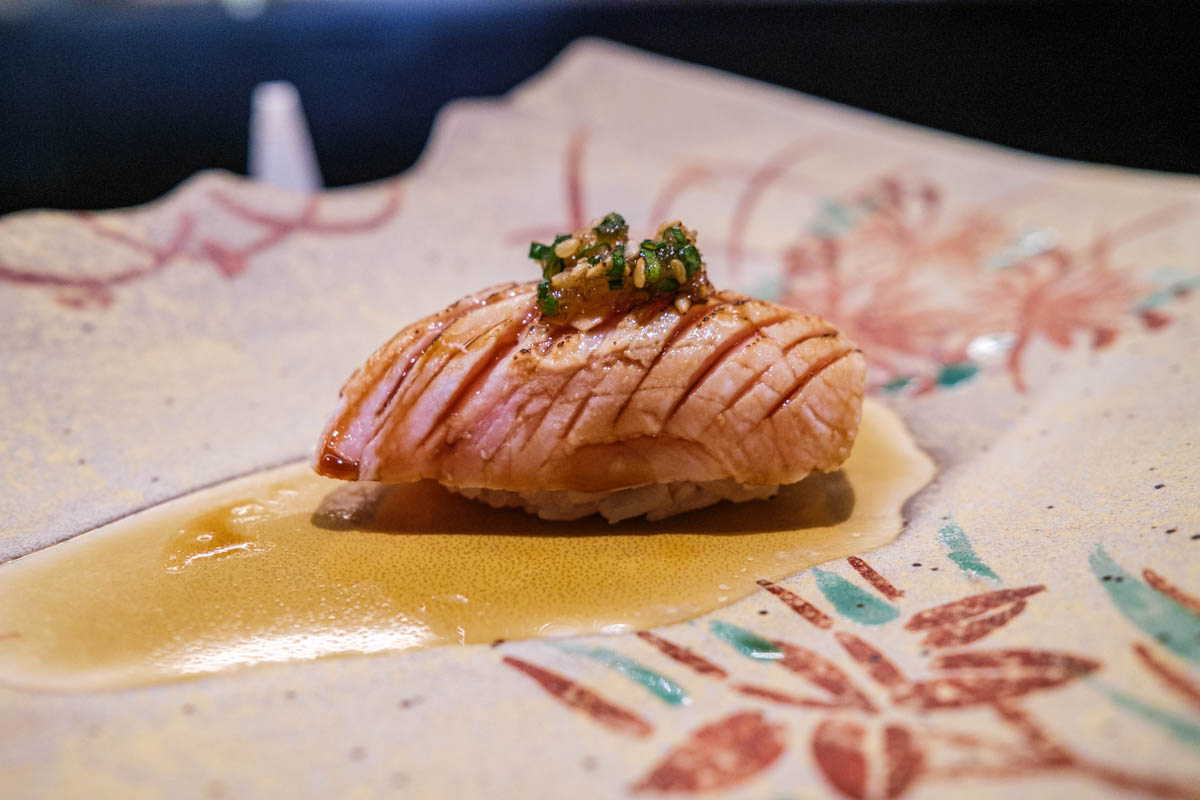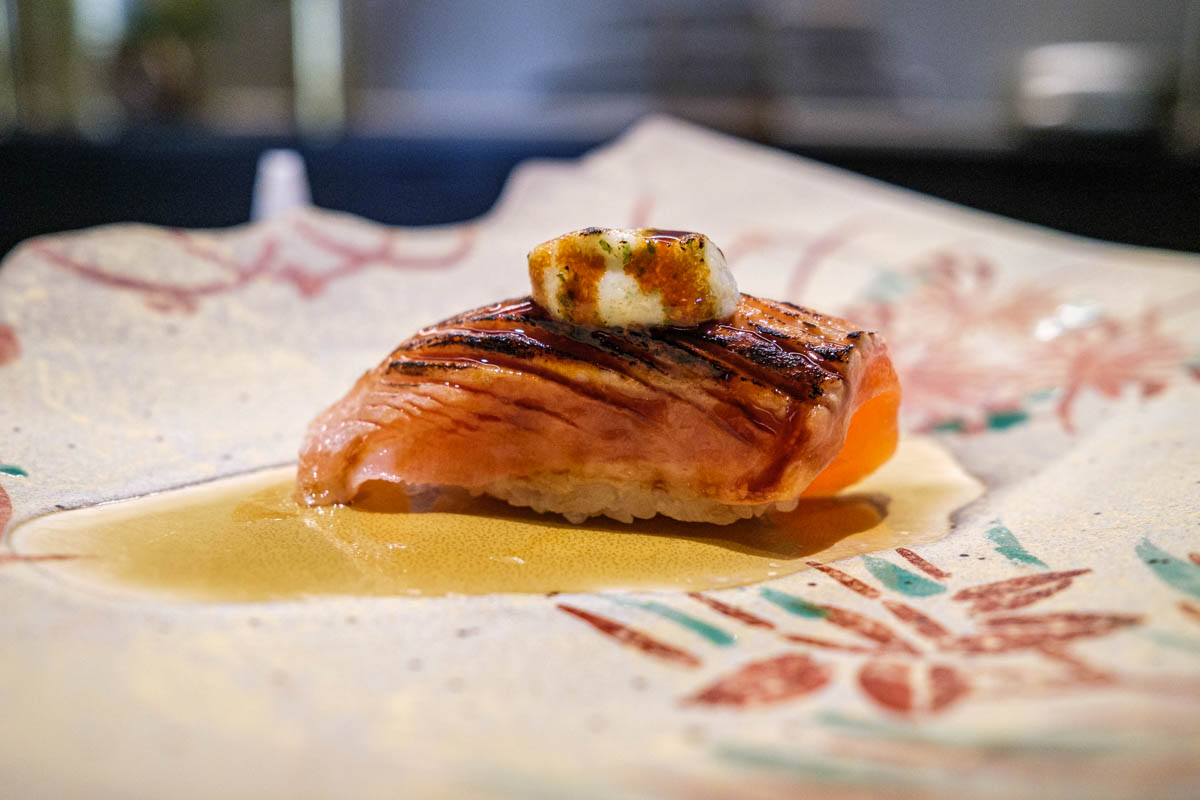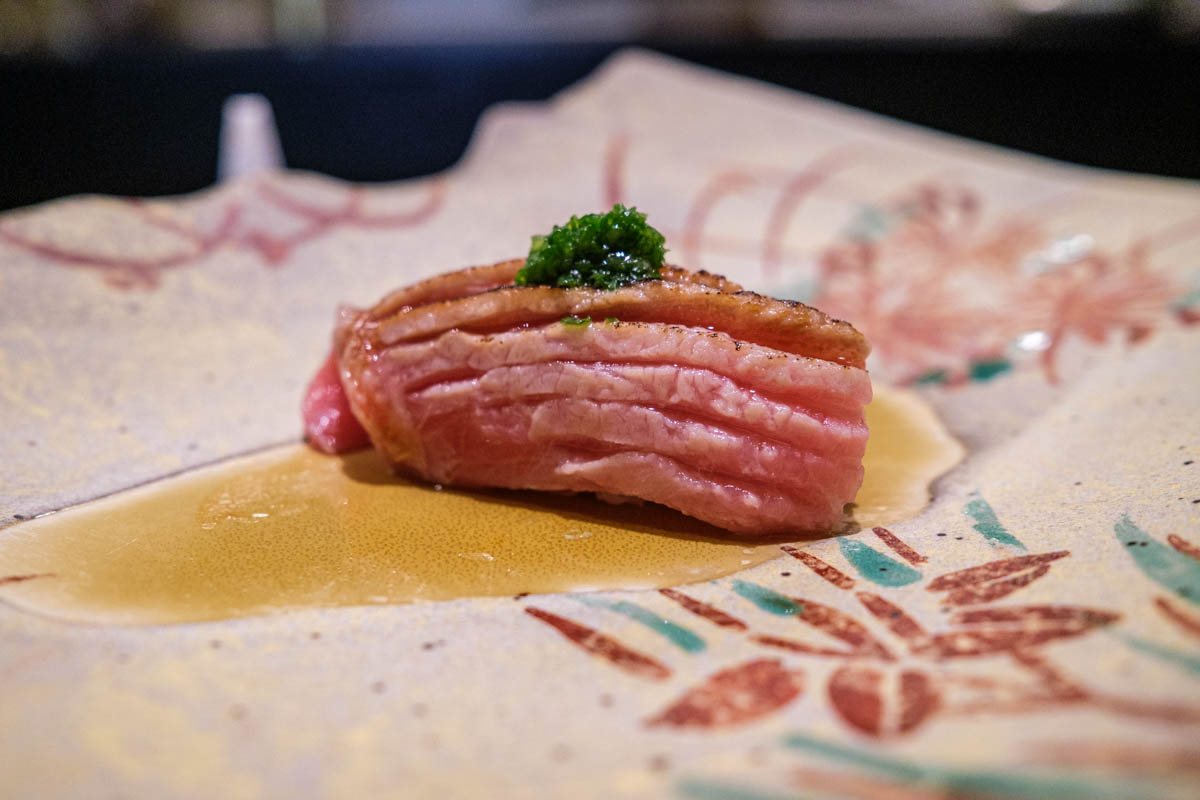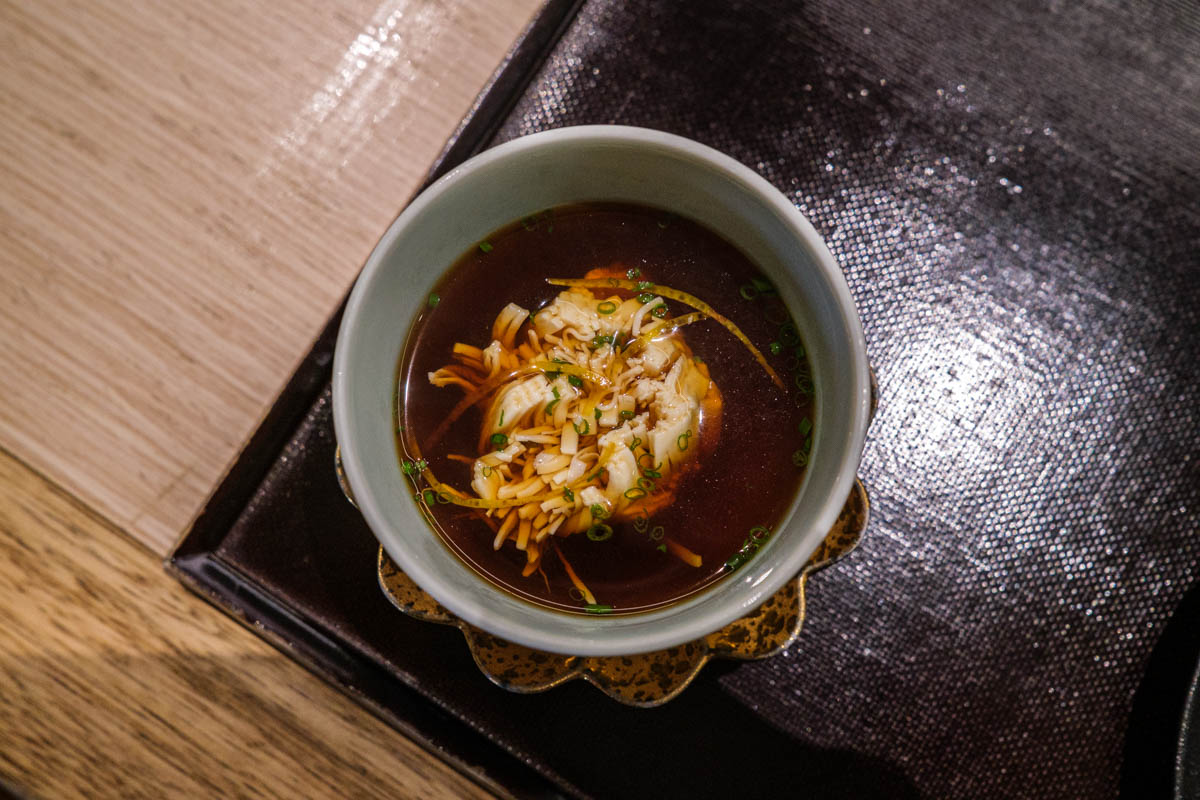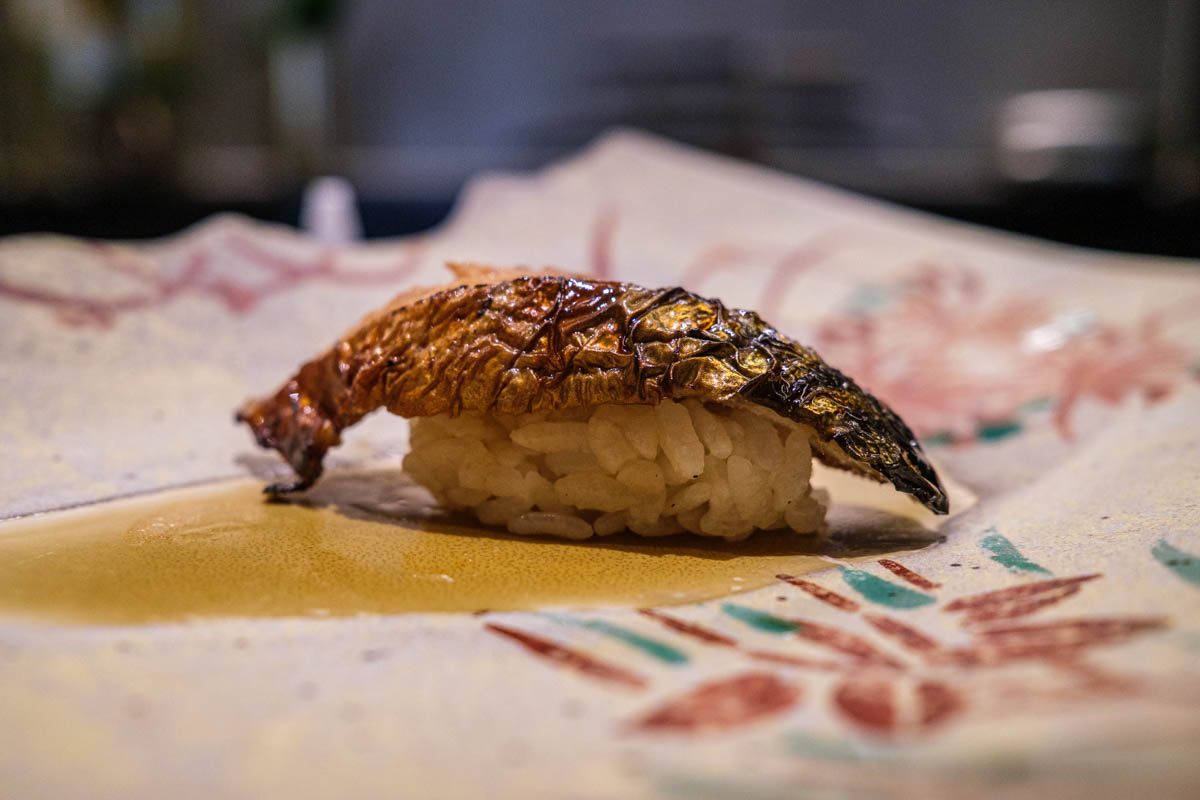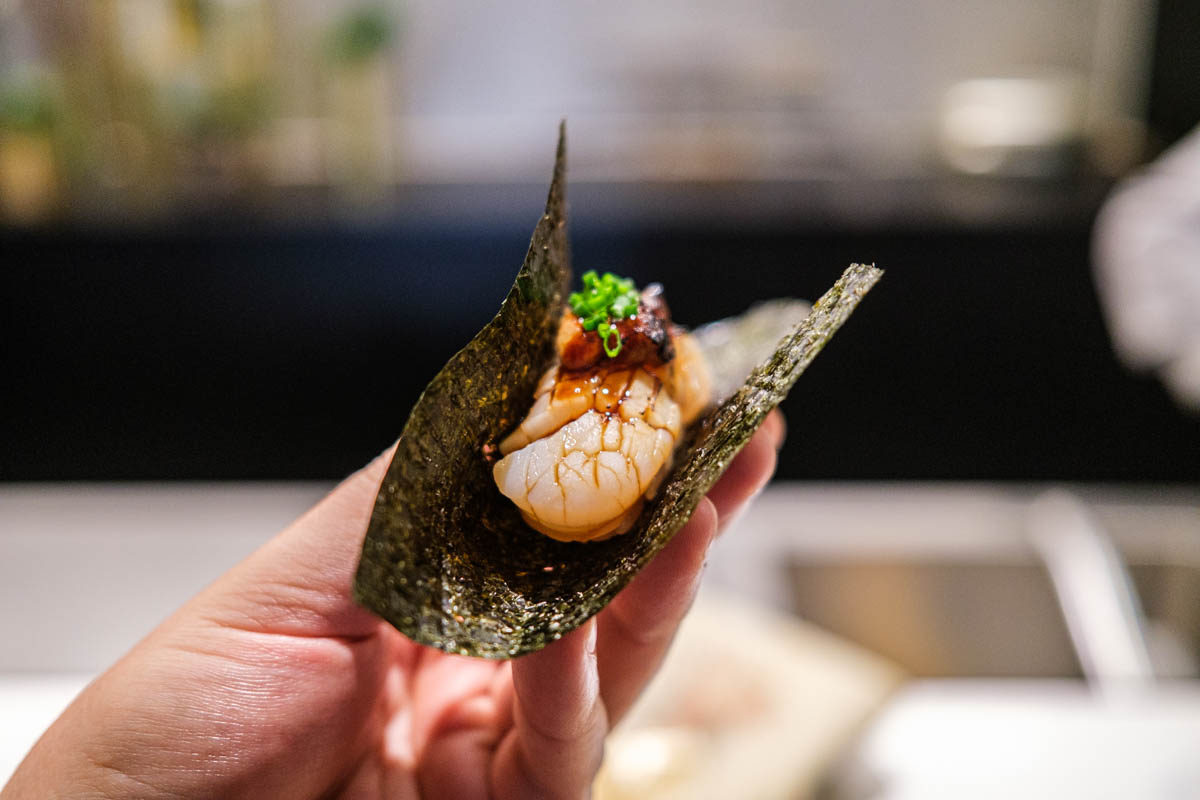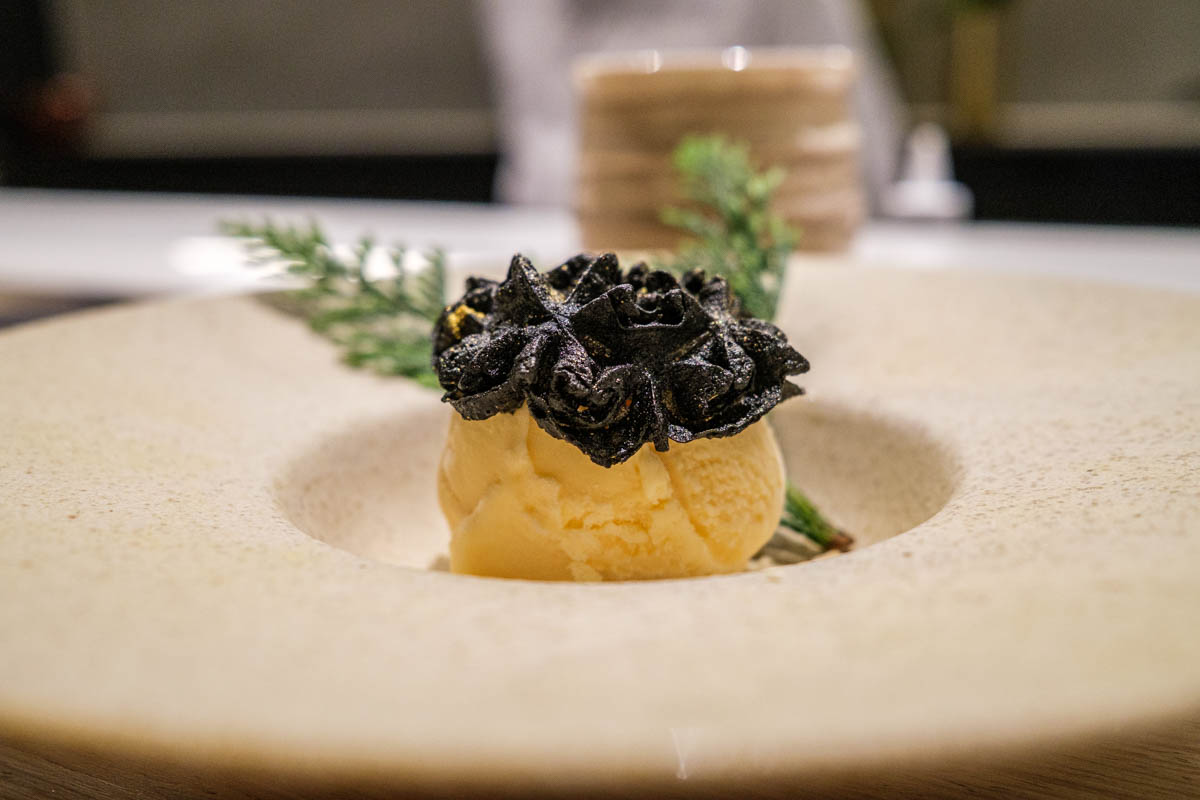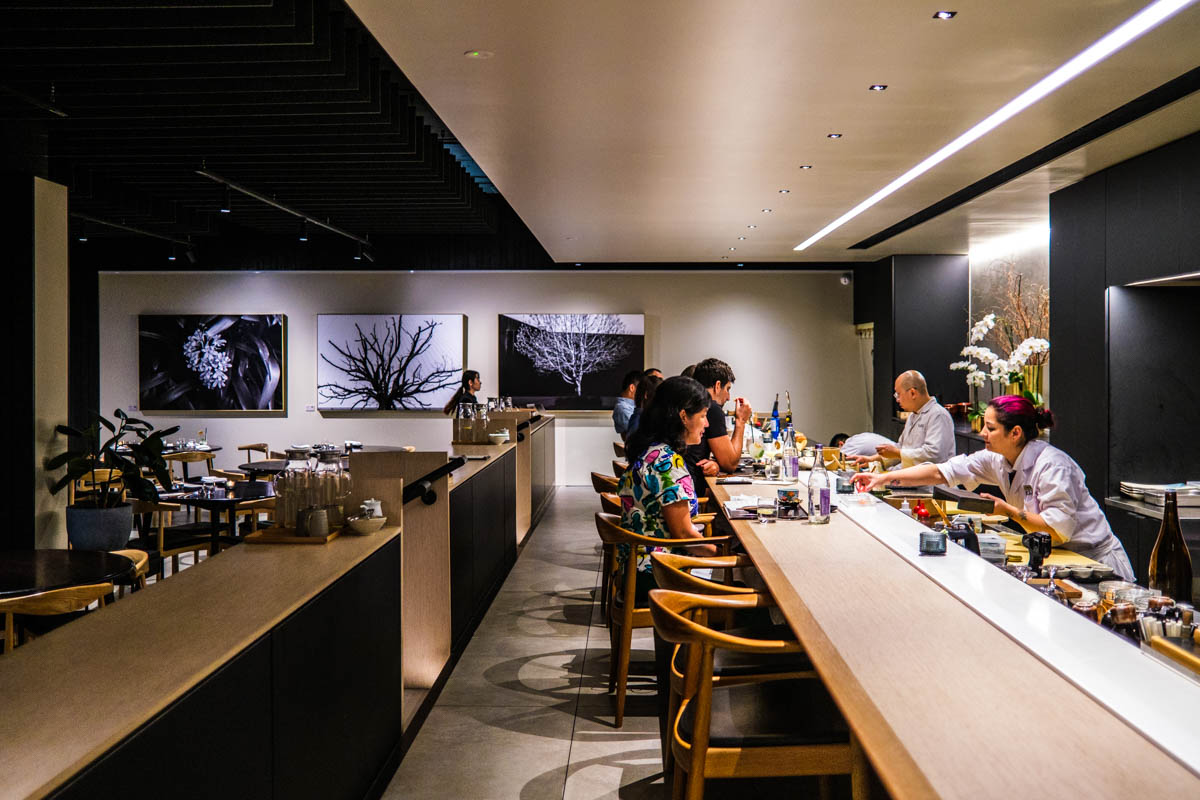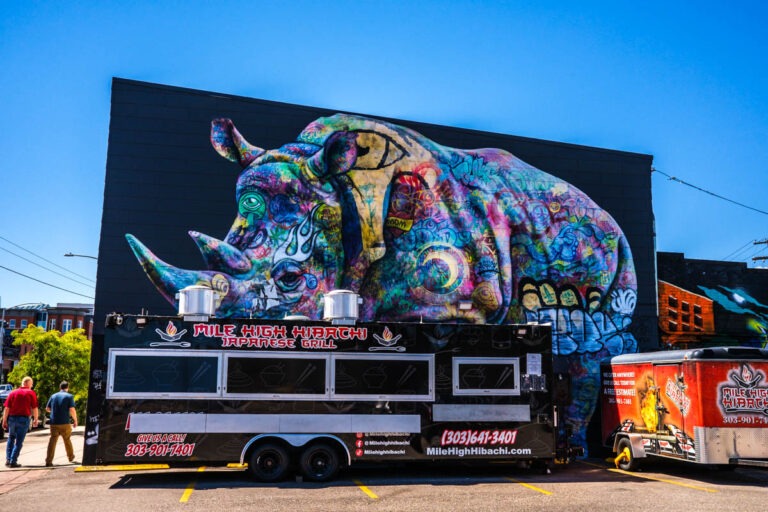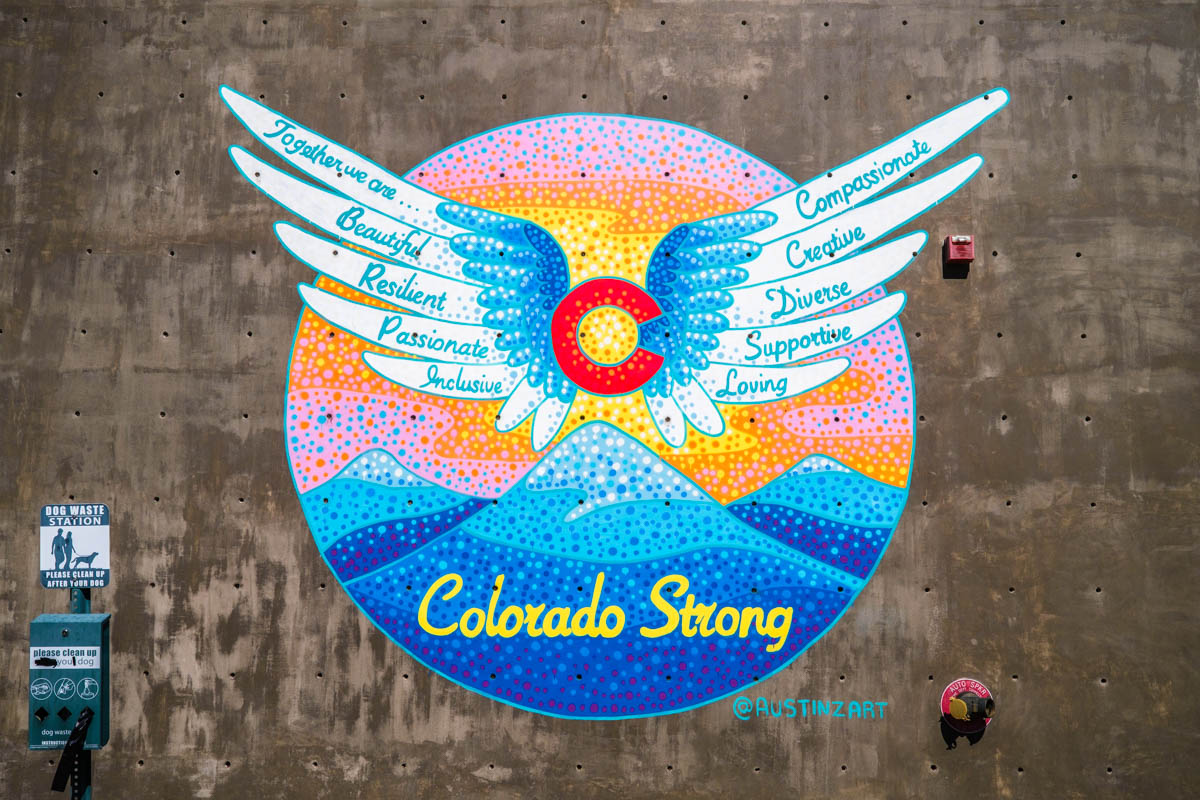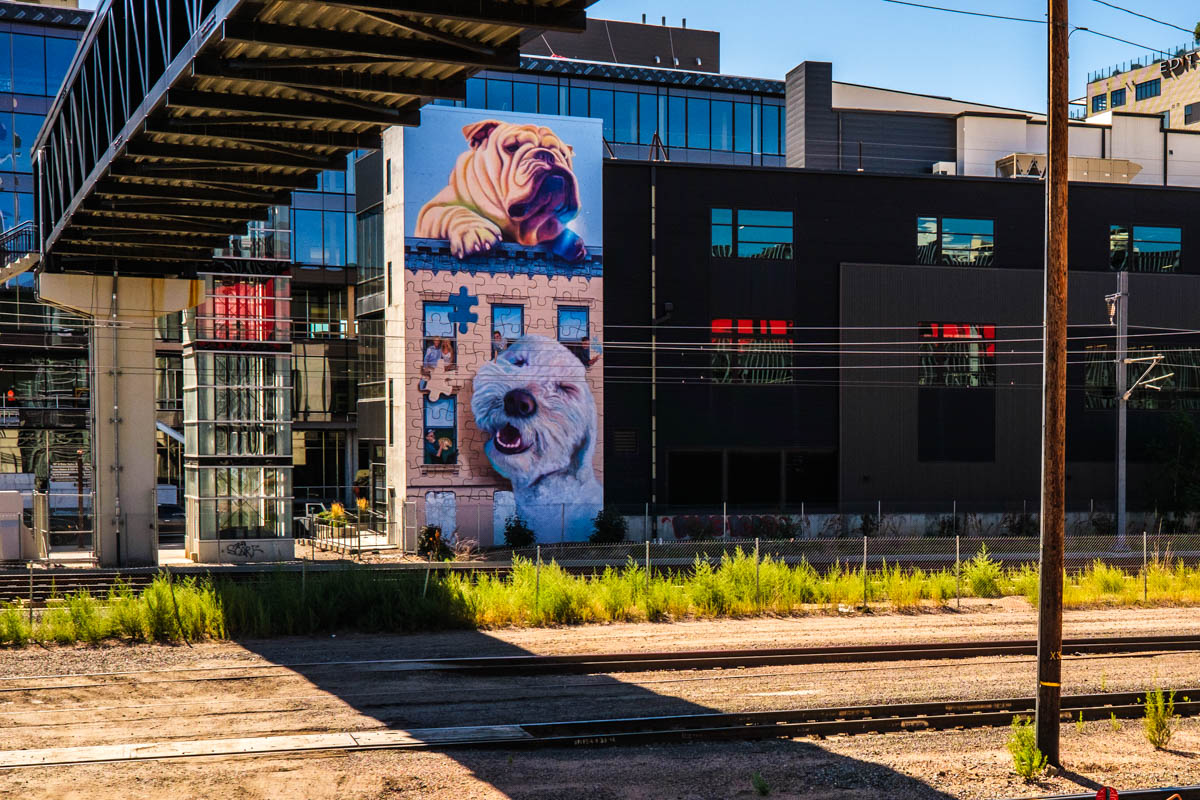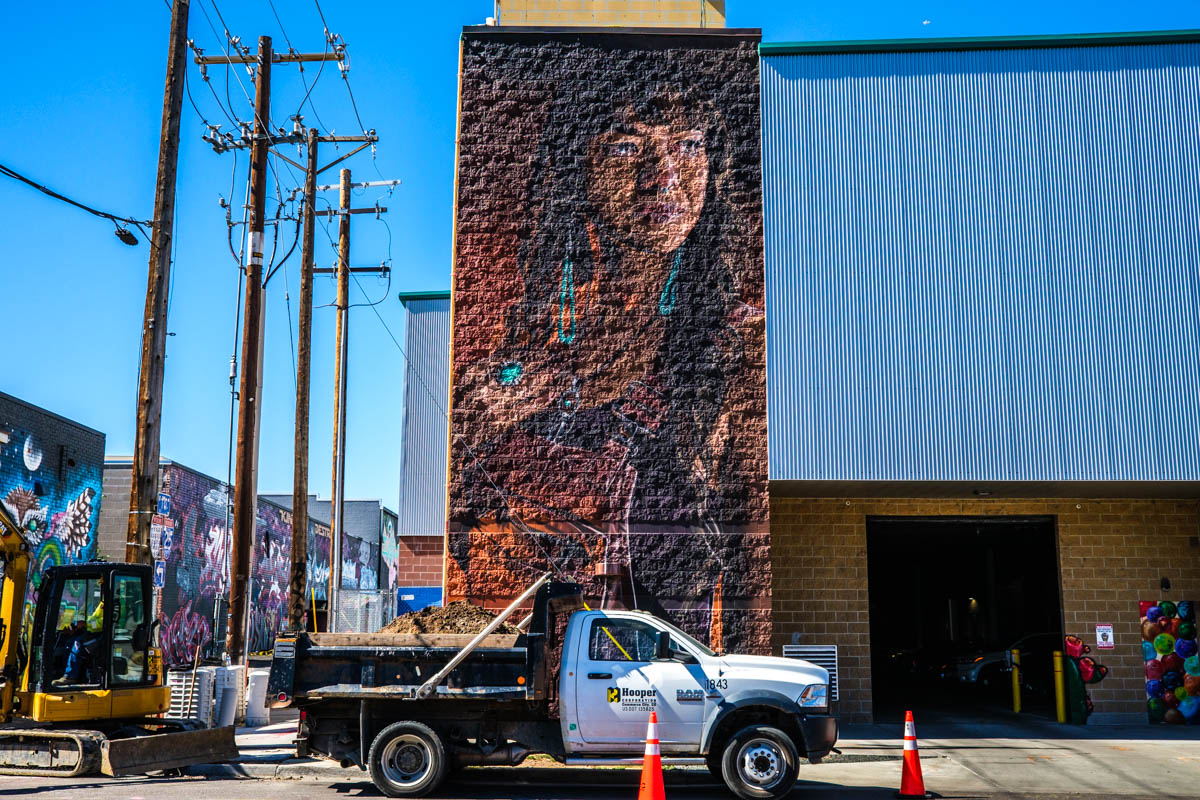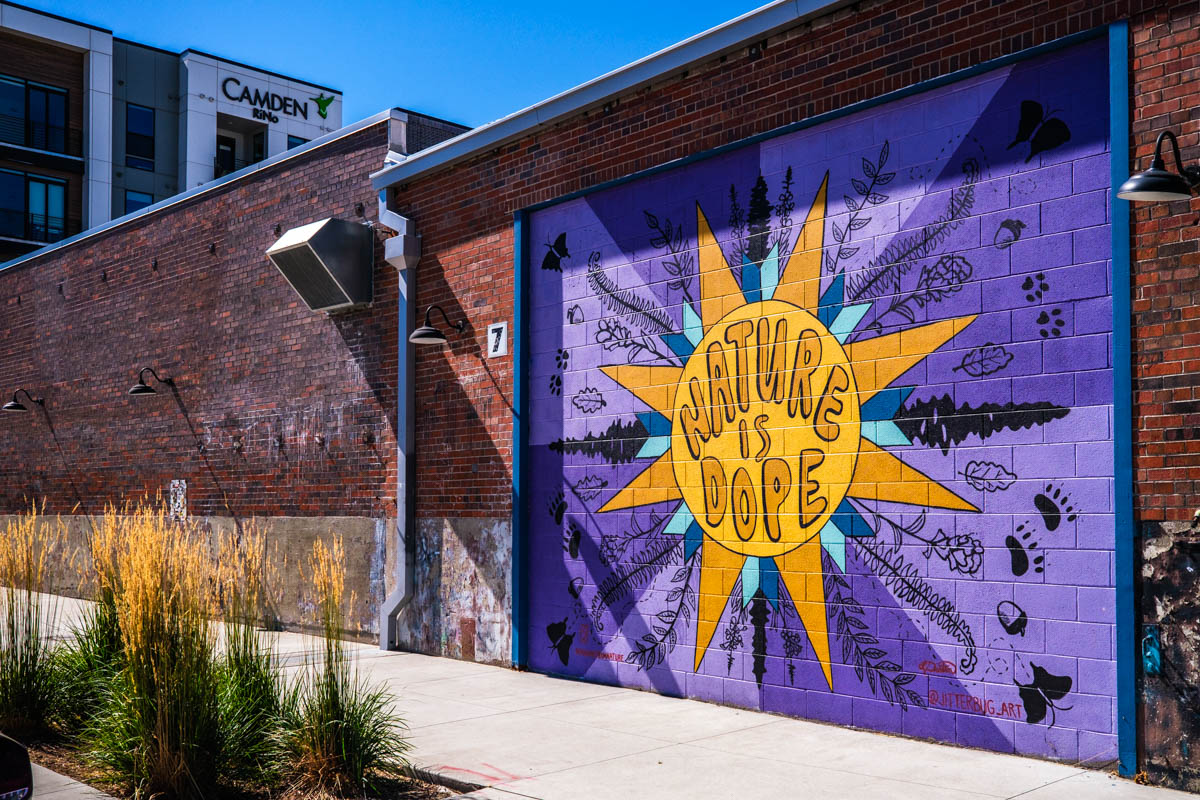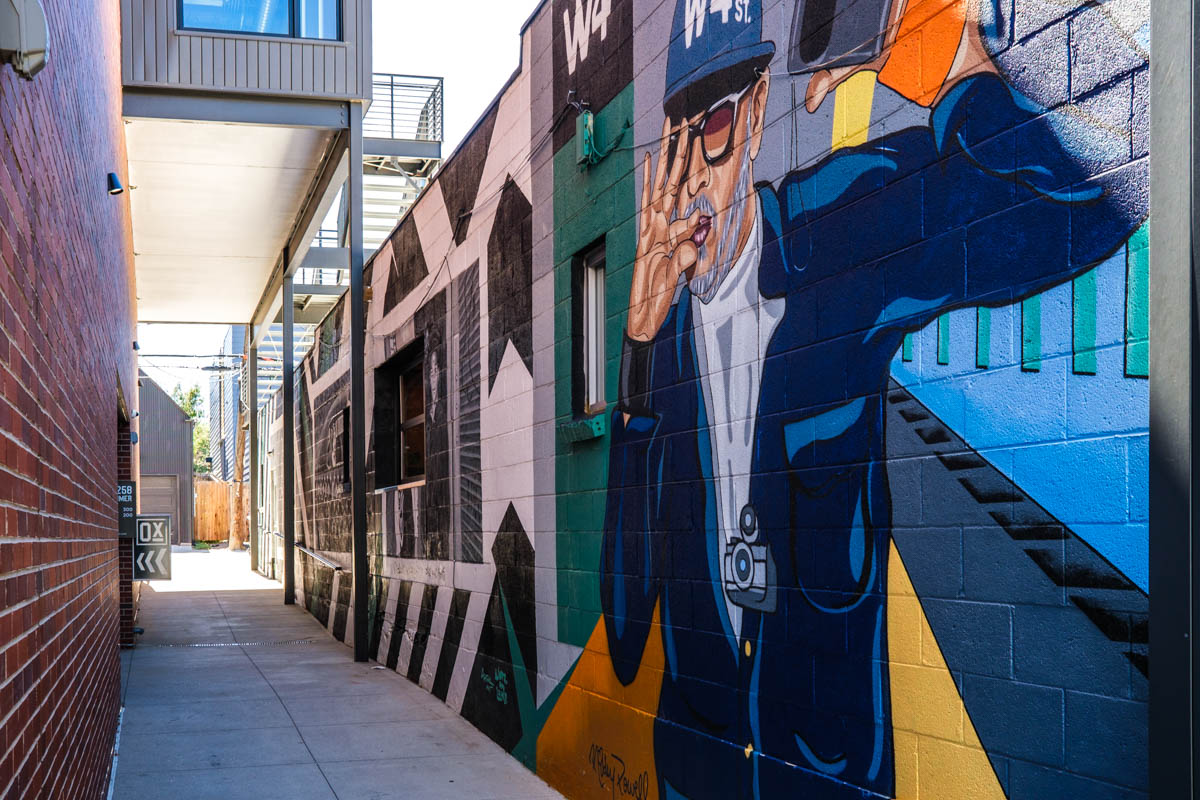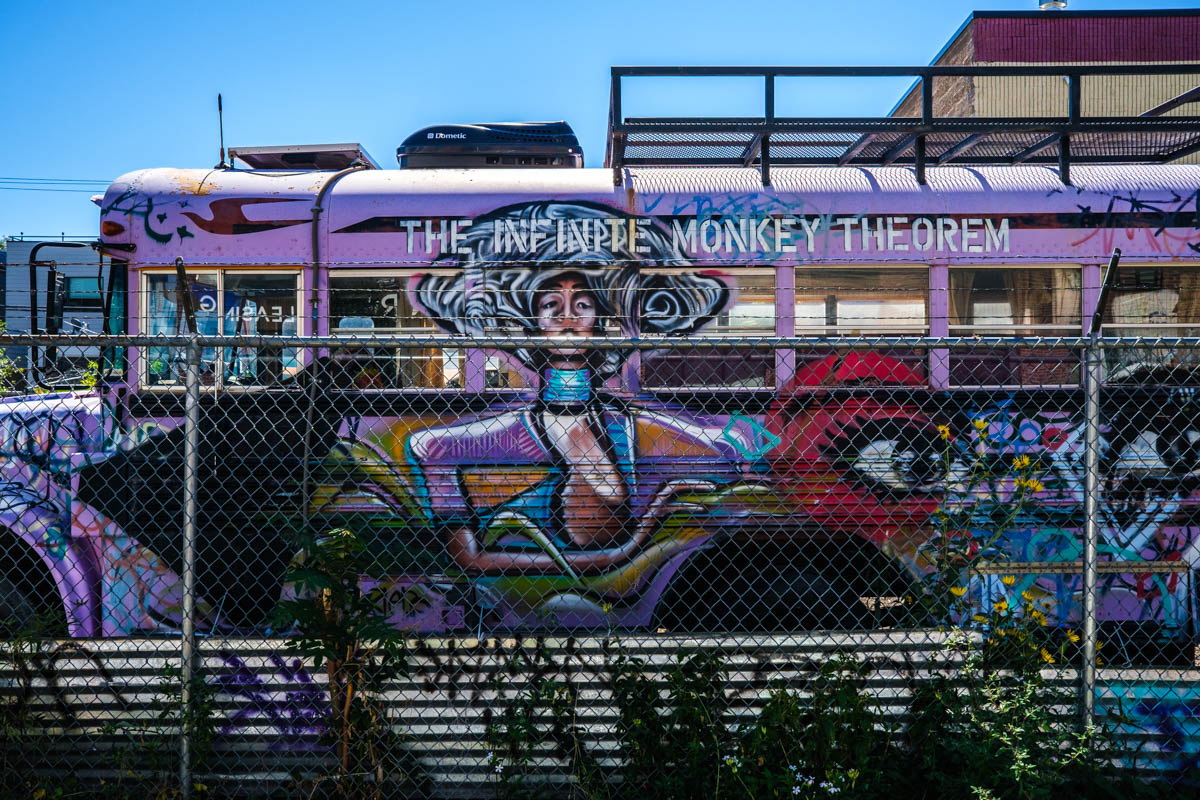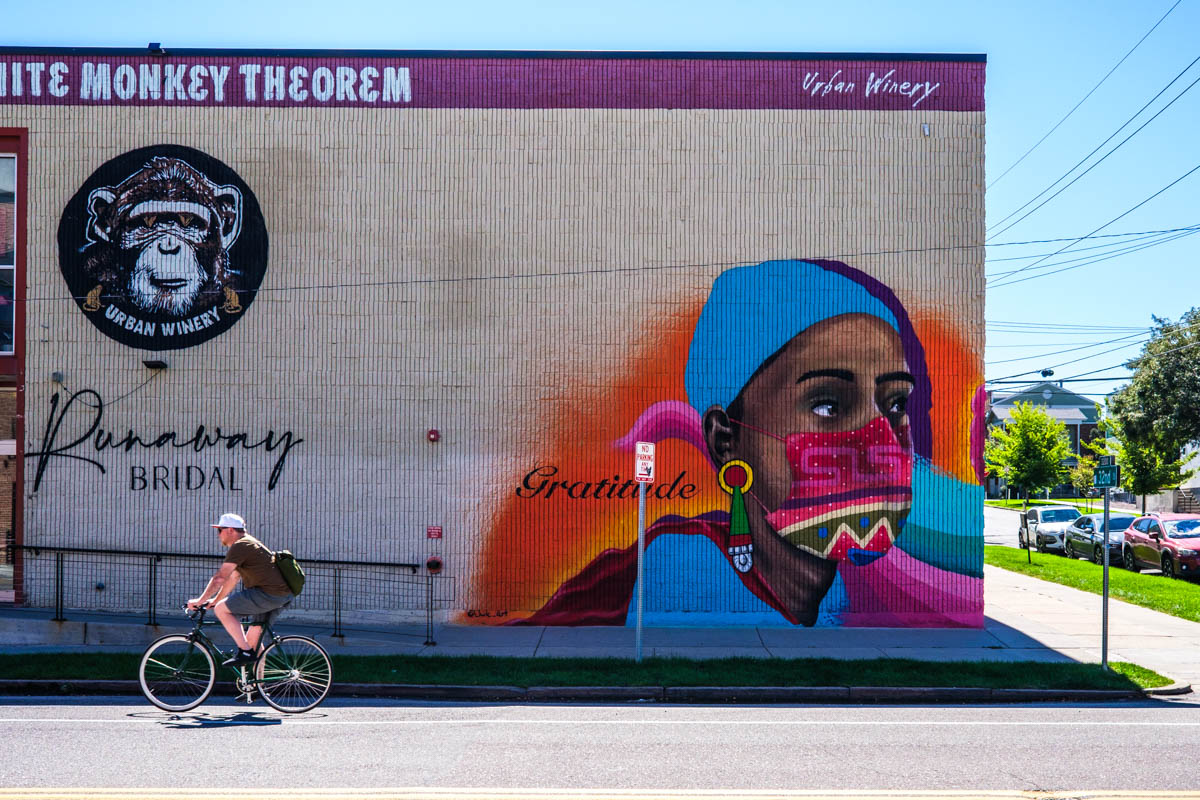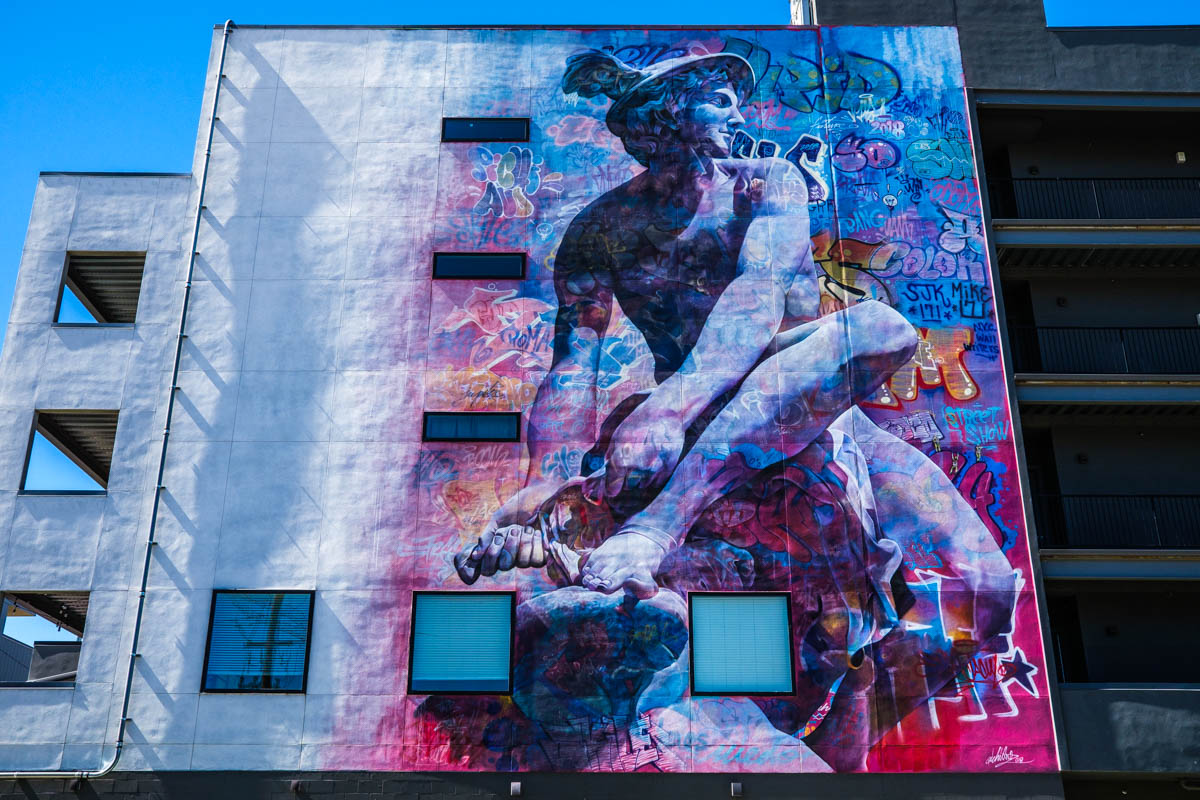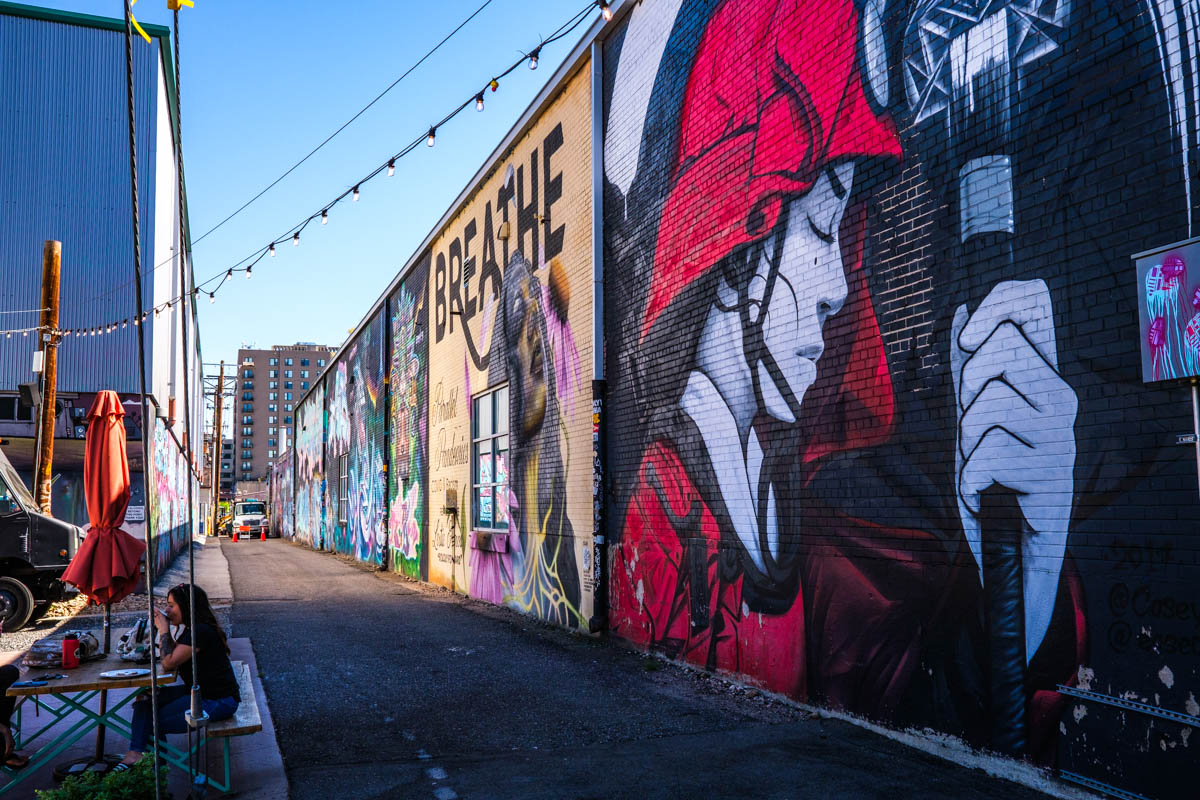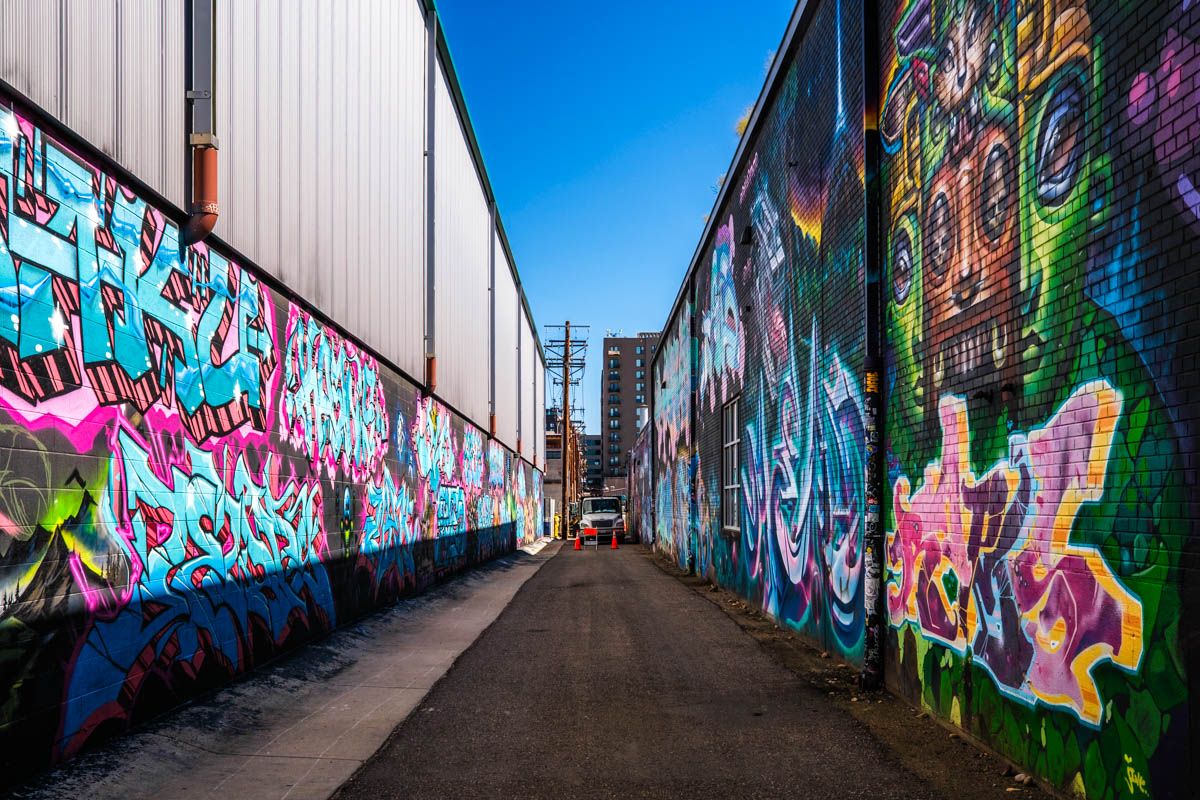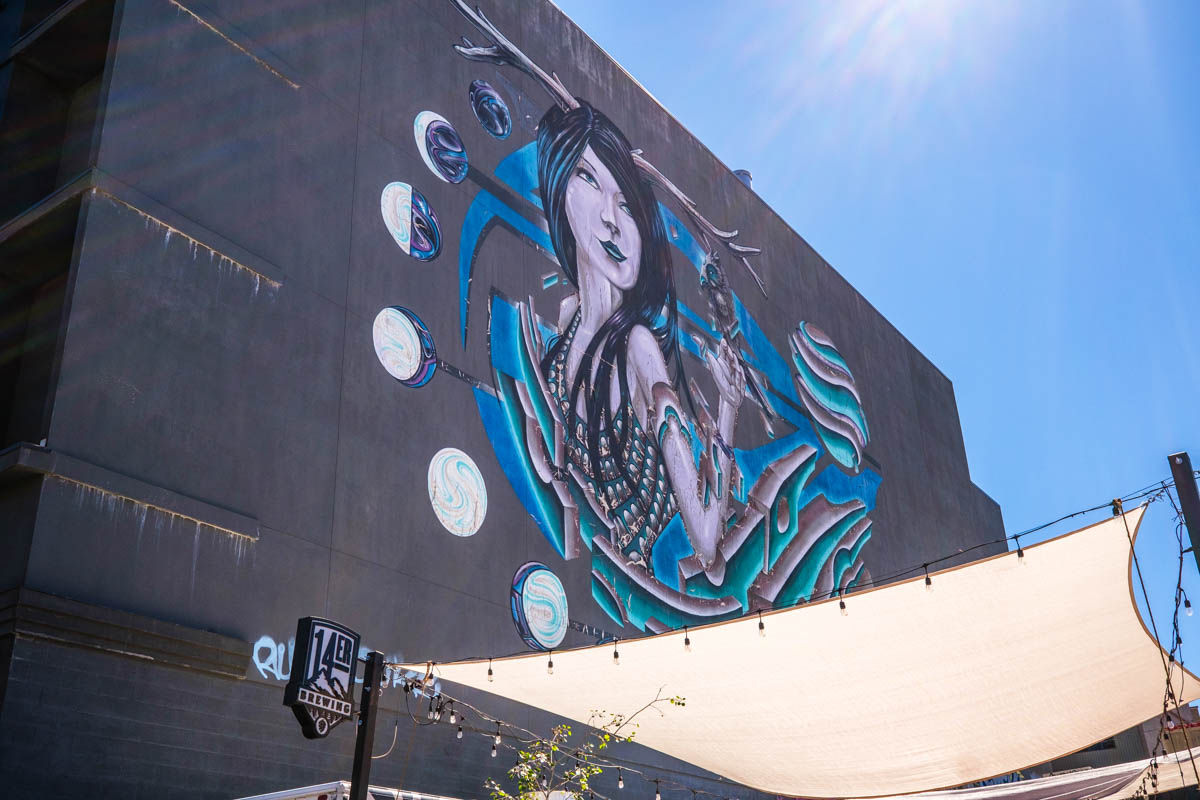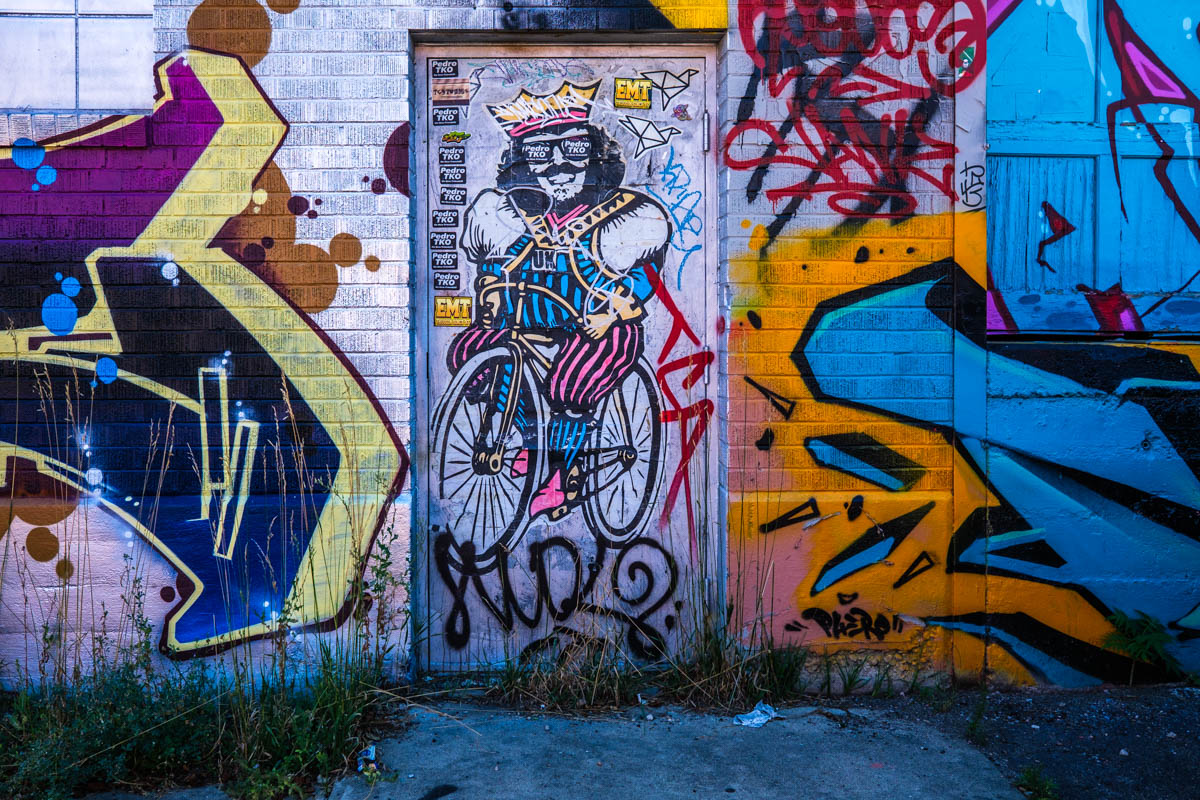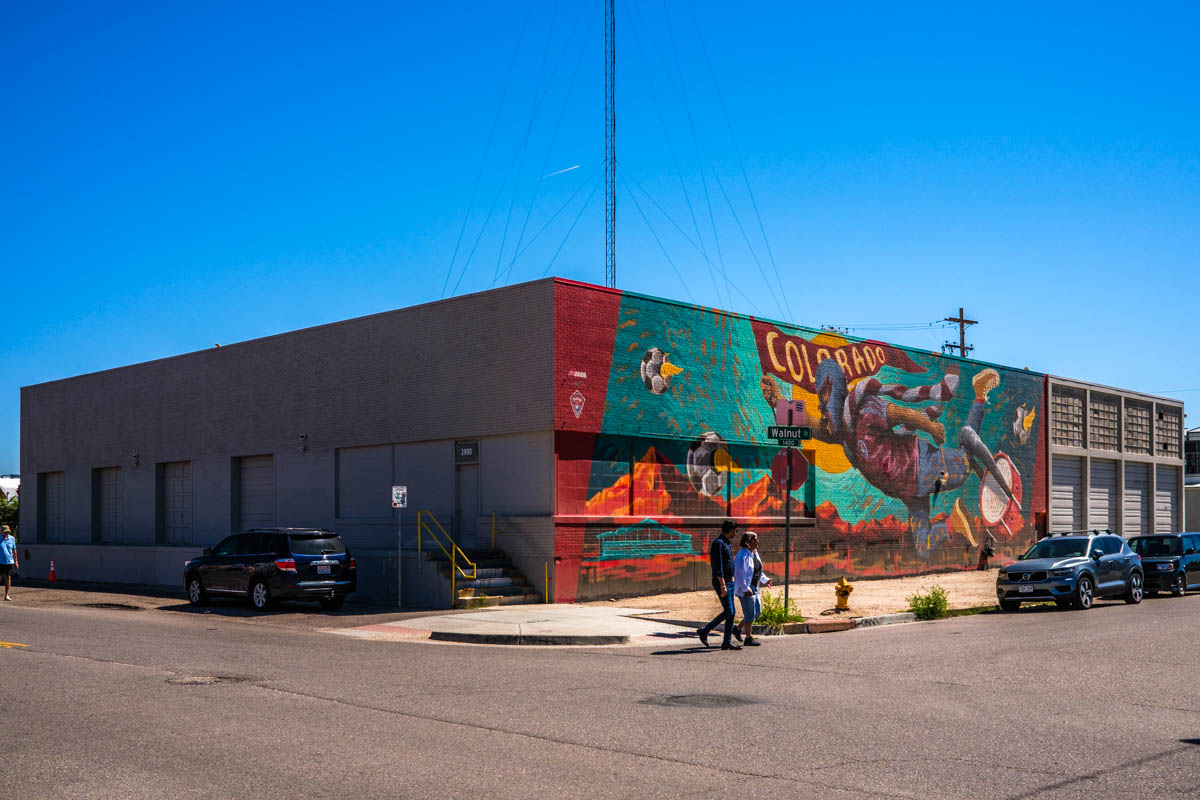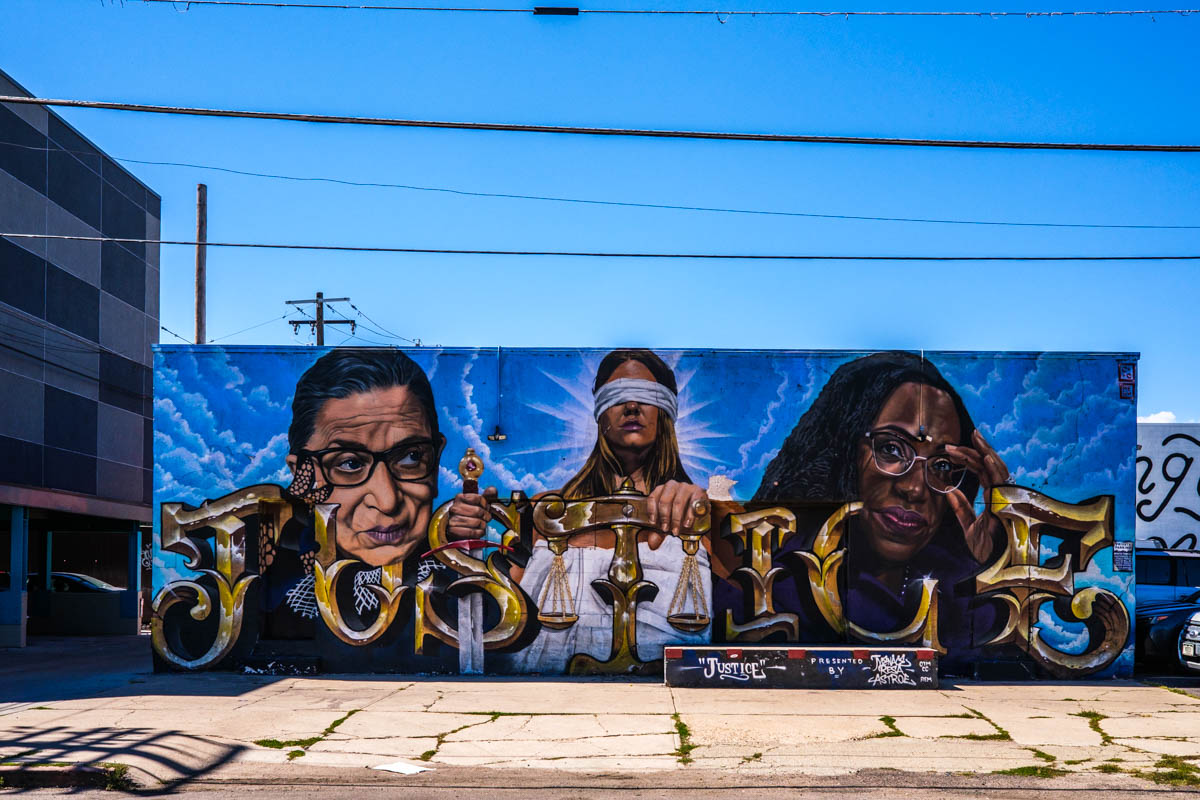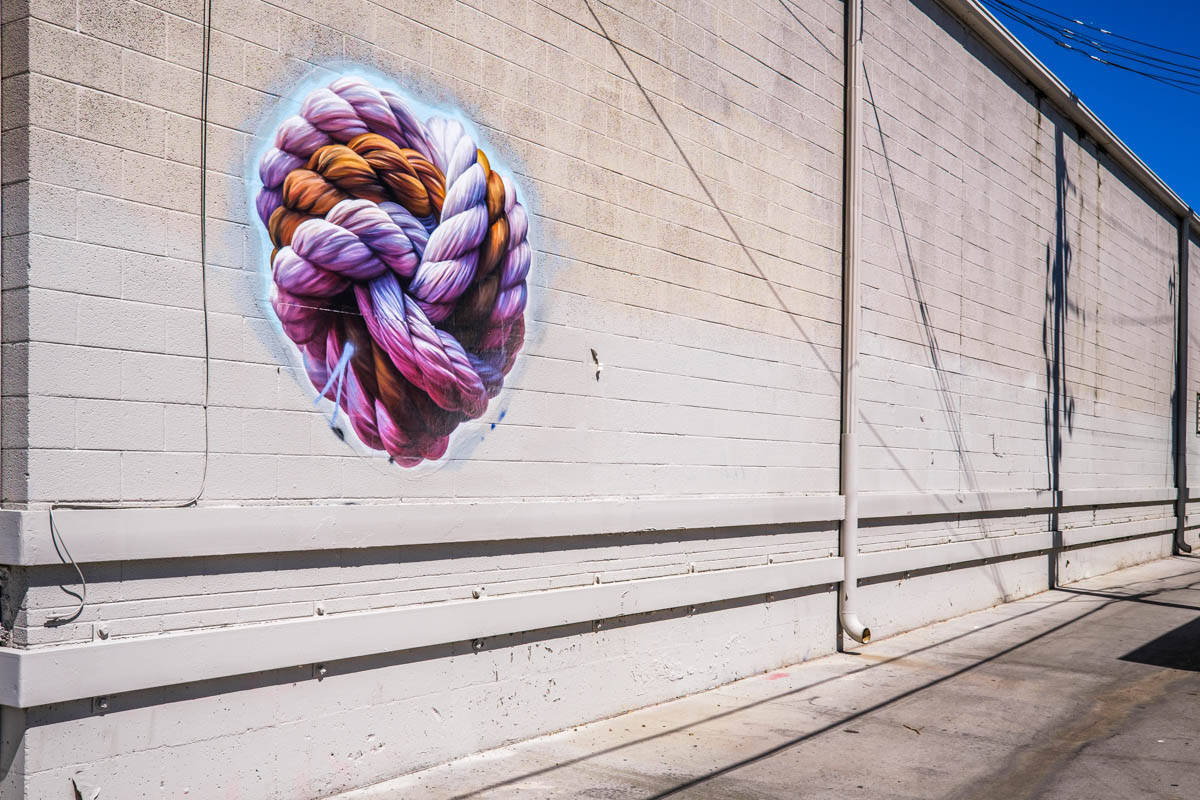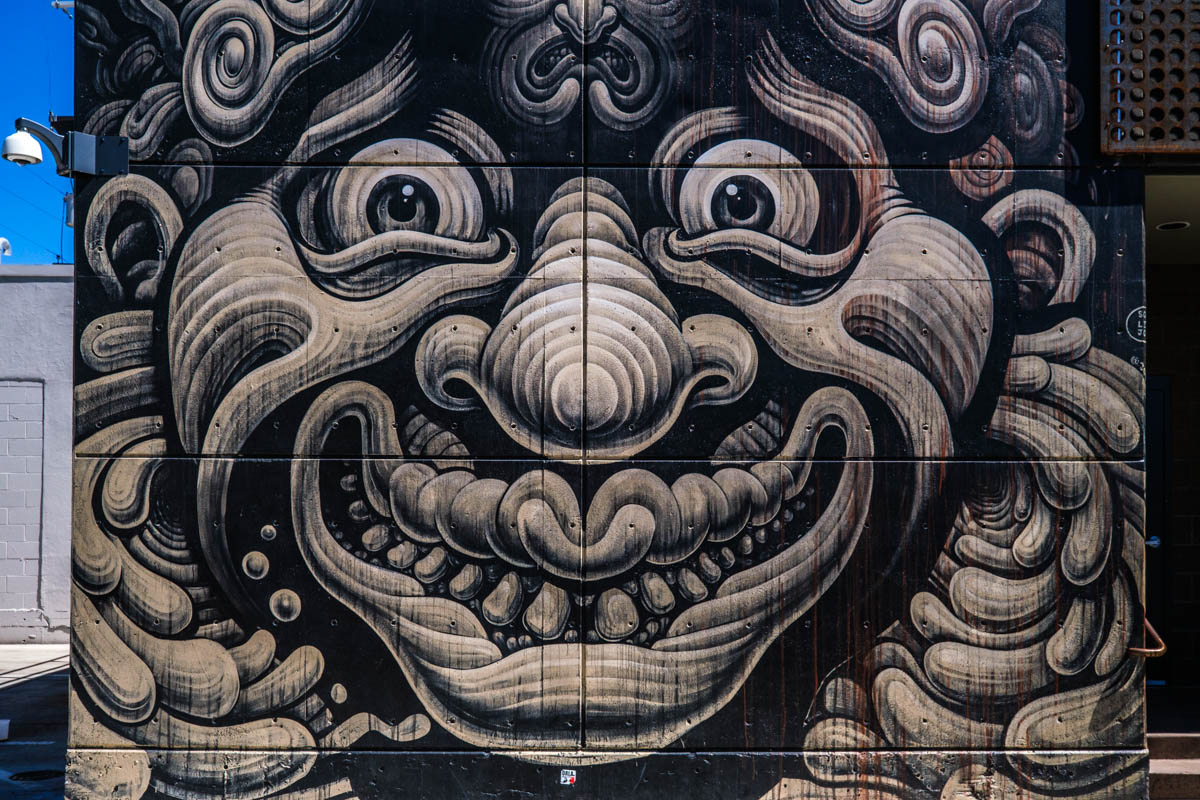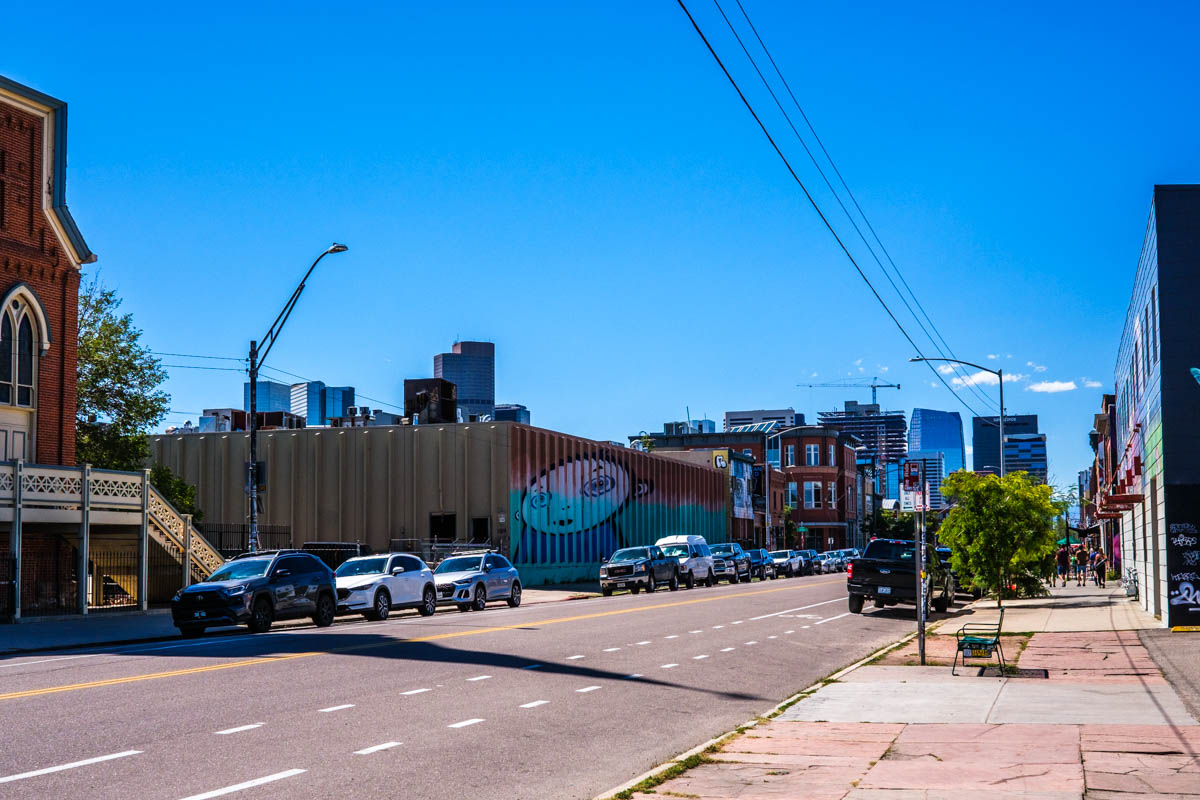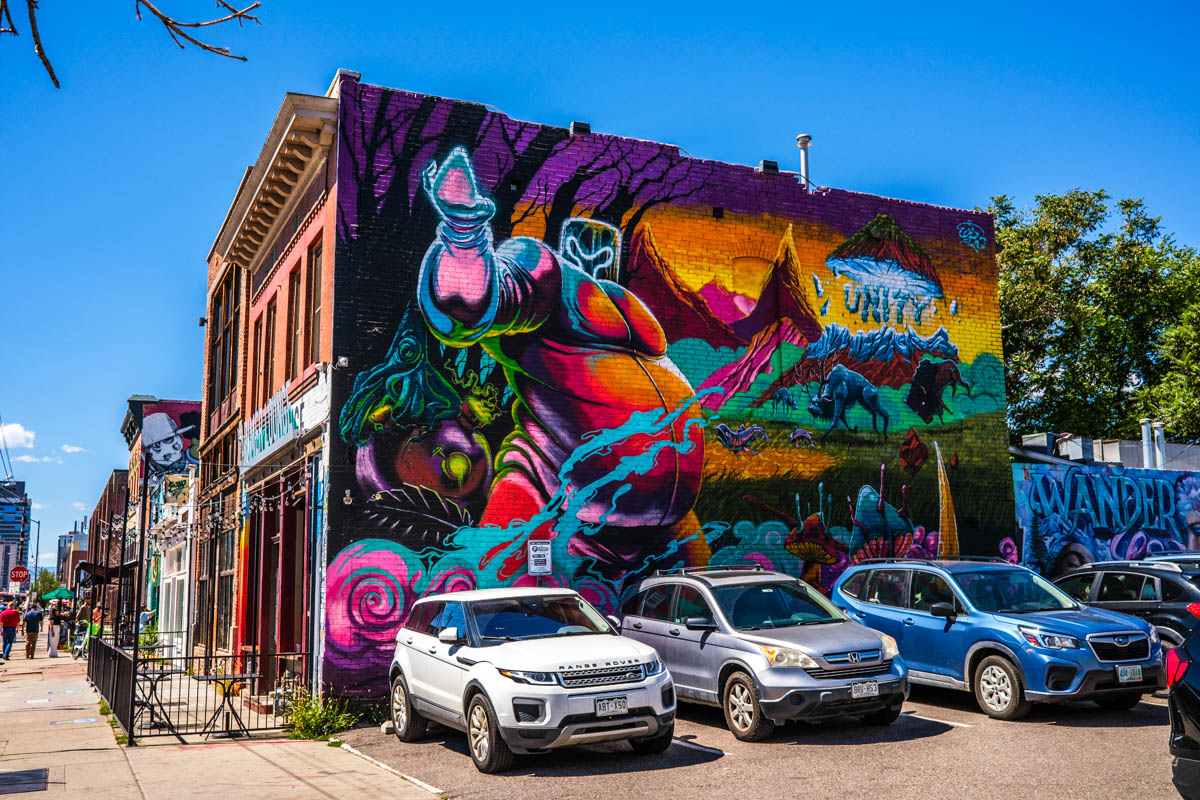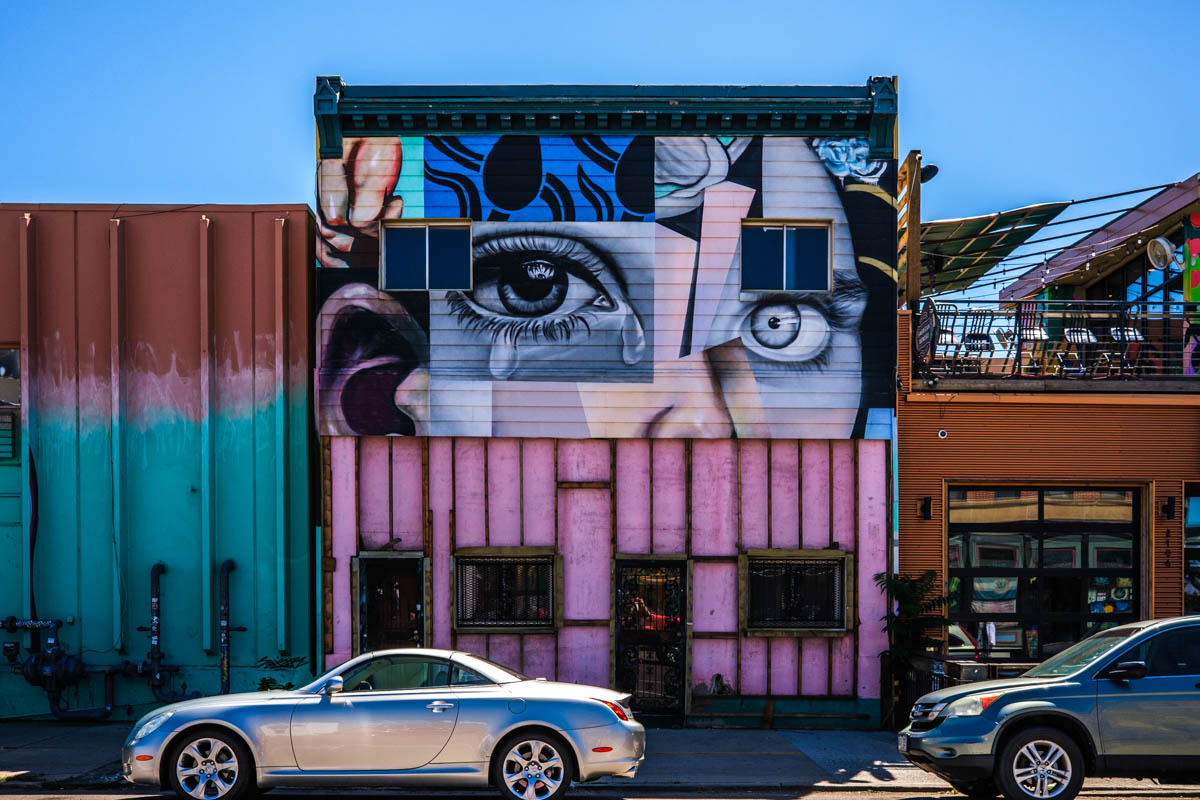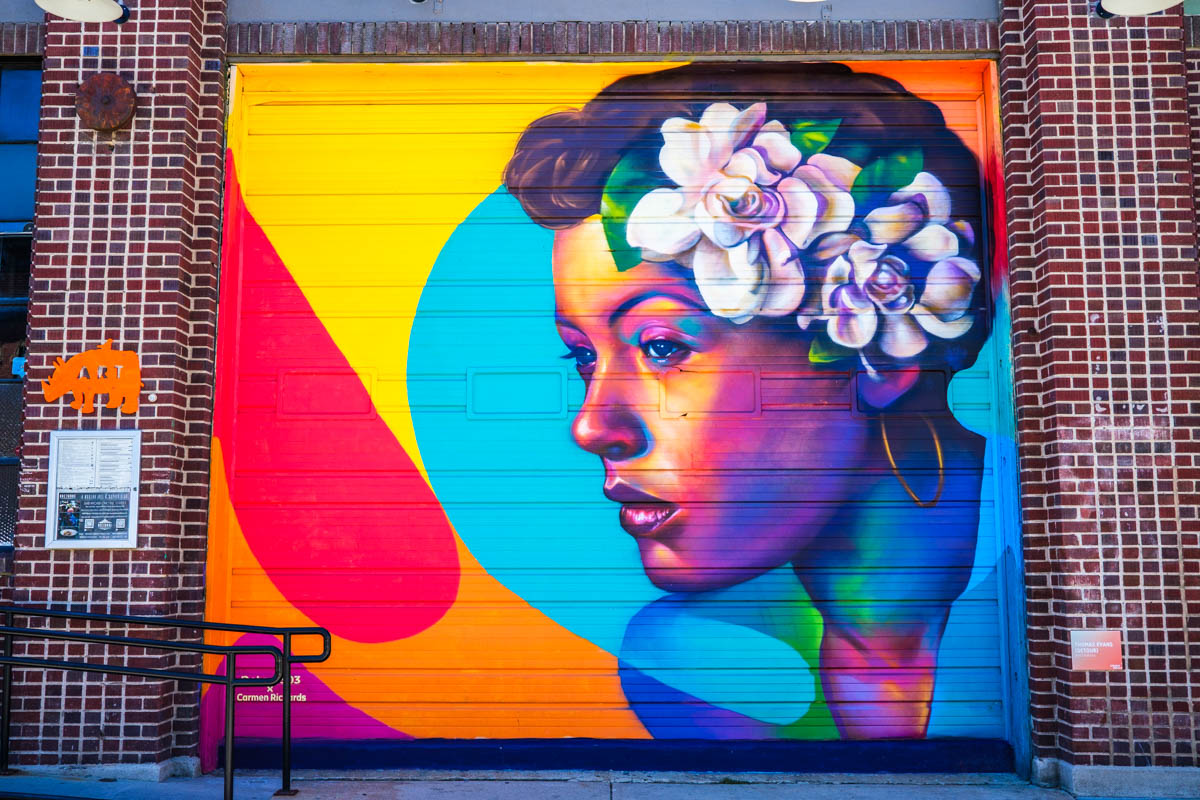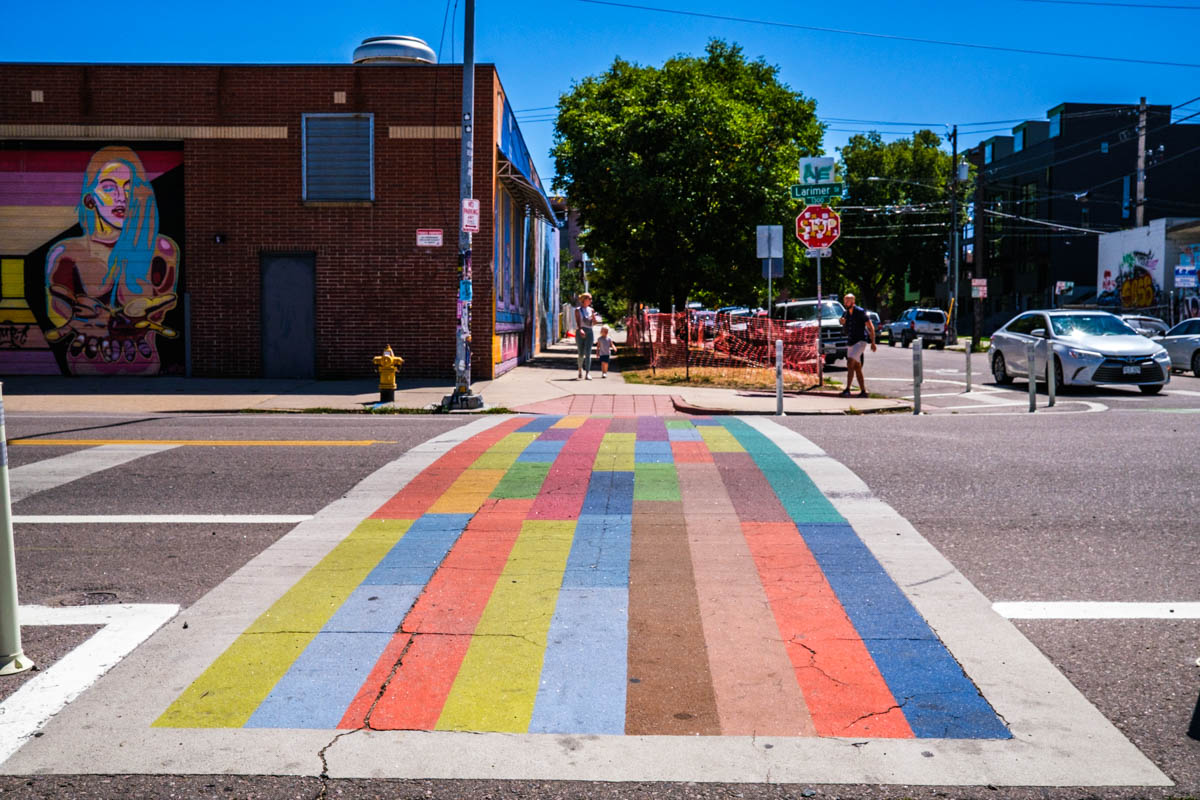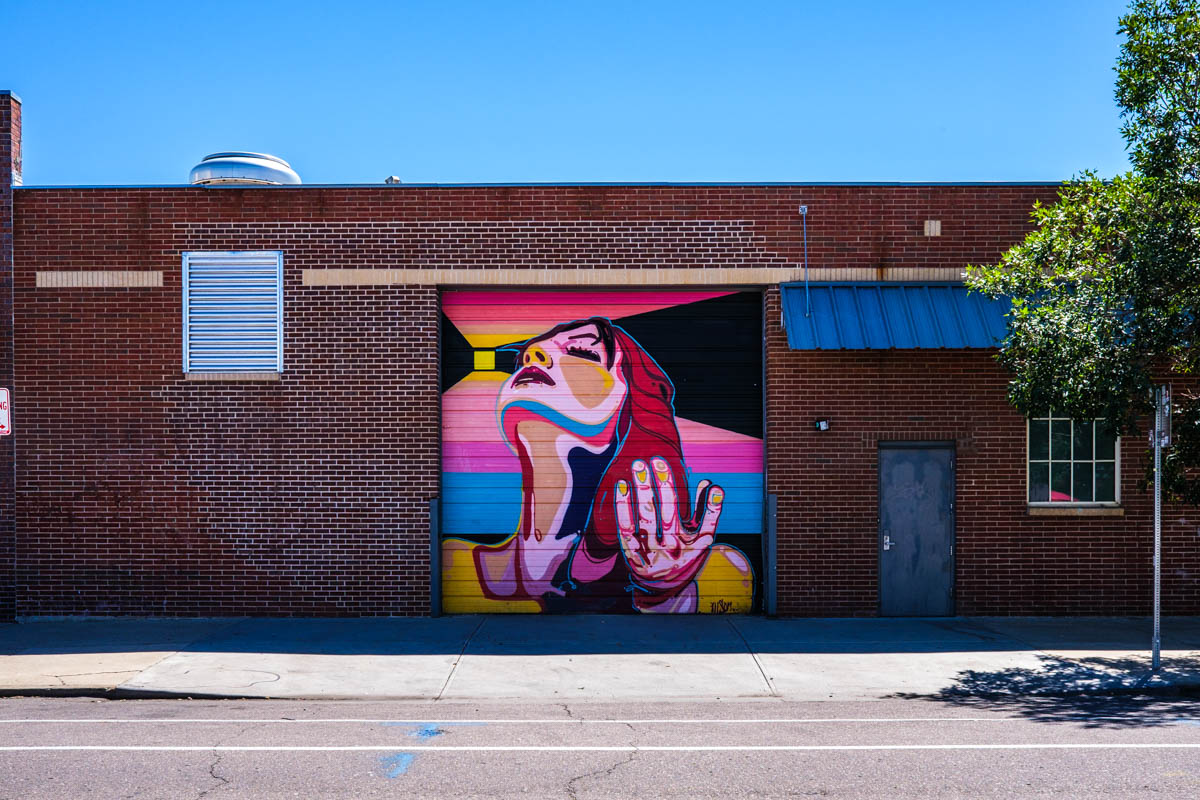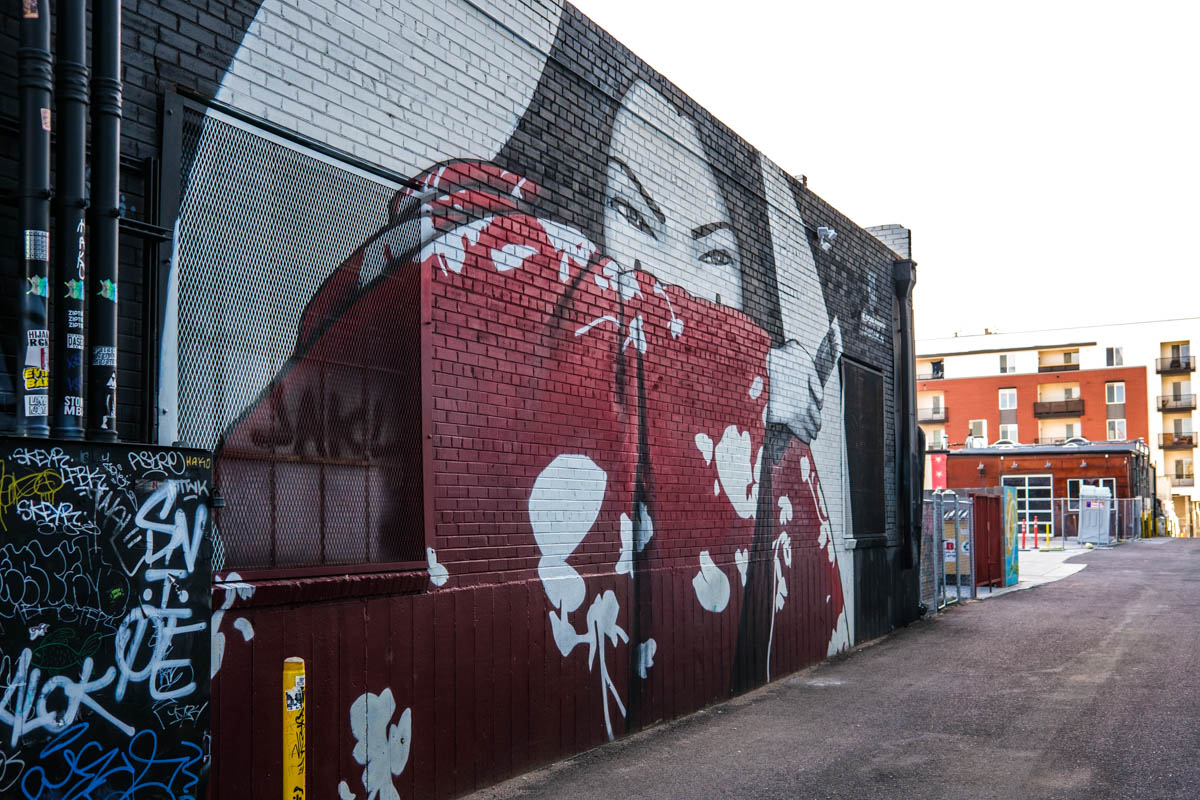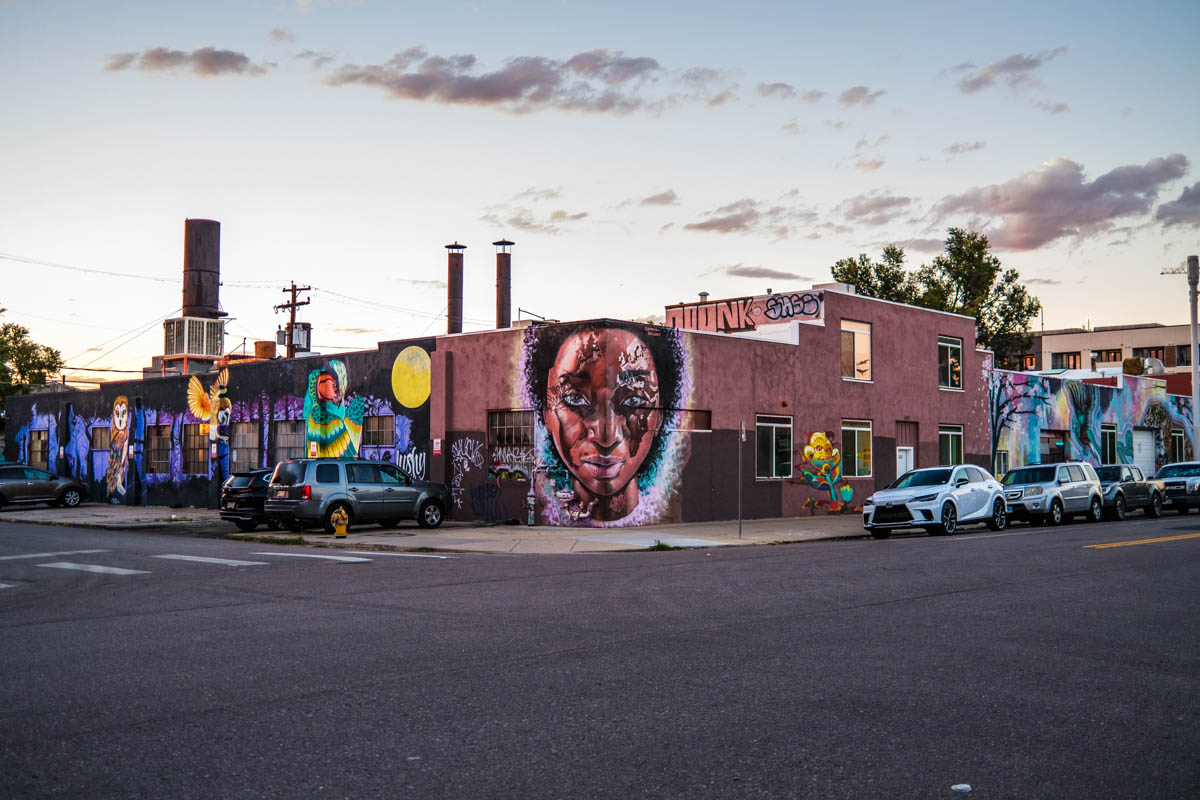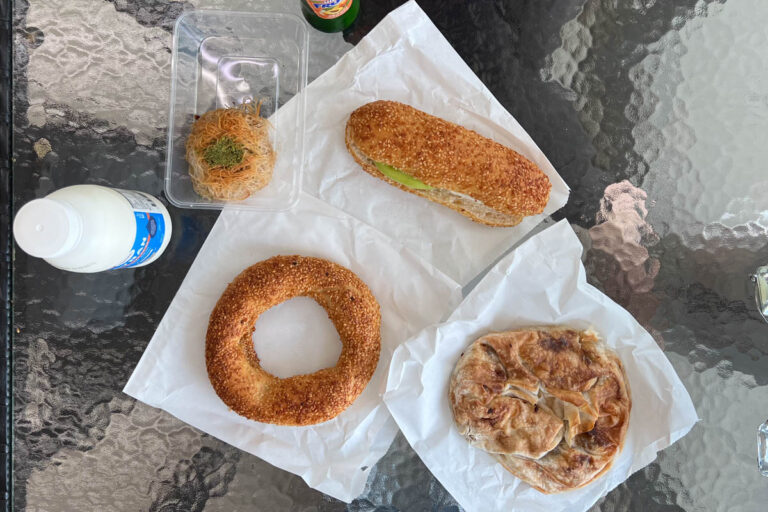SANTA FE | Founded in 1610, Santa Fe is not only the oldest city in New Mexico, it’s the oldest capital city in the United States. The area’s history extends much further back than this however. Pueblo Native Americans established villages as late as 1150, and their influence is still felt in the city today.
Santa Fe is one of the great ‘art cities’ of the US. It’s home to numerous artists, galleries, and art installations, with an arts scene that’s constantly evolving. The city has its own unique style of architecture, and its own delicious cuisine.
Combine all of this with great weather year-round, and you’ve got a great destination for a weekend getaway. In alphabetical order, here’s my list of the best things to do in Santa Fe.
Be Amazed By Downtown’s Unique Architecture
Walk through central Santa Fe, and you’re surrounded by buildings that are uniquely of their place. There’s two main styles that dominate. Spanish Pueblo and Territorial, and the revival of these styles.
These unique, adobe structures are instantly recognisable for their soft, rounded corners and exposed wooden support beams. Built through the 16th, 17th, and into the 18th century, these structures were inspired by traditional Pueblo adobe homes, but incorporated modern Spanish construction techniques, and Spanish architectural influences.
Check out my article, The Unique ‘Frozen In Time’ Architecture Of Santa Fe, for a more in depth look at the topic, and more photos.
Check Out The Petroglyphs
Located just outside the city, the La Cieneguilla Petroglyphs are a must see when visiting Santa Fe. Hundreds of petroglyphs (native rock art), created by Keresan-speaking Puebloan people living in the area between the 13th and 17th centuries, can be found here. You’ll find representations of things like birds, deer, hunters, and early Native flute players.
Eat New Mexican Food
New Mexican cuisine originated in Santa Fe de Nuevo México, a province of the Spanish empire, later a part of Mexico, and today part of the US states of Colorado, Kansas, New Mexico, Oklahoma, and Texas. New Mexican food has much in common with Mexican food, but is a distinct cuisine it its own right.
It’s a cuisine that’s been influenced by the culinary history of the region’s native Pueblo inhabitants (in particular the the Apache and Navajo tribes), and New Mexican spices, herbs, flavours, and vegetables. In particular, red and green New Mexico chile peppers, anise, and piñon (pine nuts).
In Santa Fe, you can find small family-run spots like El Chile Toreado, serving up traditional New Mexican food, as well as new restaurants, like Paloma, putting a contemporary spin on things.
For a more detailed look at the food of New Mexico, and places to find it not just in Santa Fe, but in the wider region, check out my article, Discovering New Mexican Food: Places To Try.
Explore The Great Outdoors
Santa Fe’s climate is characterised by cool, dry winters, hot summers, and little rain. This makes it a great option for outdoor activities no matter the time of year. Riding the rapids of the Rio Grande and going for a hike in the Santa Fe Ski Basin are both great options.
It’s a high altitude place, so even more so than usual be sure to remember your hat and sunscreen.
Go To Market
The Santa Fe Farmers’ Market hosts up to 130 local farmers from across New Mexico. Operating every Saturday year ’round, and on Tuesdays too between May and December, visit for a wide variety of local produce, artisan products, and delicious breakfast and lunch eats.
For lovers of arts and crafts, check out the Railyard Artisan Market. Operating every Sunday, it’s one the best places in Santa Fe to purchase arts and crafts directly from local artists.
Have A Multisensory Experience
Underground Art Collective Meow Wolf might be well known for their large scale experiences in cities like Las Vegas and Denver, but it all started in Santa Fe in 2008. House of Eternal Return is their all-ages multisensory experience, where visitors explore a curious family home. It’s a dream-like place, a self described “expression of punk subversion and magical humanness”. Most importantly, it’s a whole lot of fun.
See A Movie Or A Show
Santa Fe’s Jean Cocteau Cinema was opened by four movie-goers as “The Collective Fantasy”, in 1976. In 1983, it was purchased by a new owner, who remodelled it and renamed it “The Jean Cocteau” (for the famed French novelist and filmmaker).
By 2006, the theatre had fallen into disrepair and closed down. It remained closed until Santa Fe local and Game of Thrones author George RR Martin purchased it in 2013. The reborn theatre screens a mix of new and classic independent films, comedy, live music, and drag shows. There’s a bar and a popcorn machine which makes, according to Martin, “the best popcorn in town”.
Visit An Art Gallery
As I mentioned earlier, Santa Fe is one of the great ‘art cities’ of the US. With over 250 art galleries, there’s something for lovers of all kinds of art. Be sure to visit the contemporary galleries and art spaces of the Railyard District, in particular SITE Santa Fe.
Canyon Road is another area worth visiting. It’s an 800 meter (half mile) stretch of over 100 traditional and contemporary art galleries, jewellery stores, clothing boutiques, home furnishings shops, artist studios, and restaurants. No matter what art niche you’re interested in, you’ll find somewhere dealing with it here.
Have you been to Santa Fe before? Is your favourite thing to do in Santa Fe on my list? Let me know!


